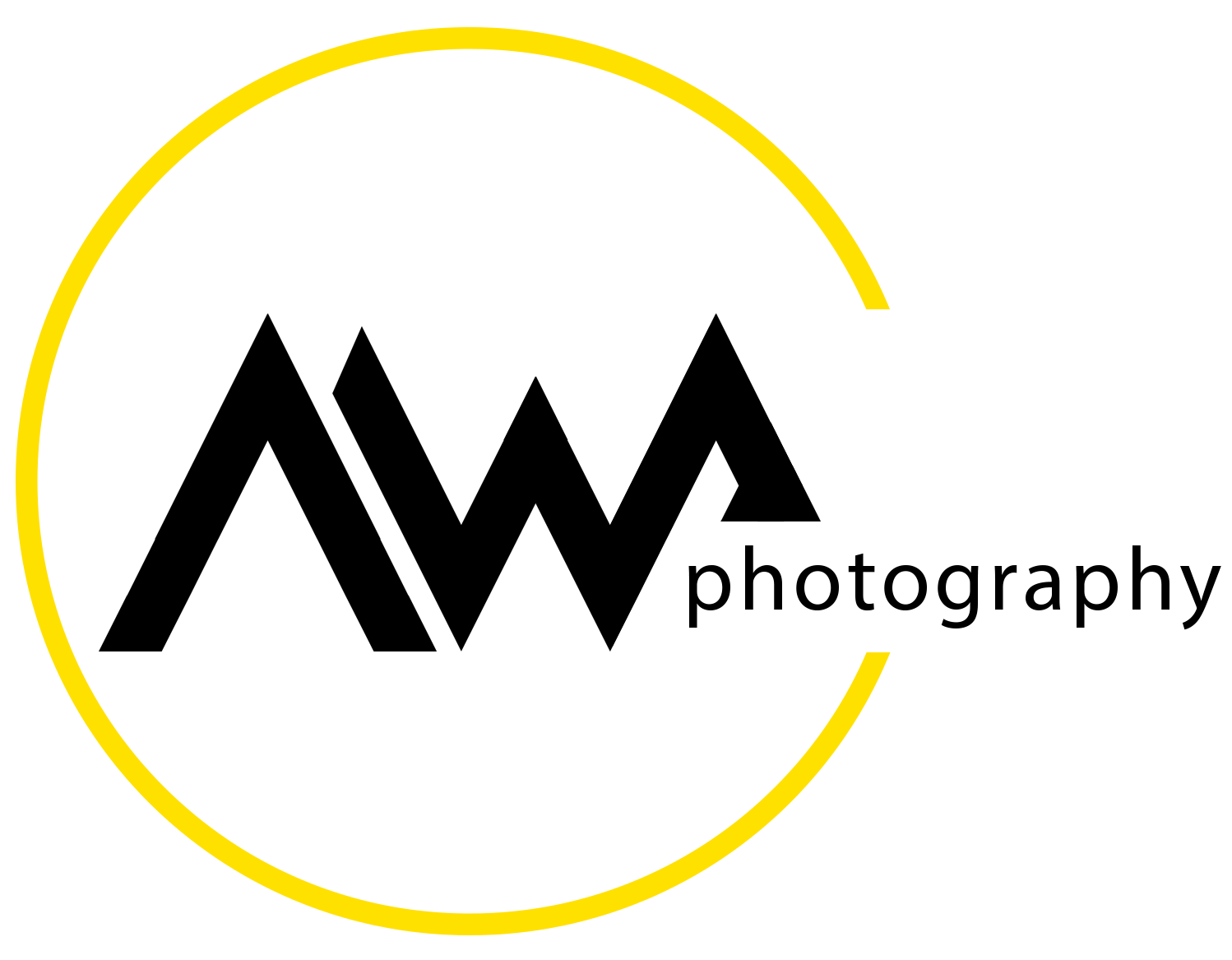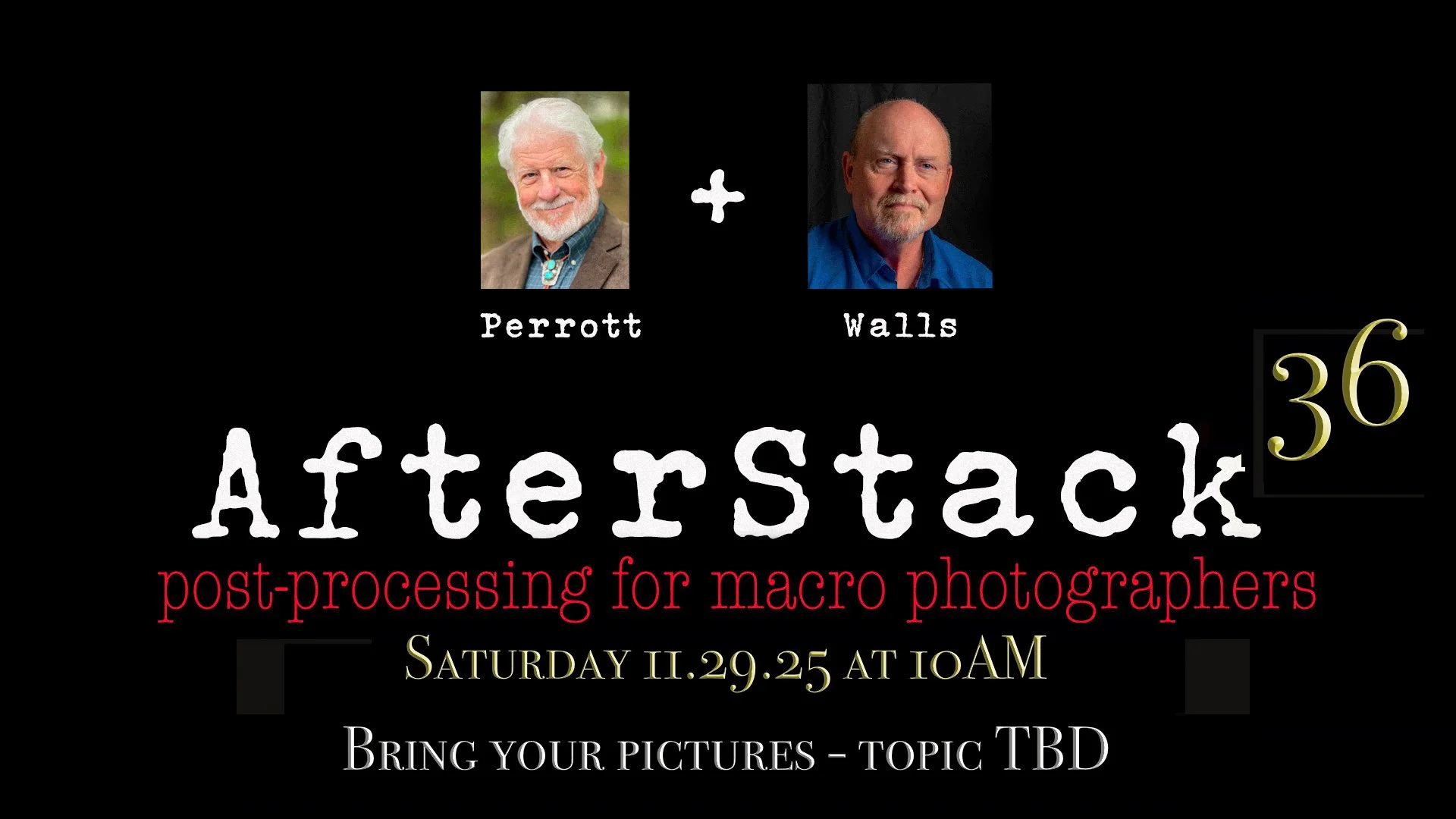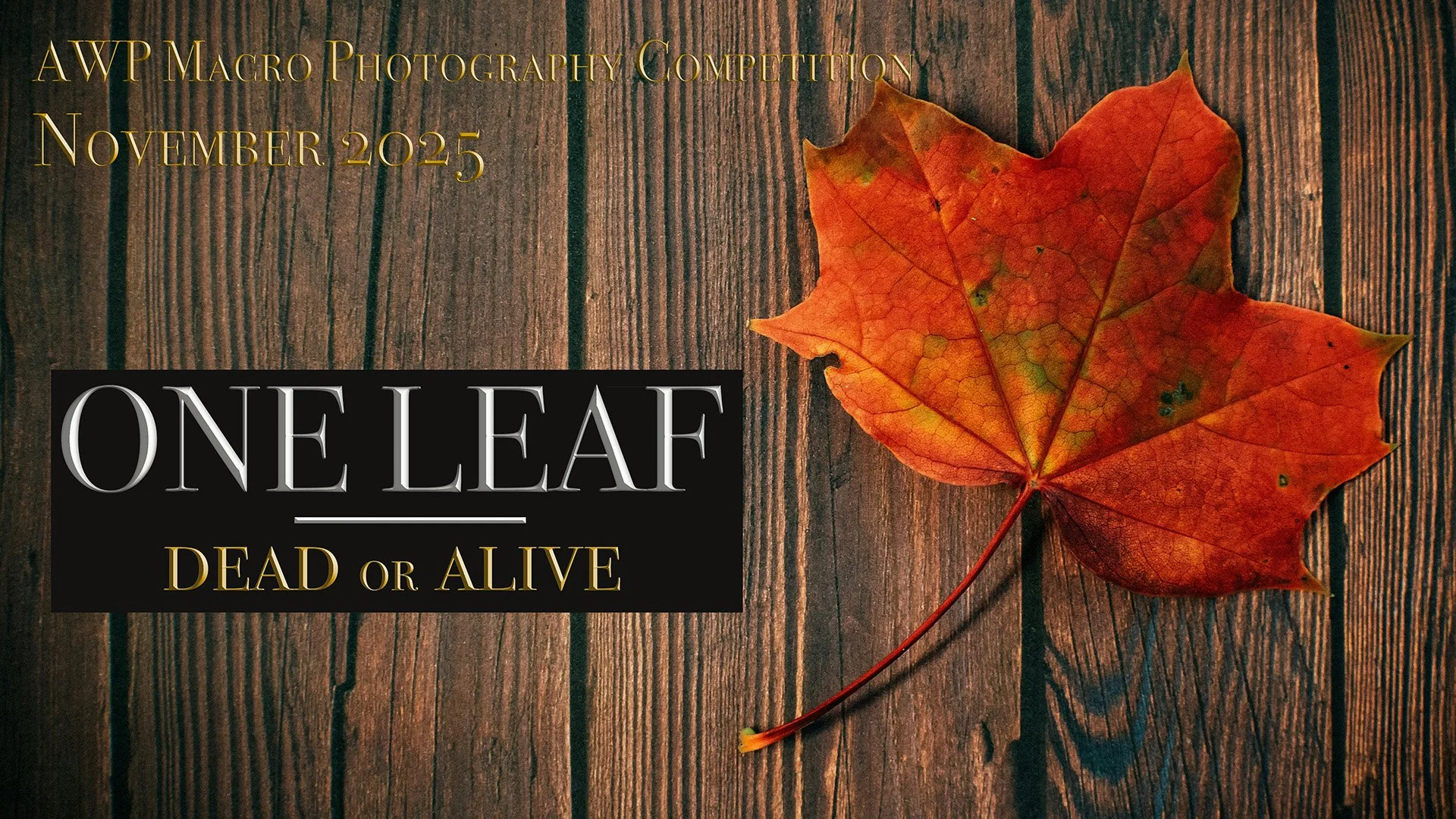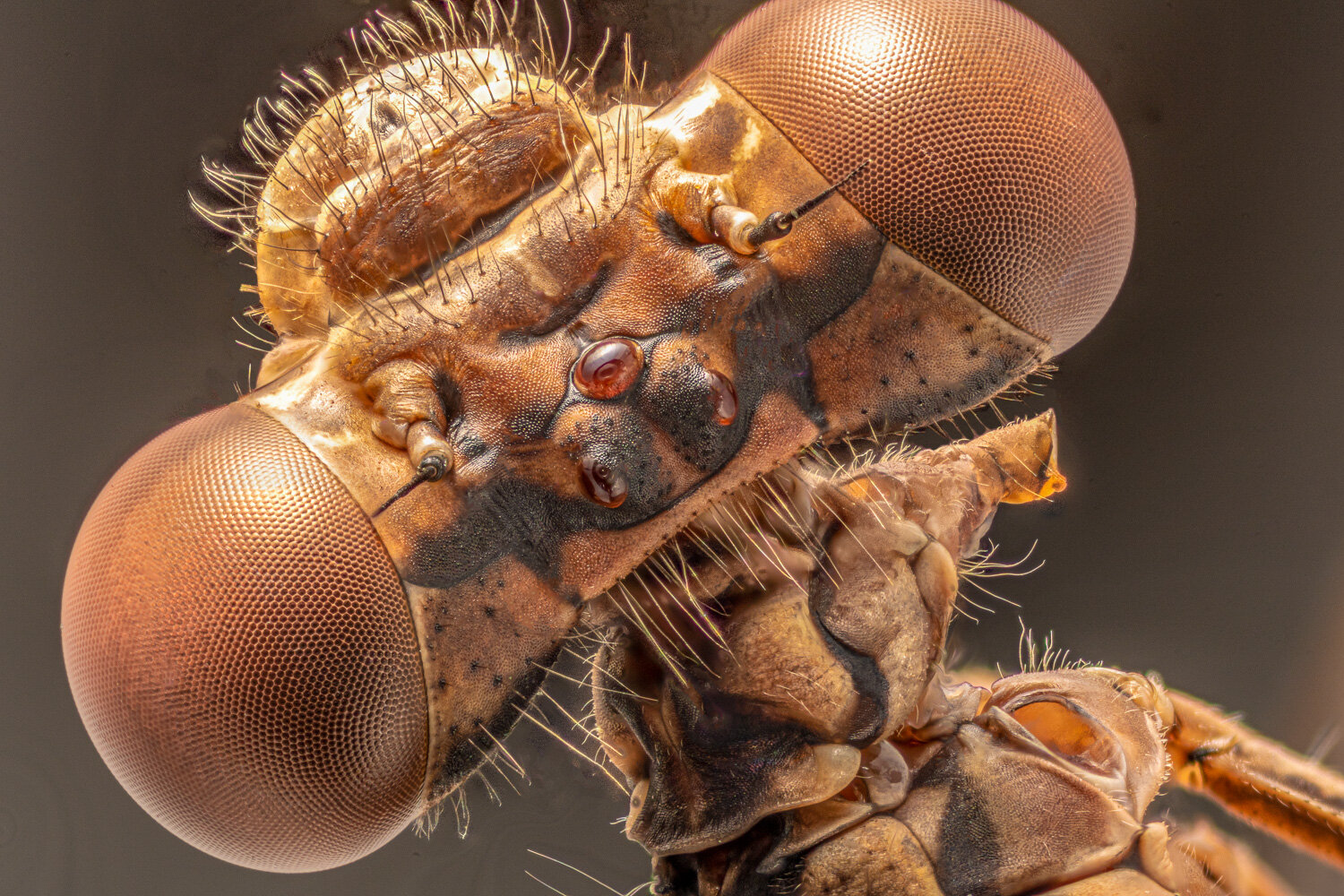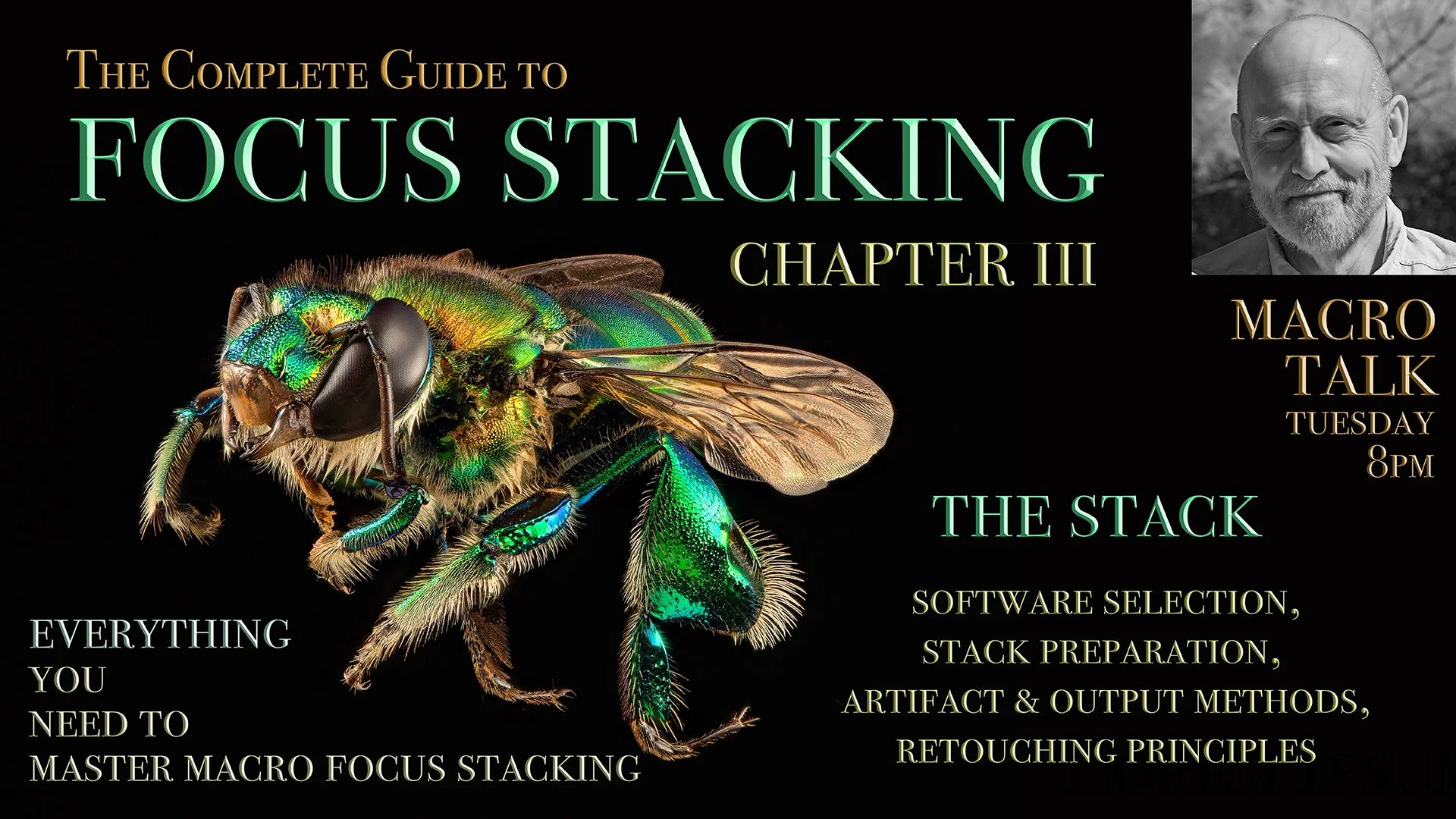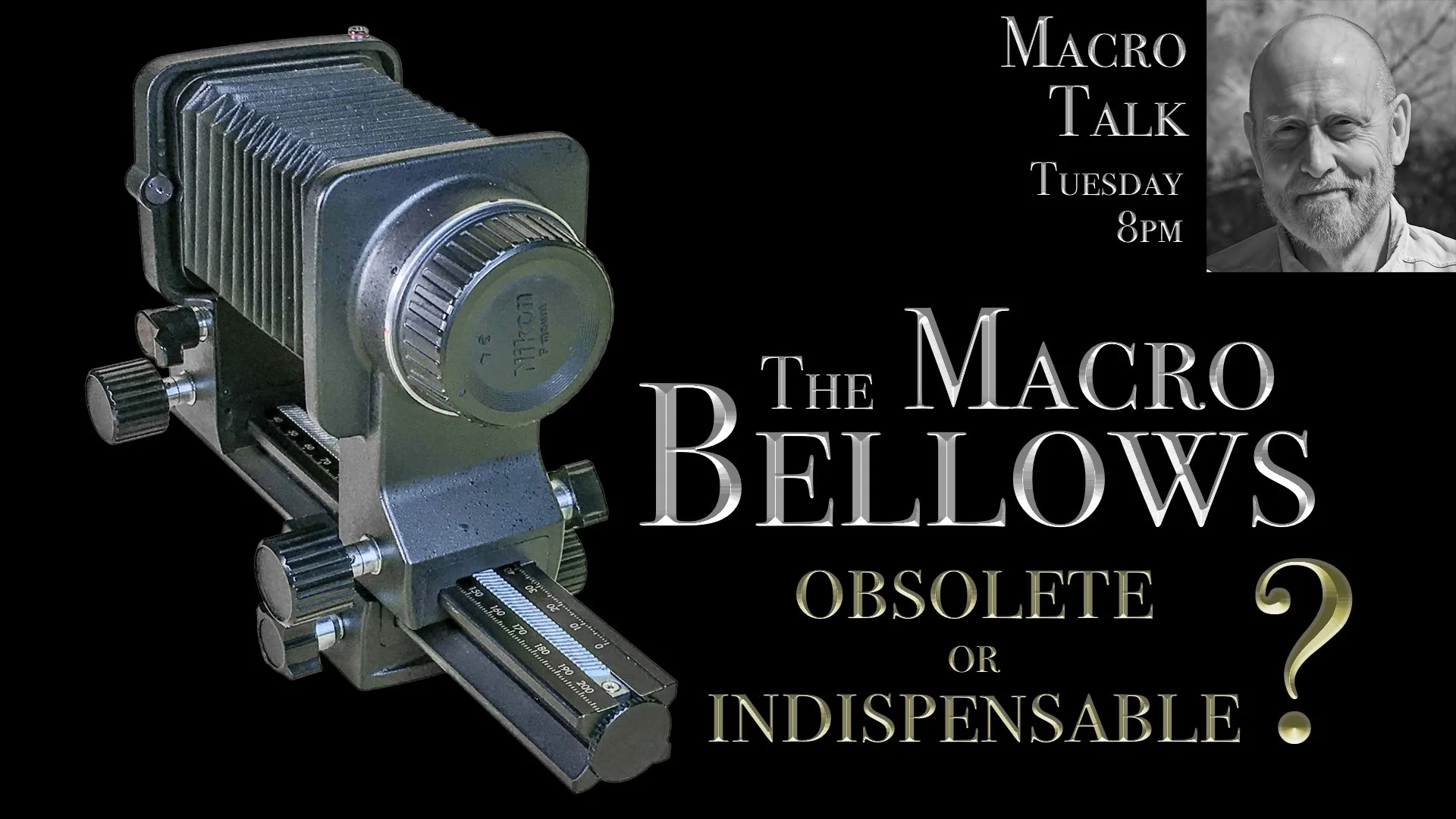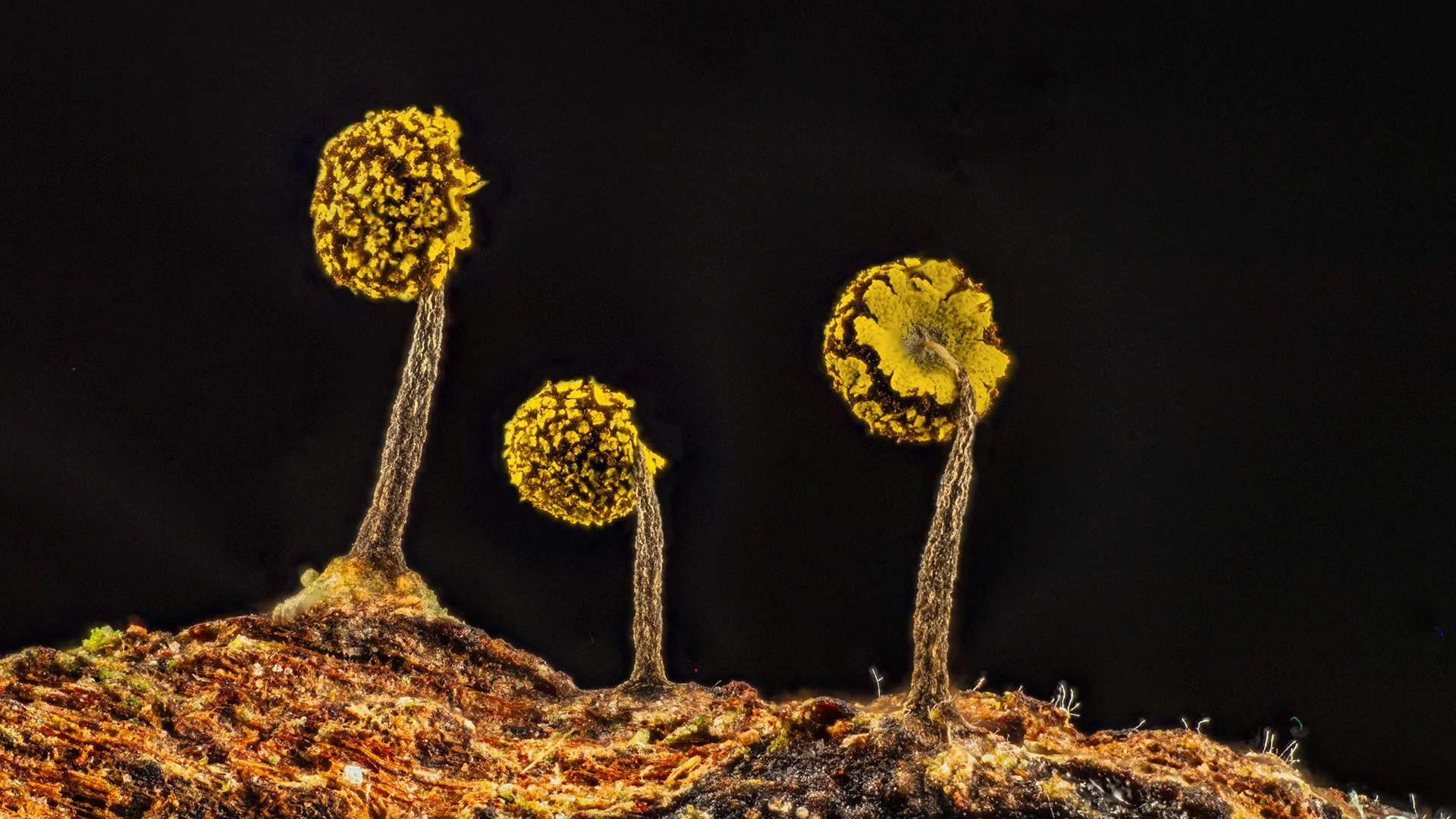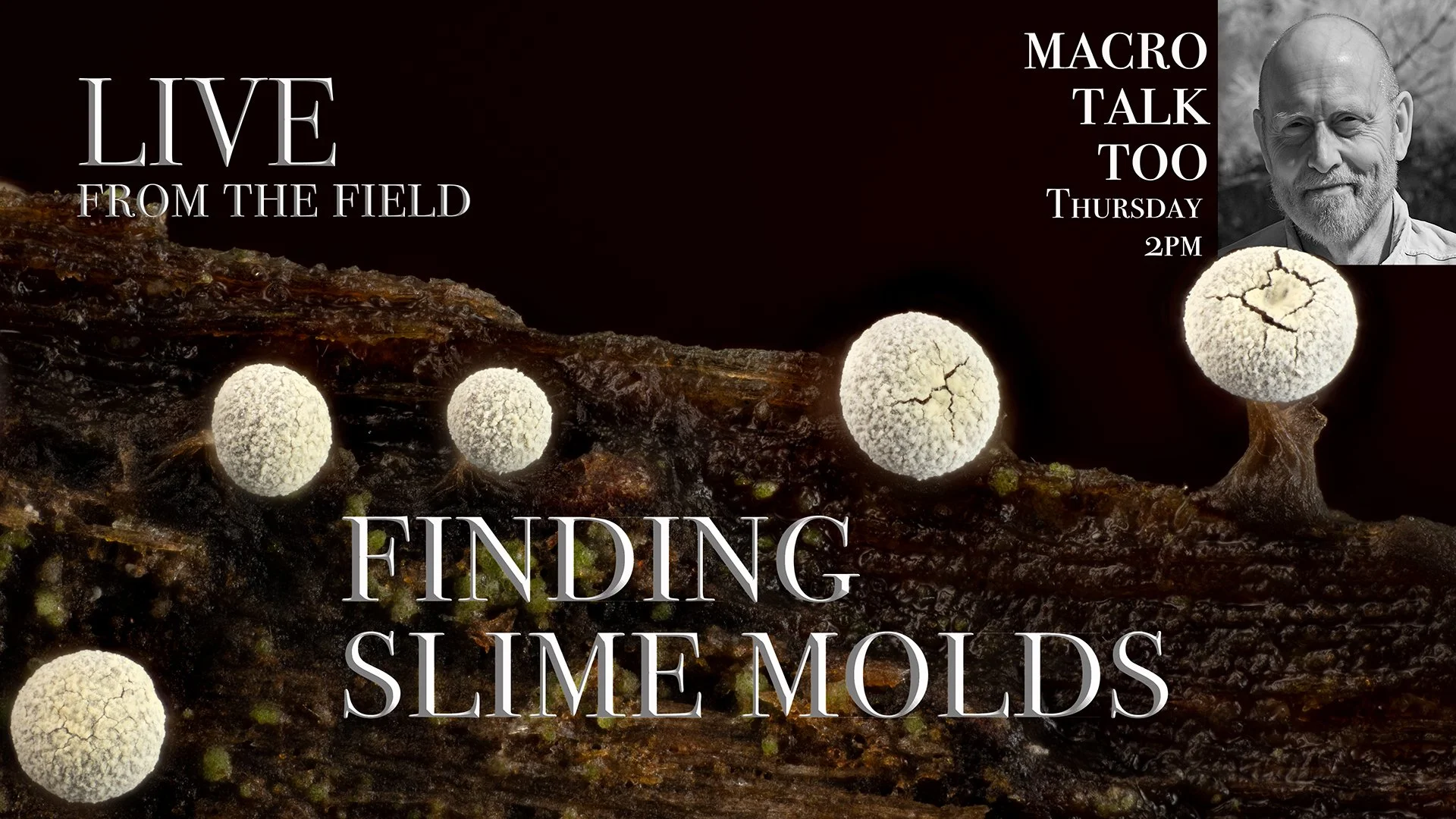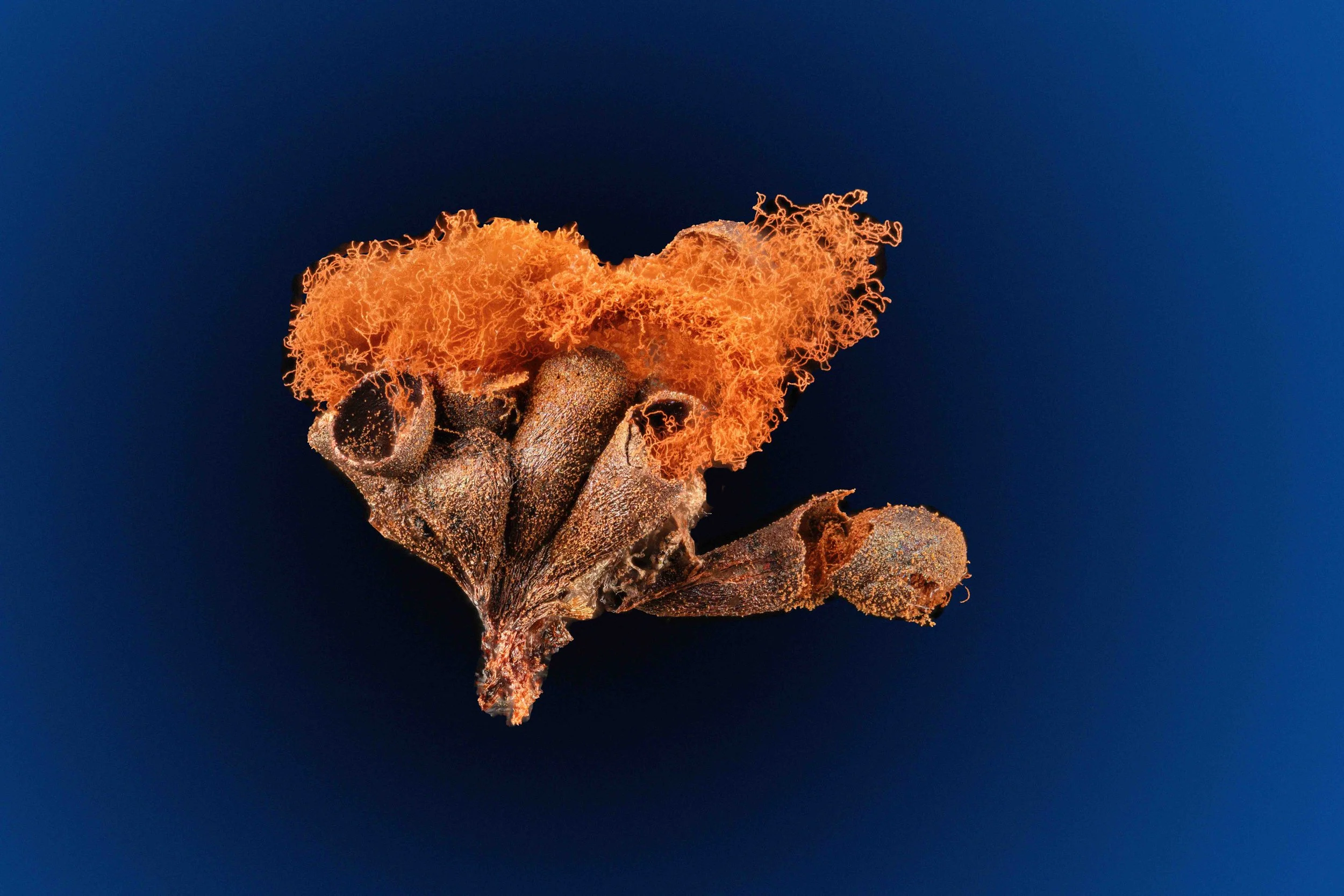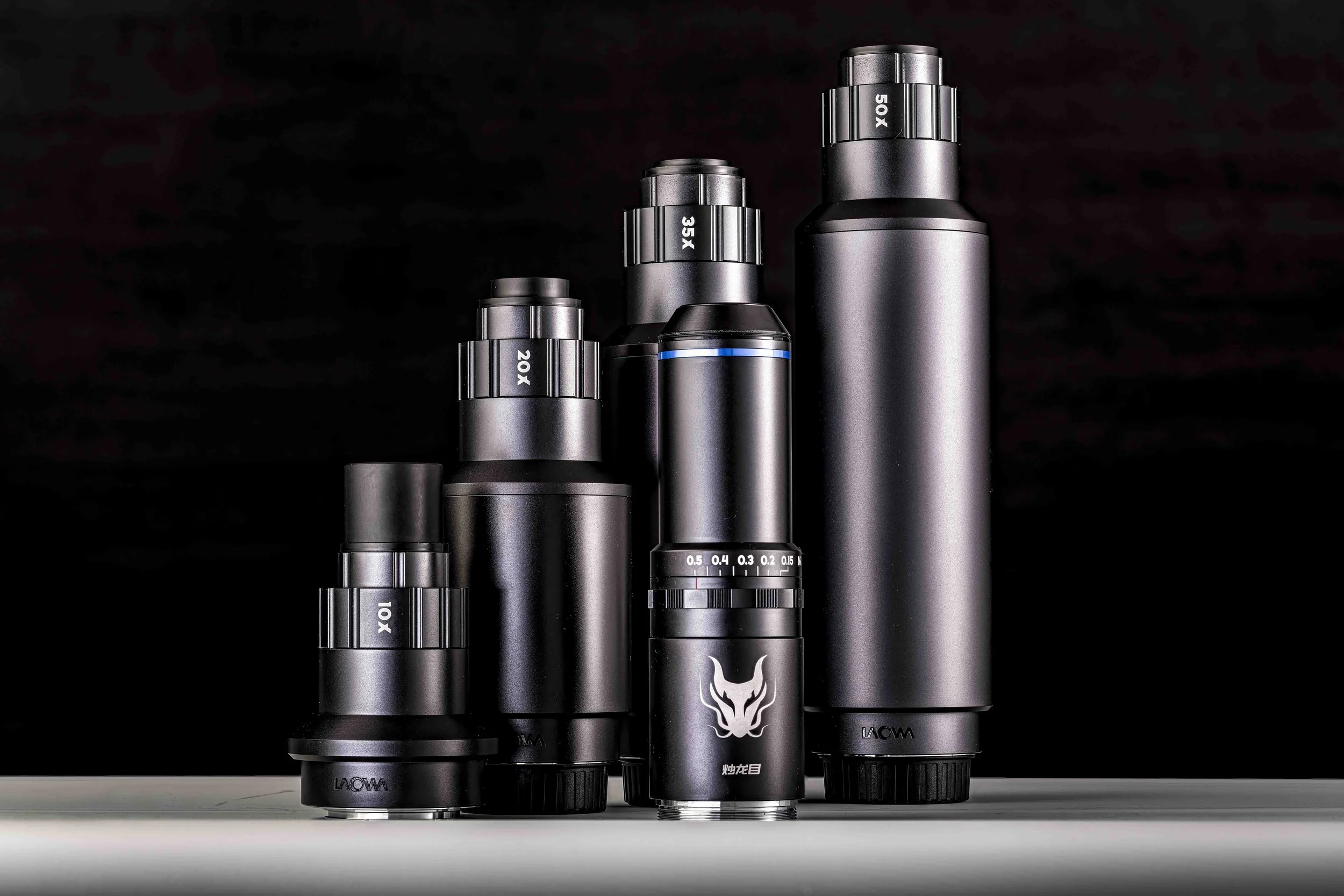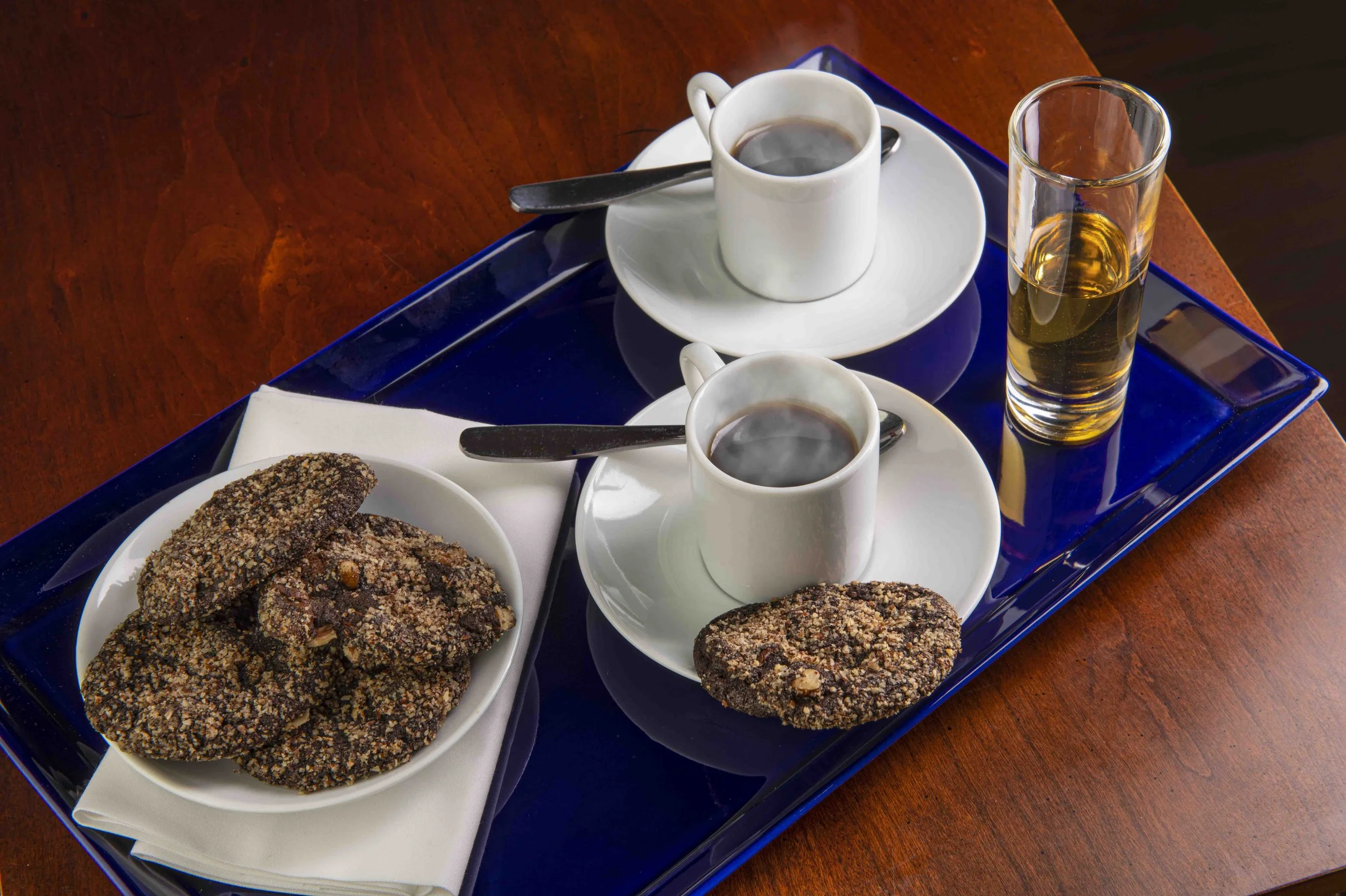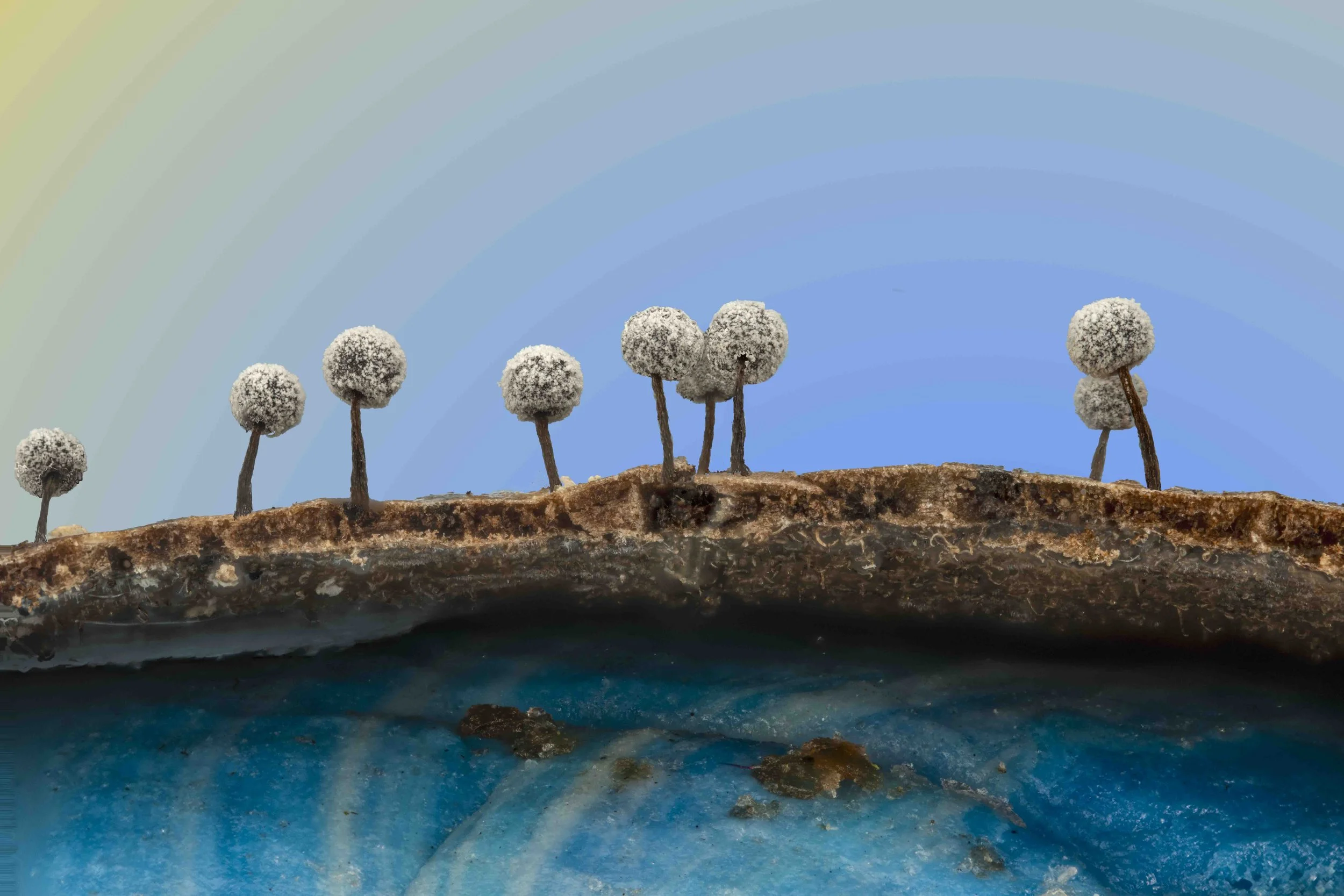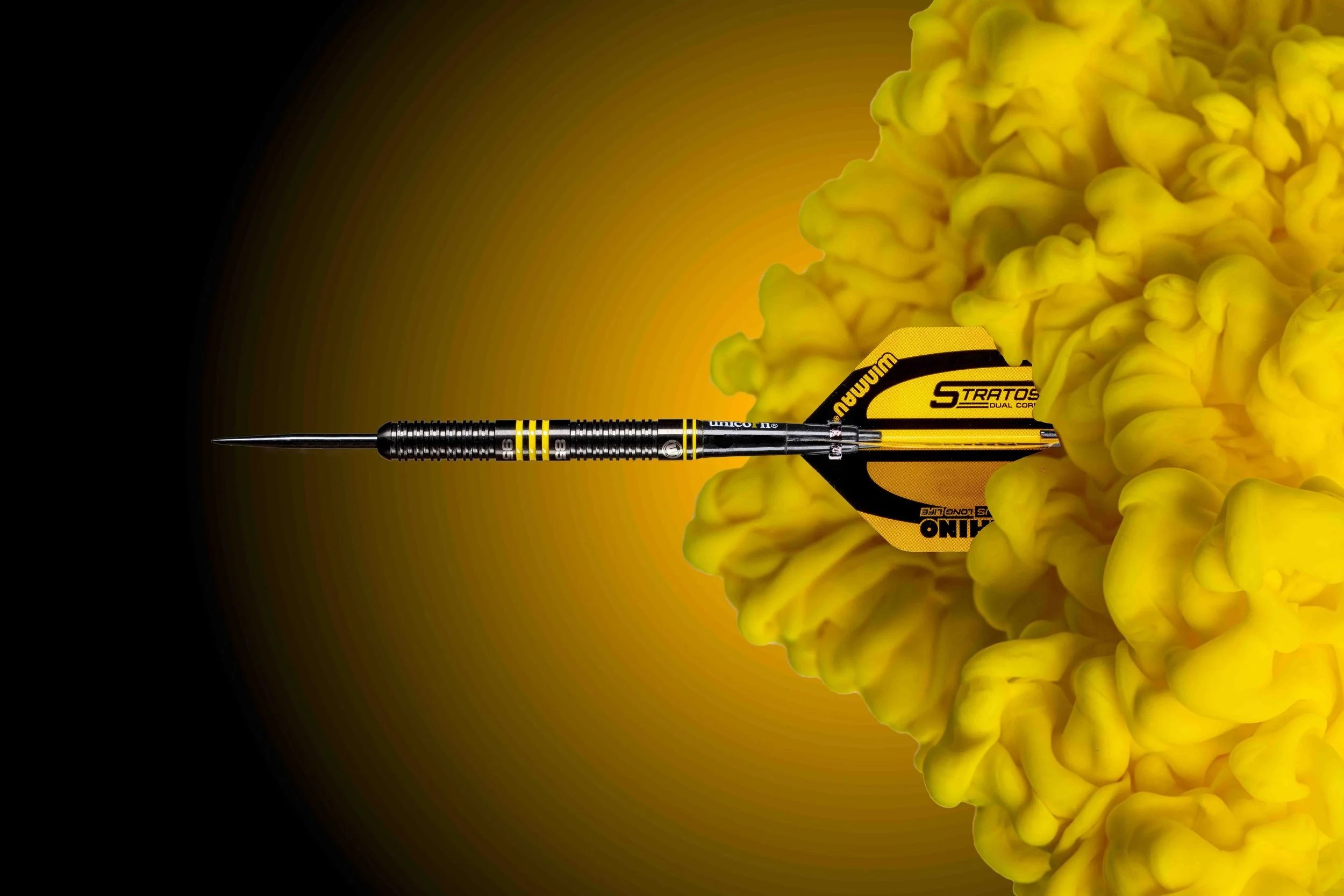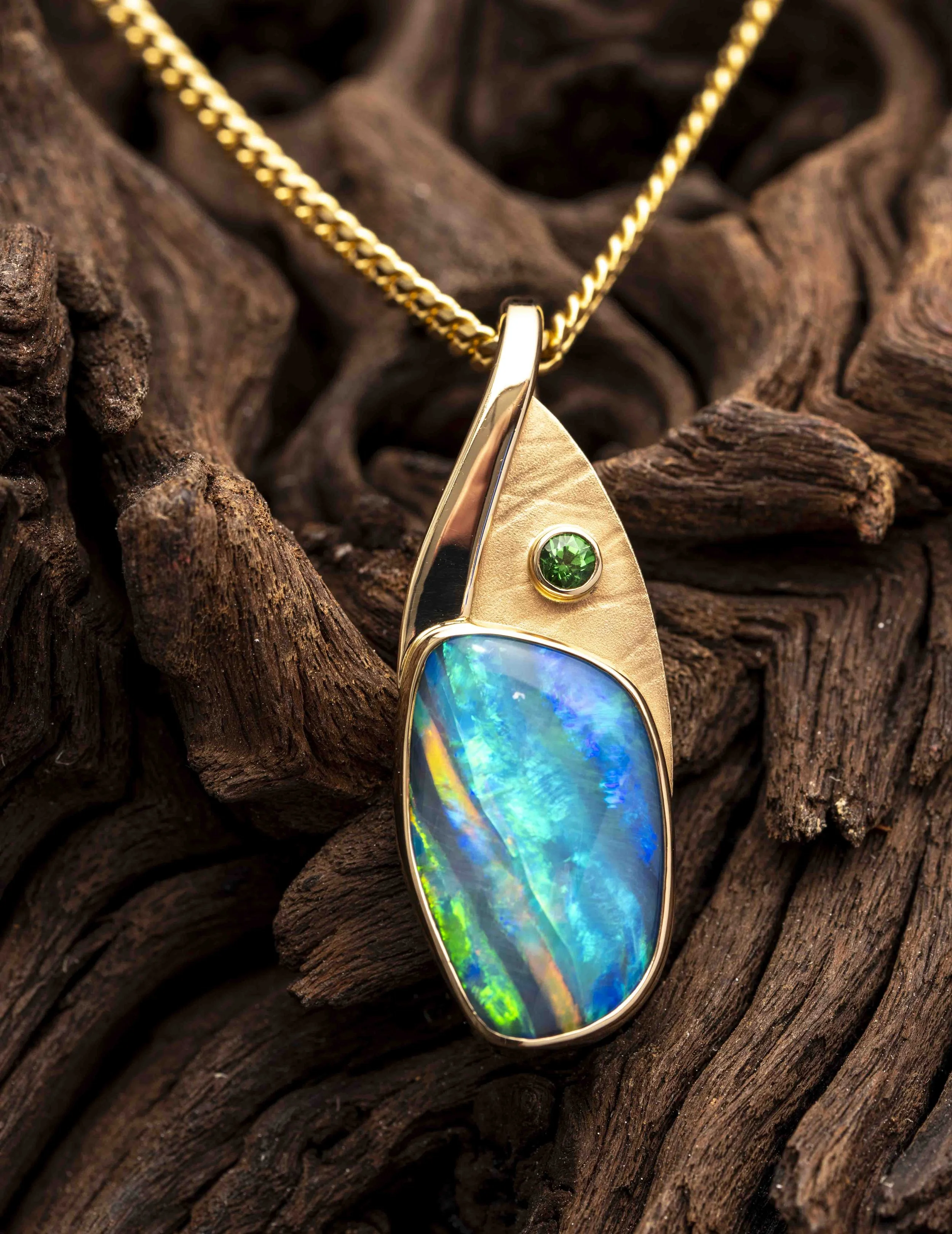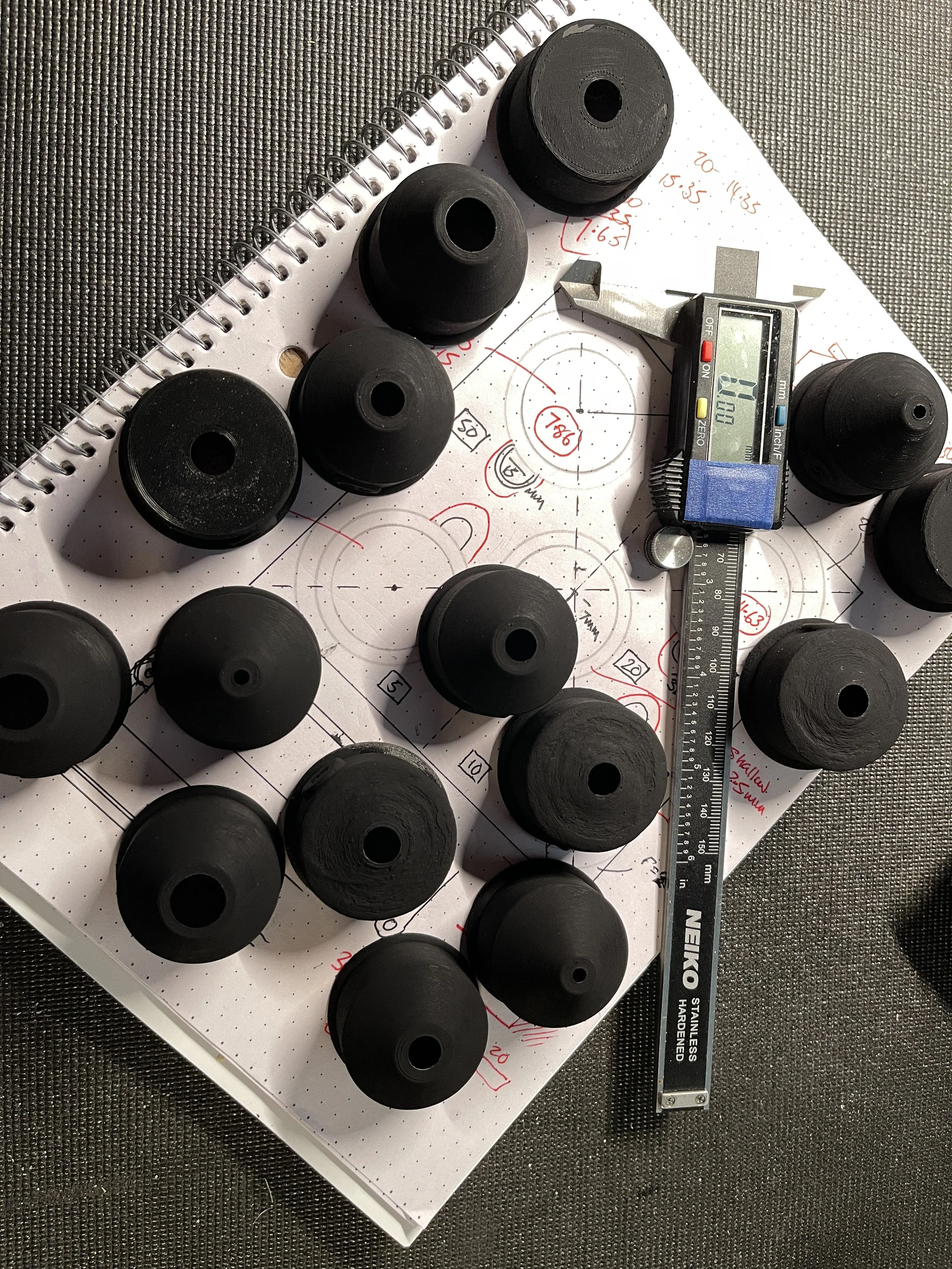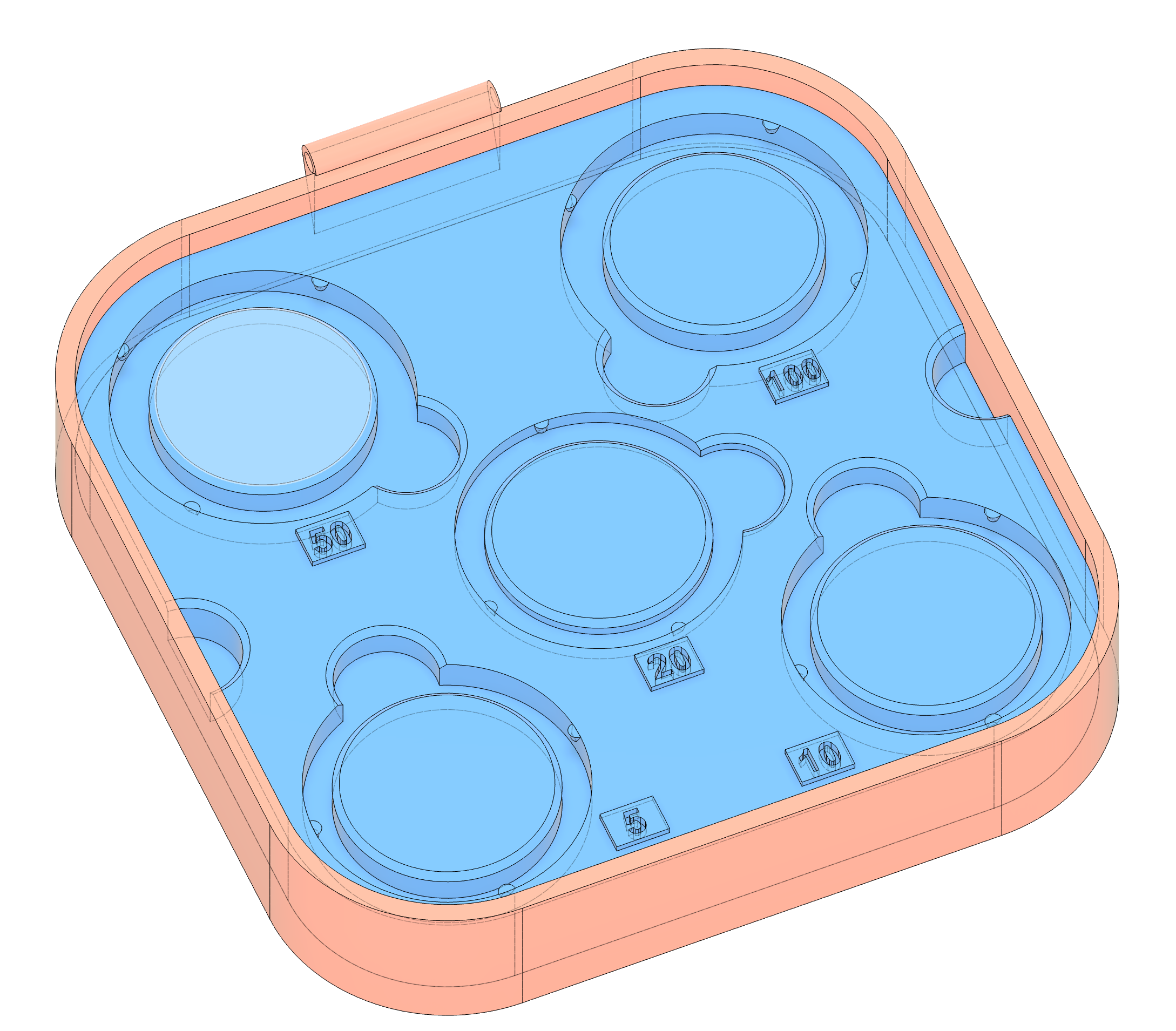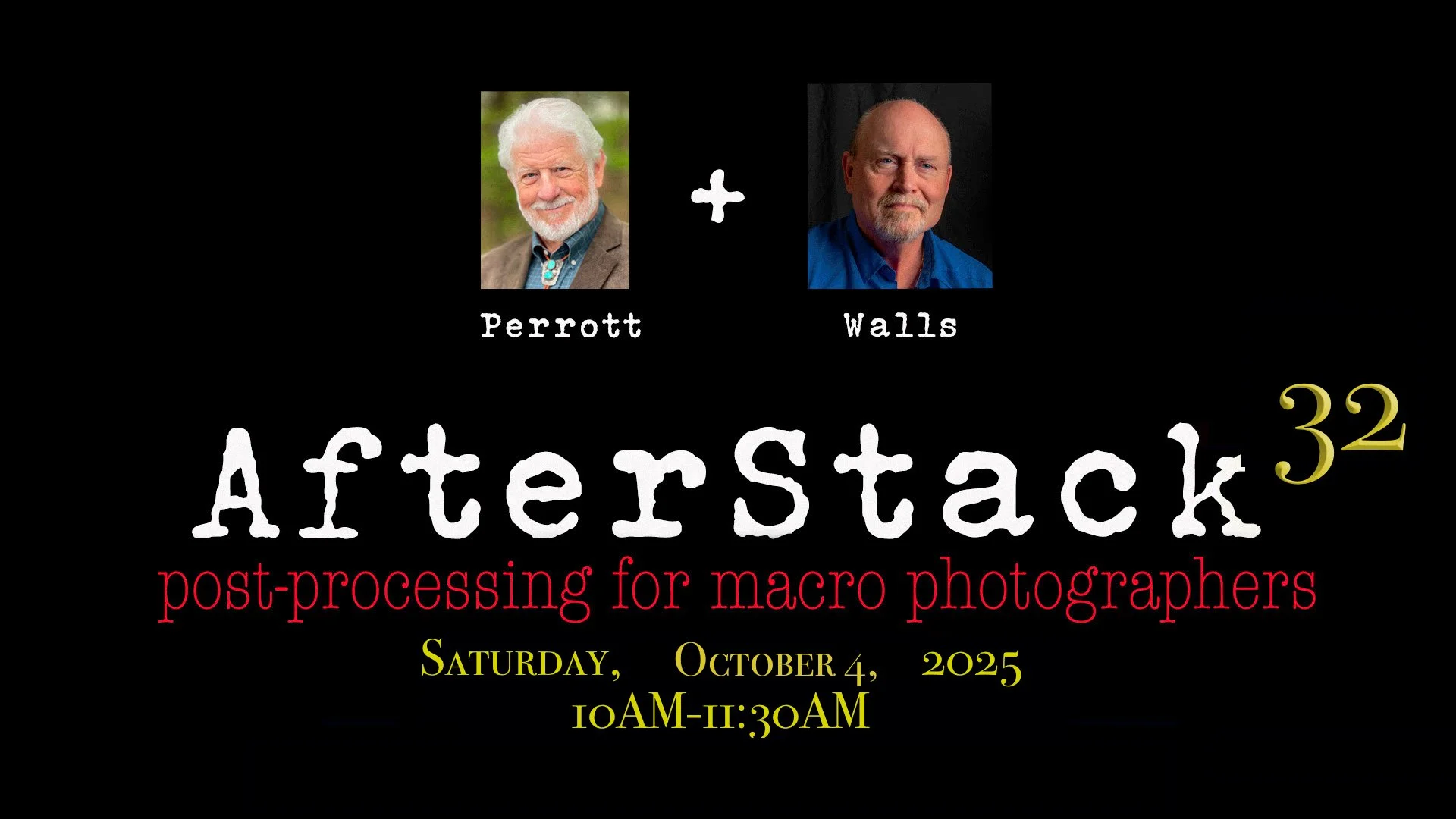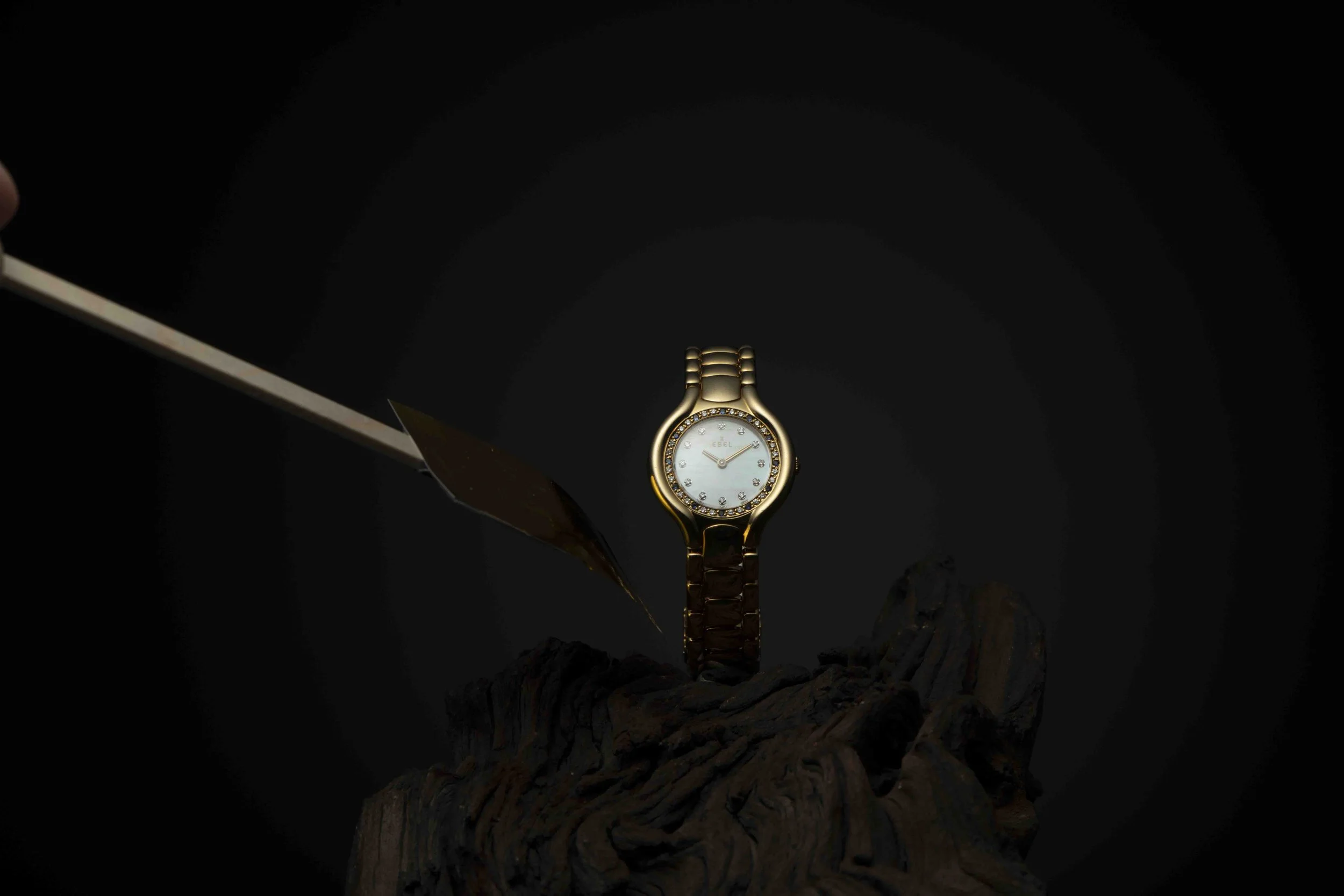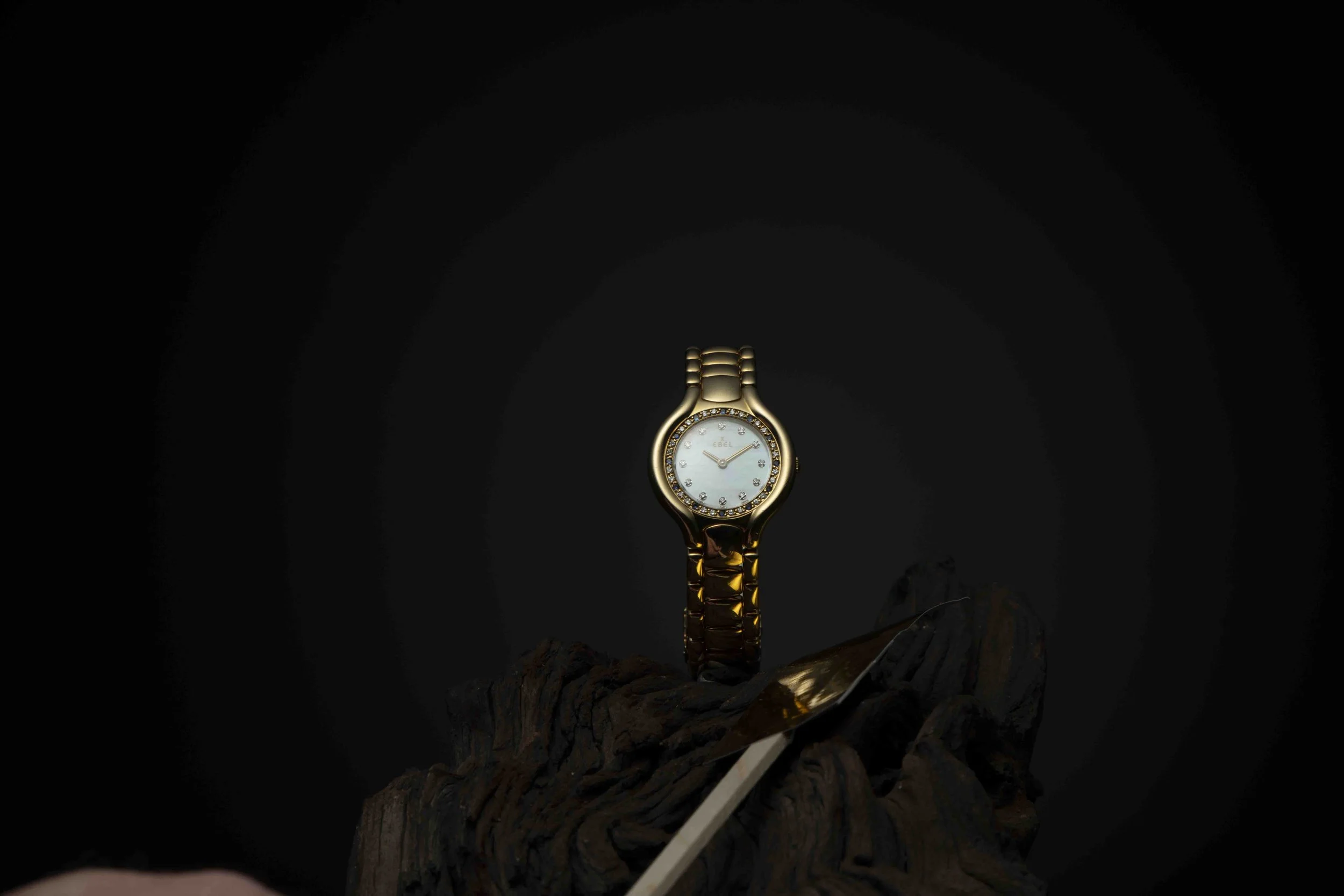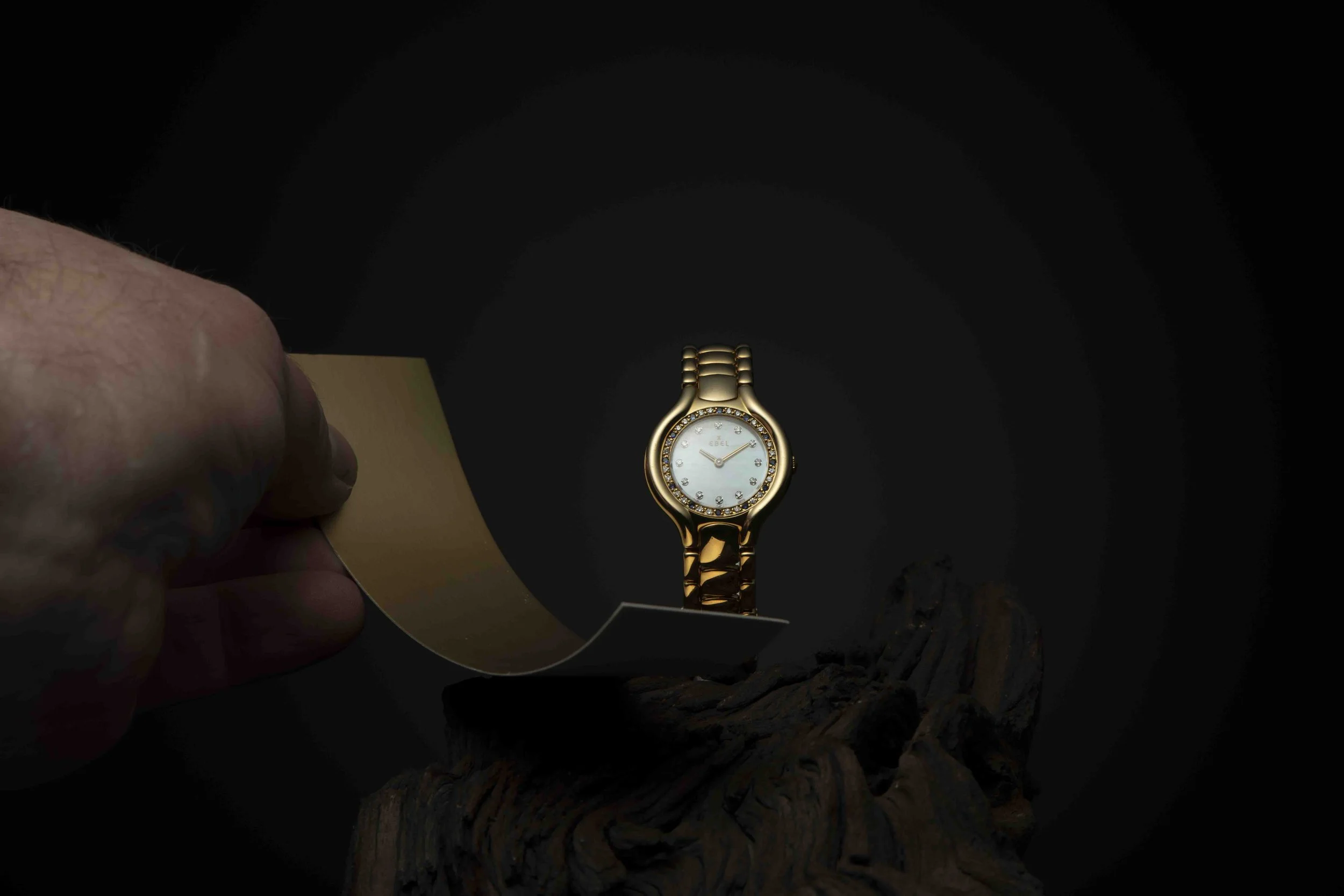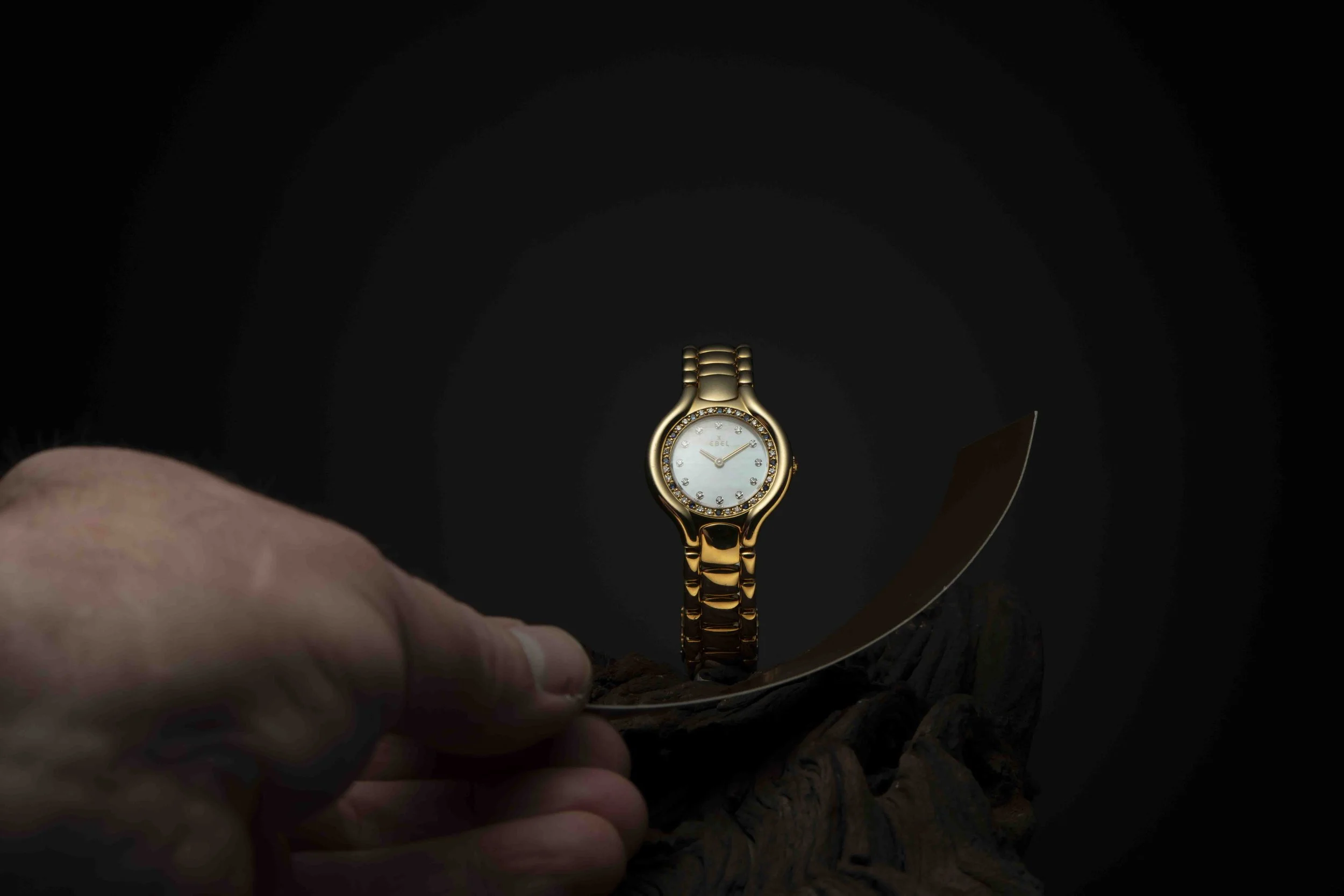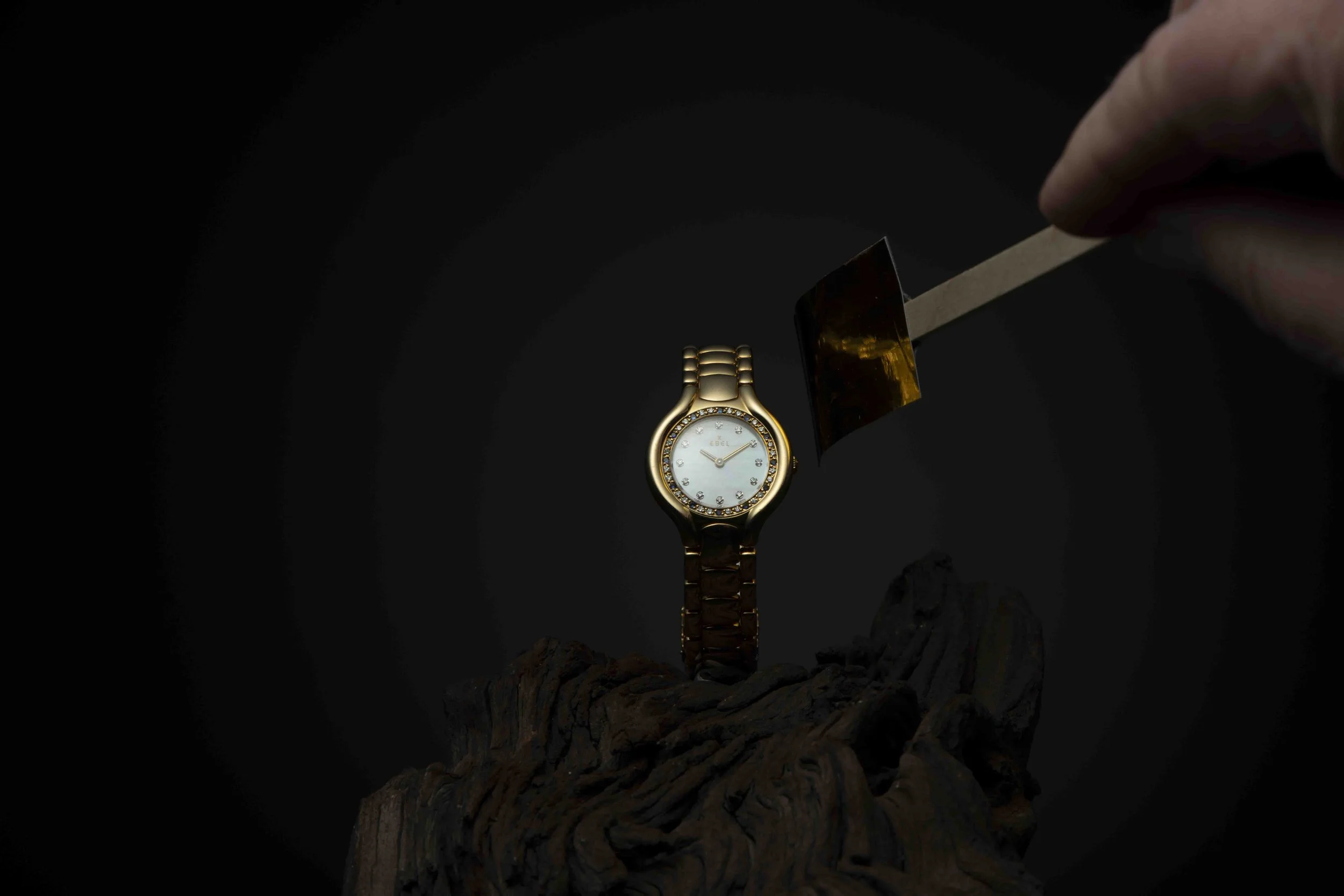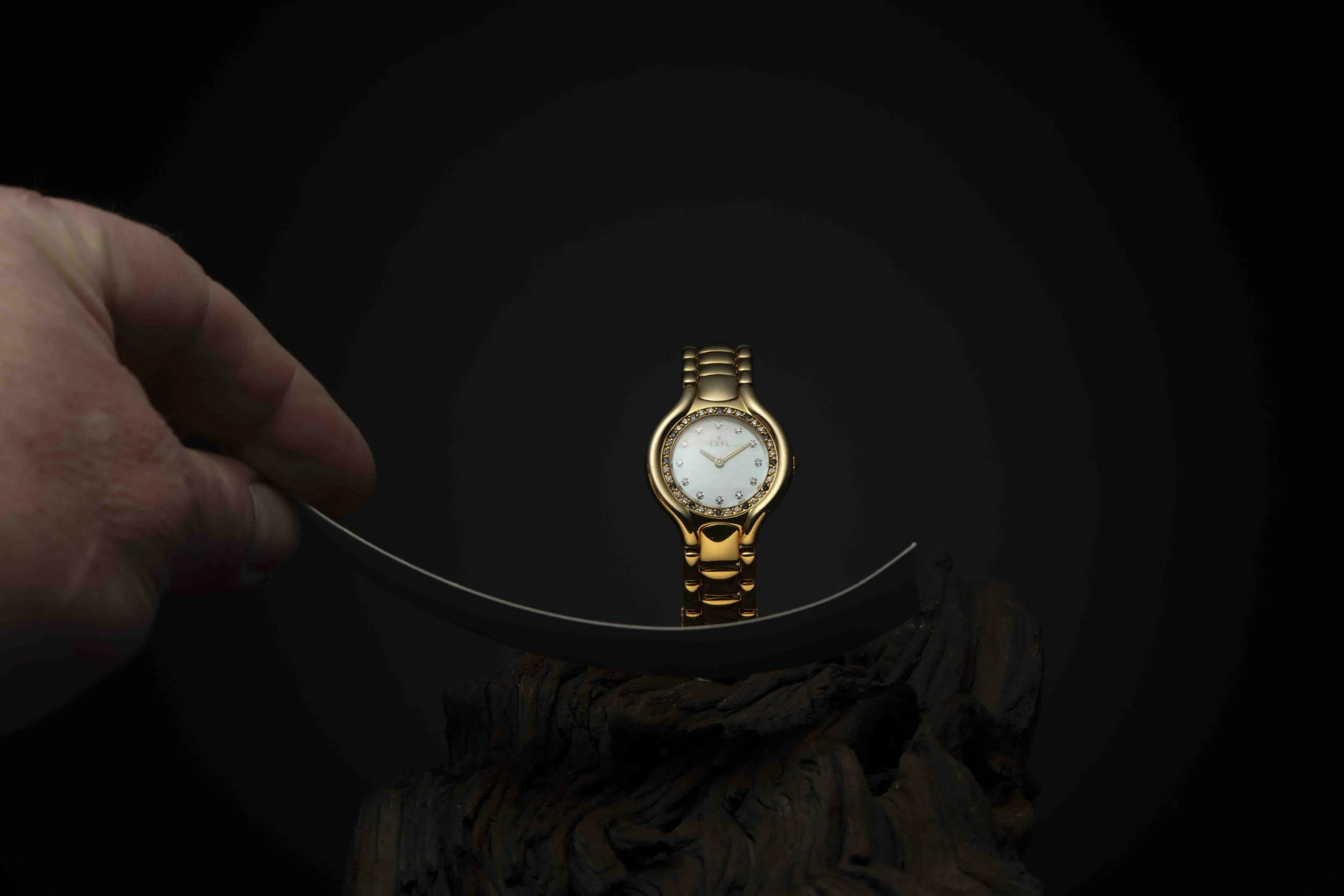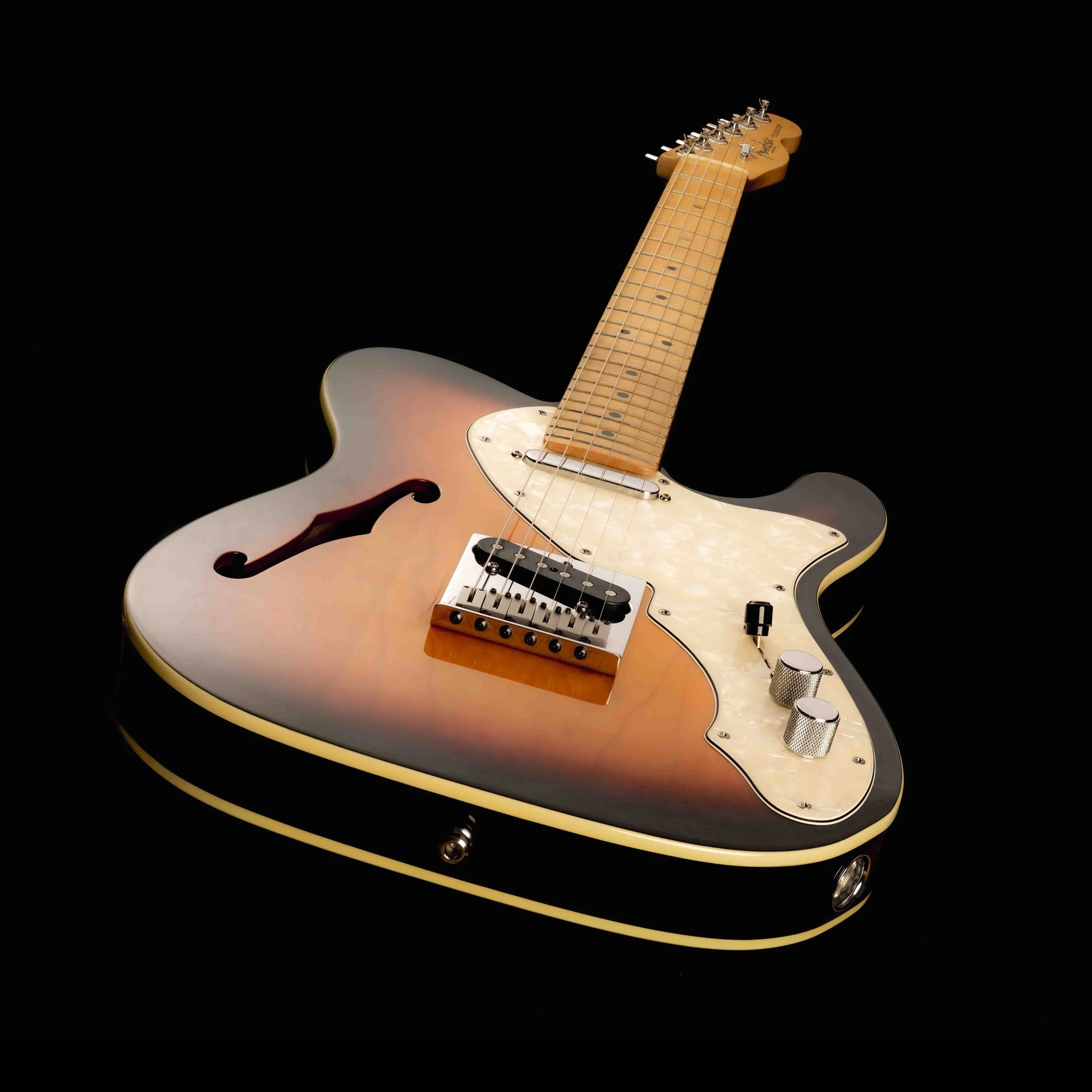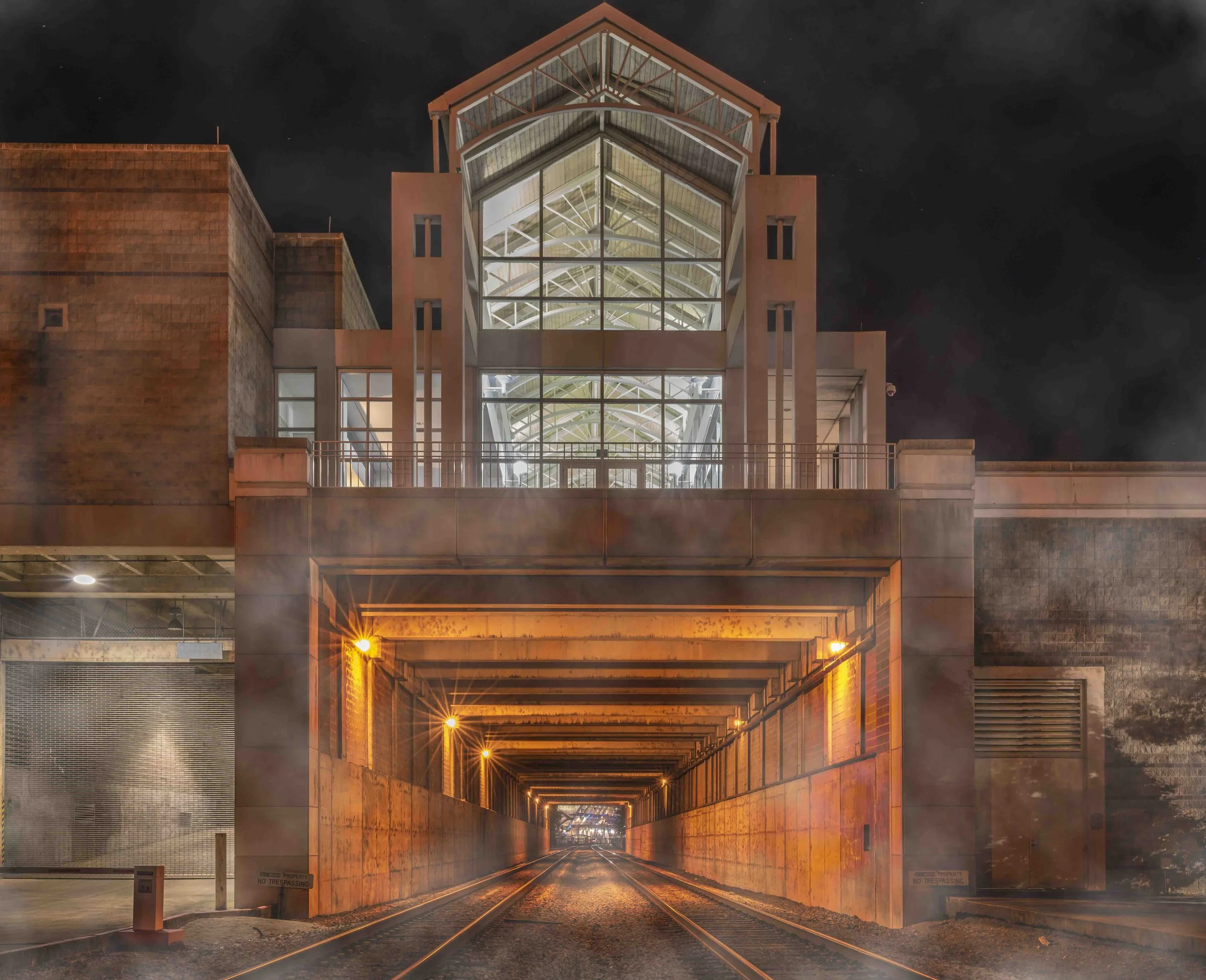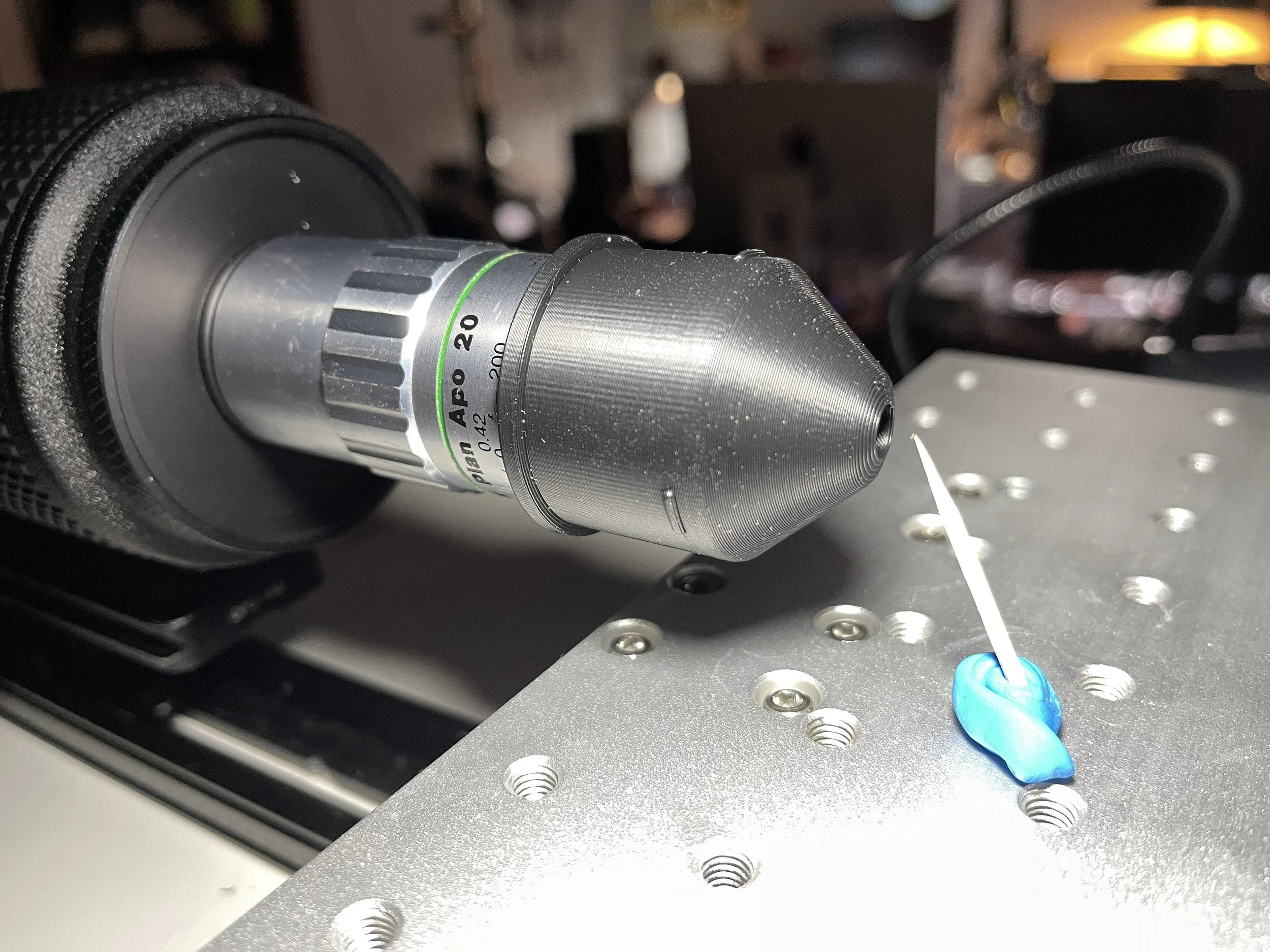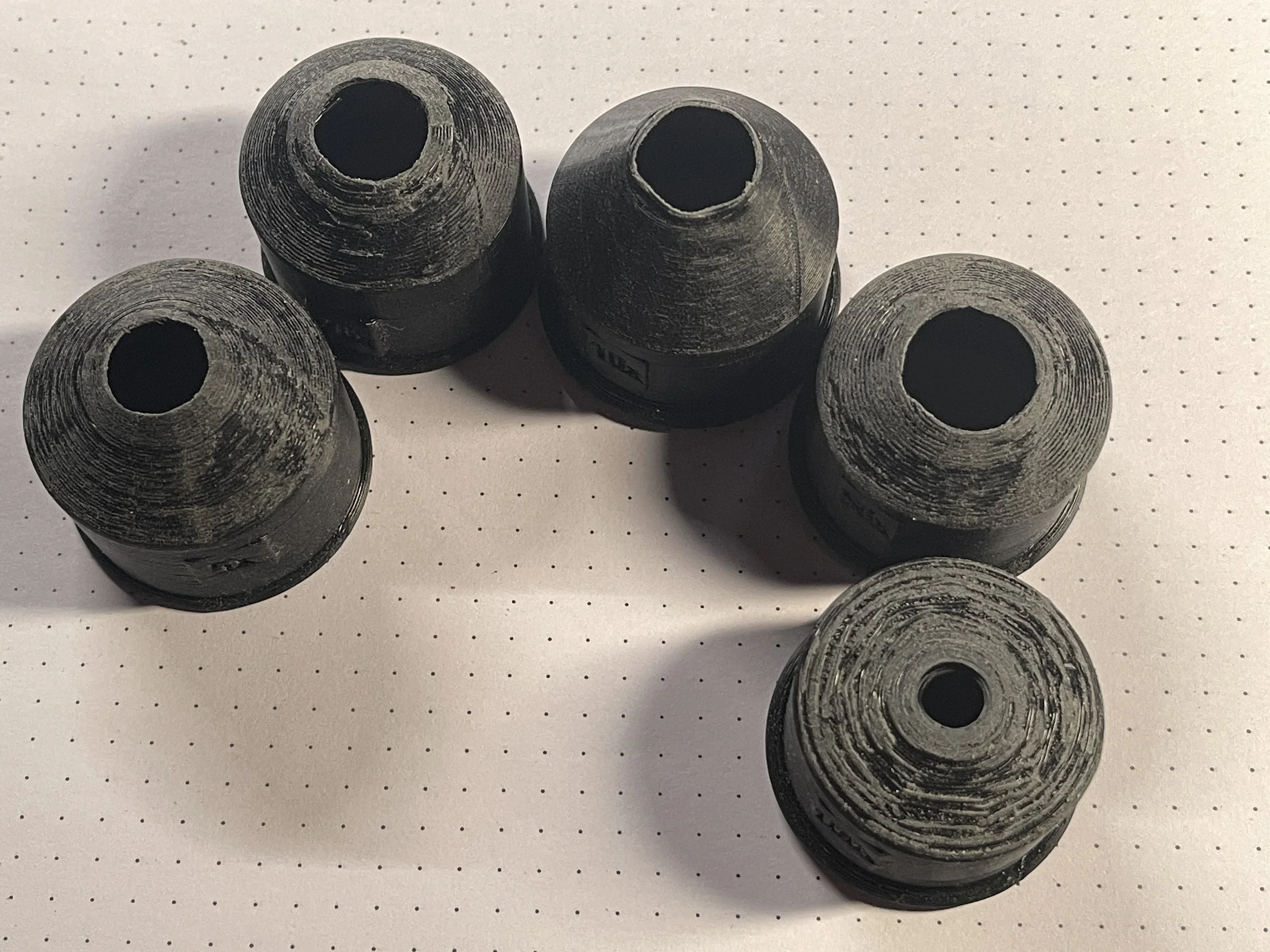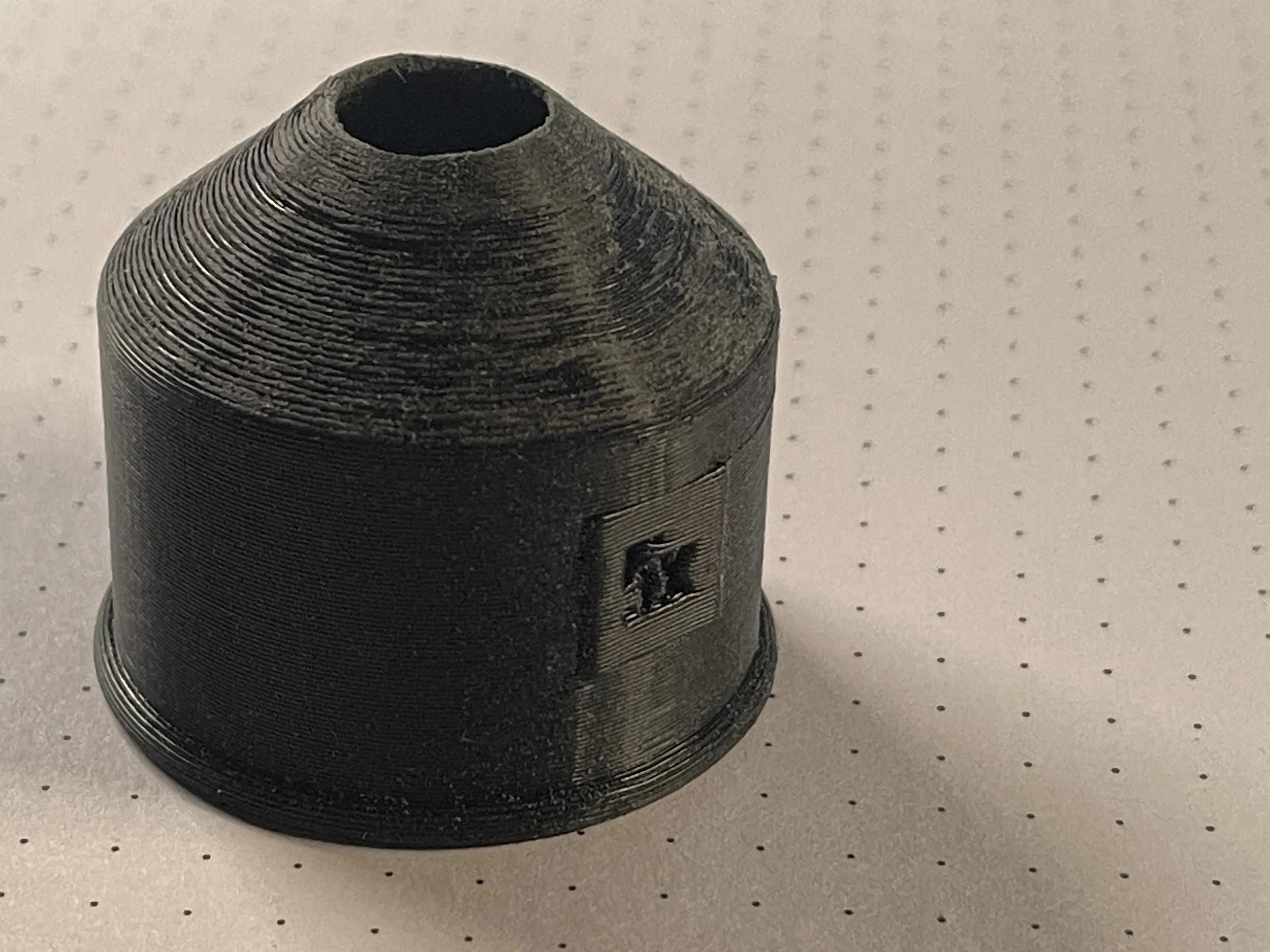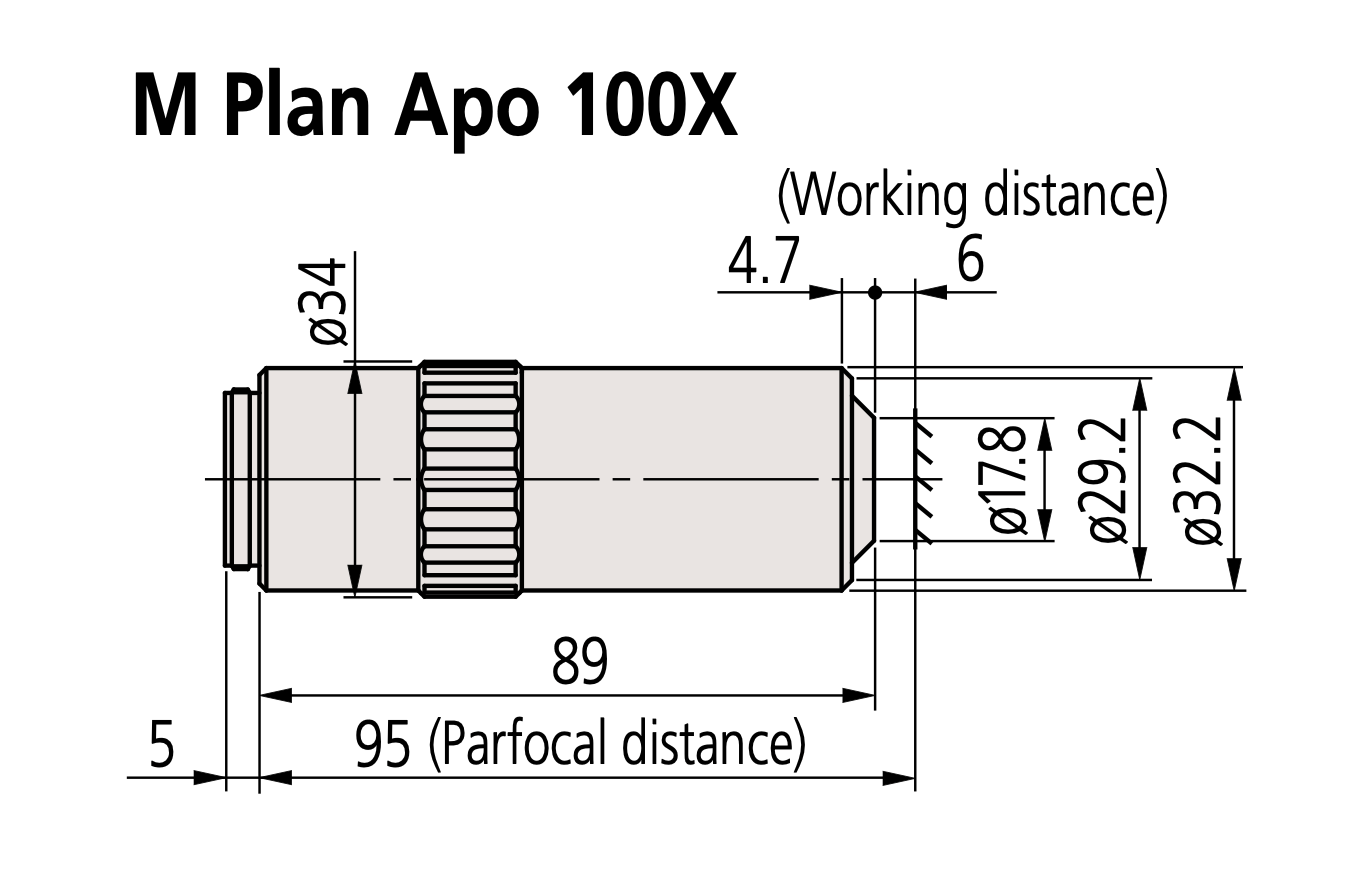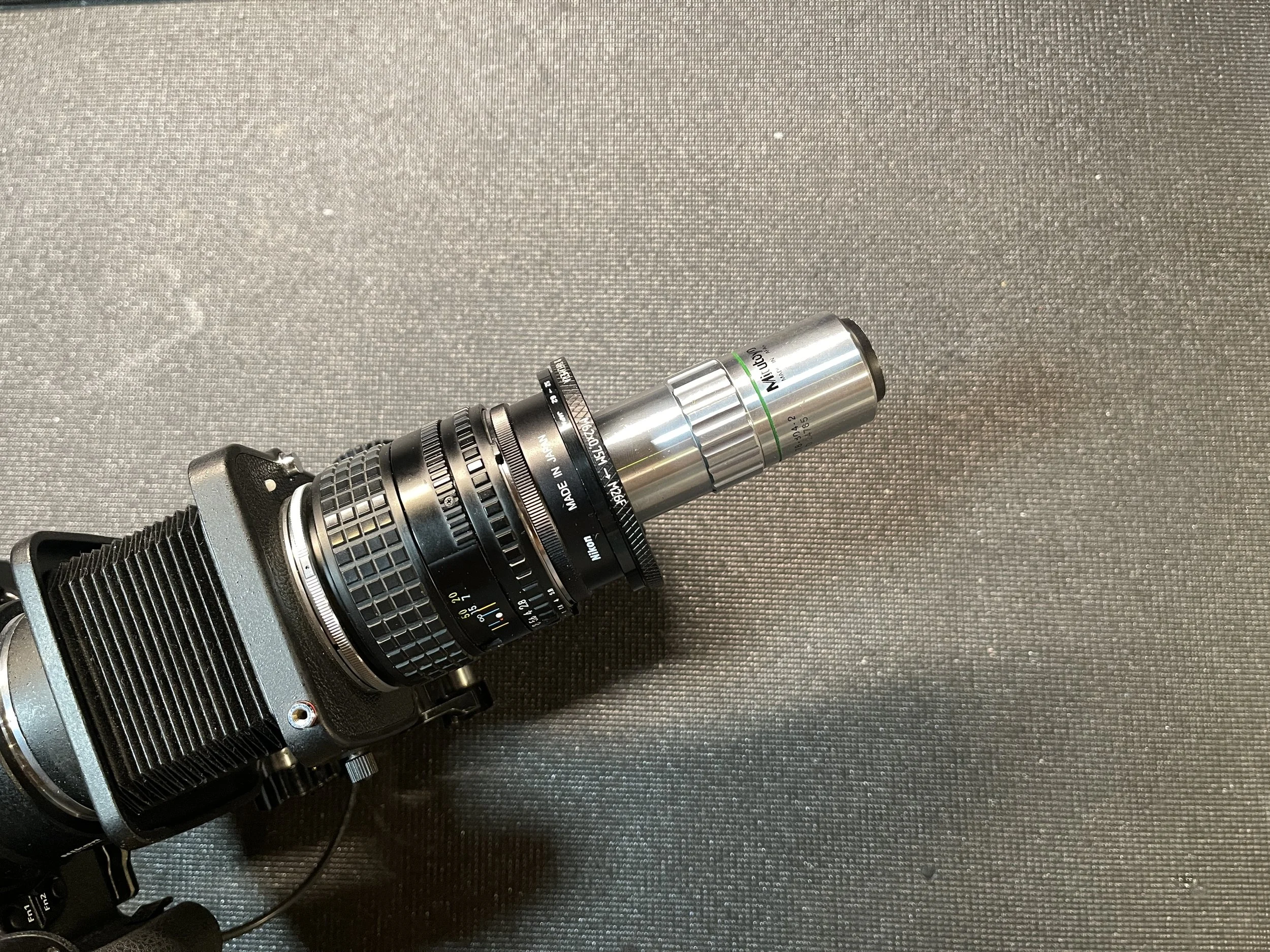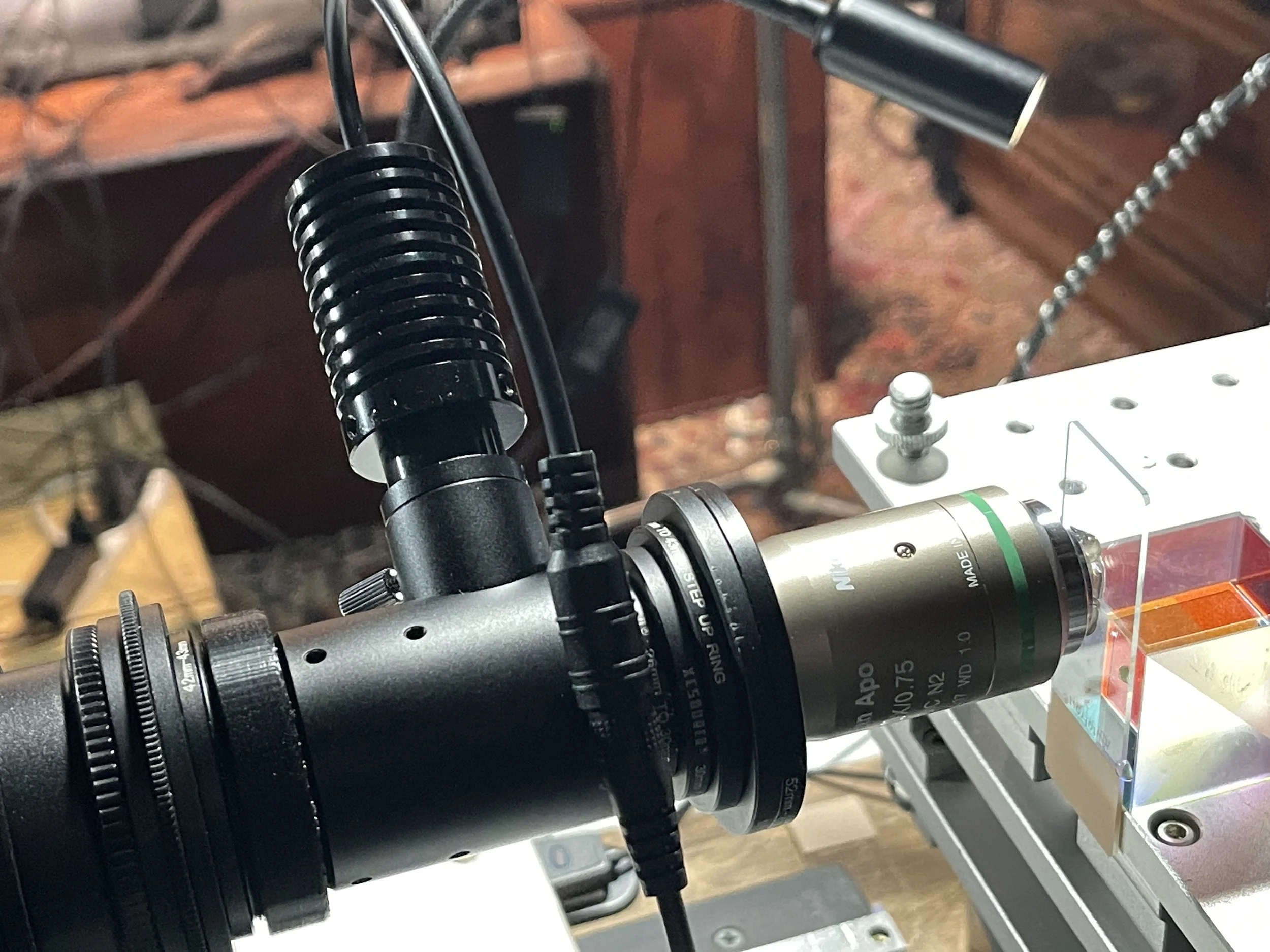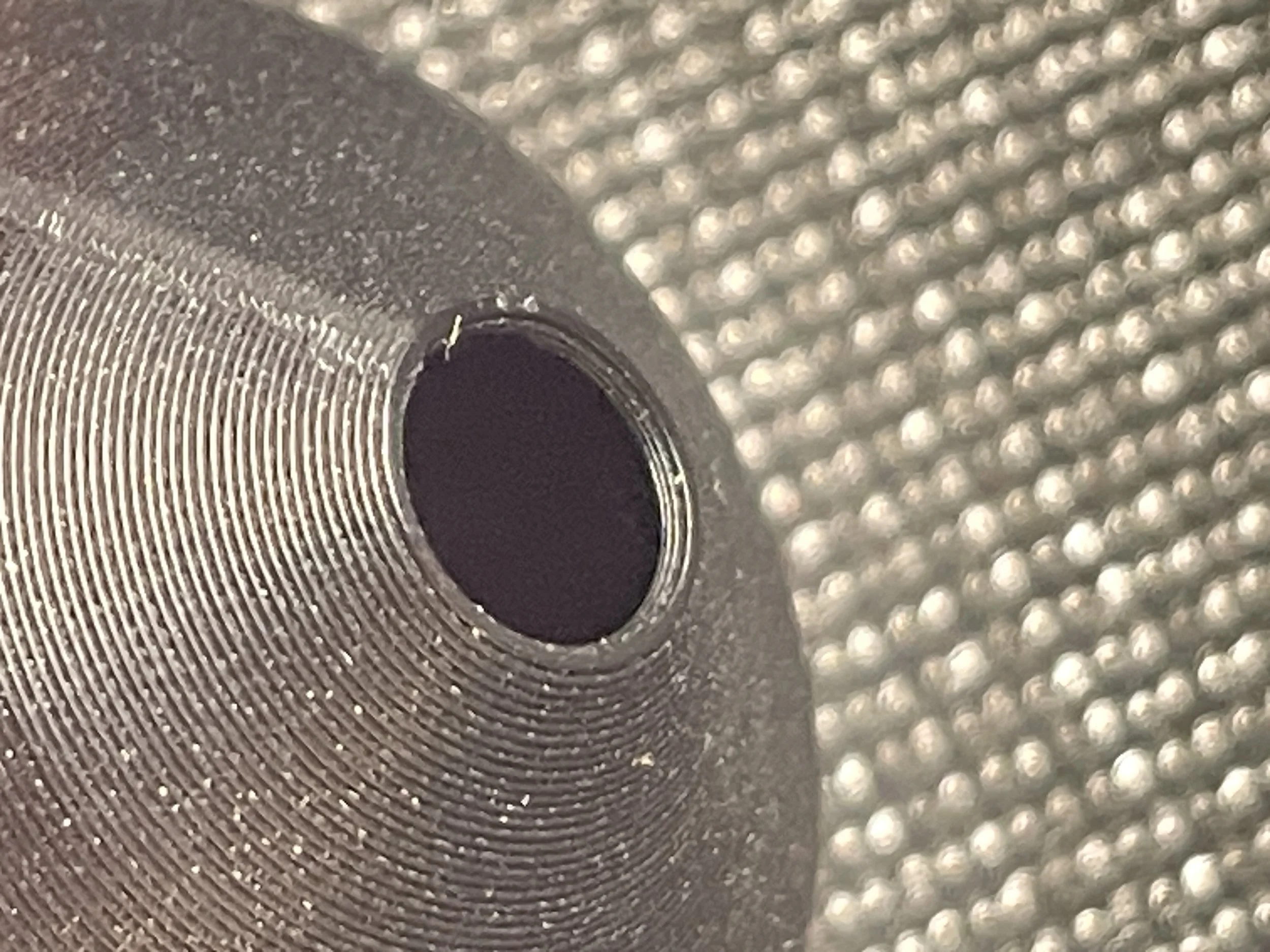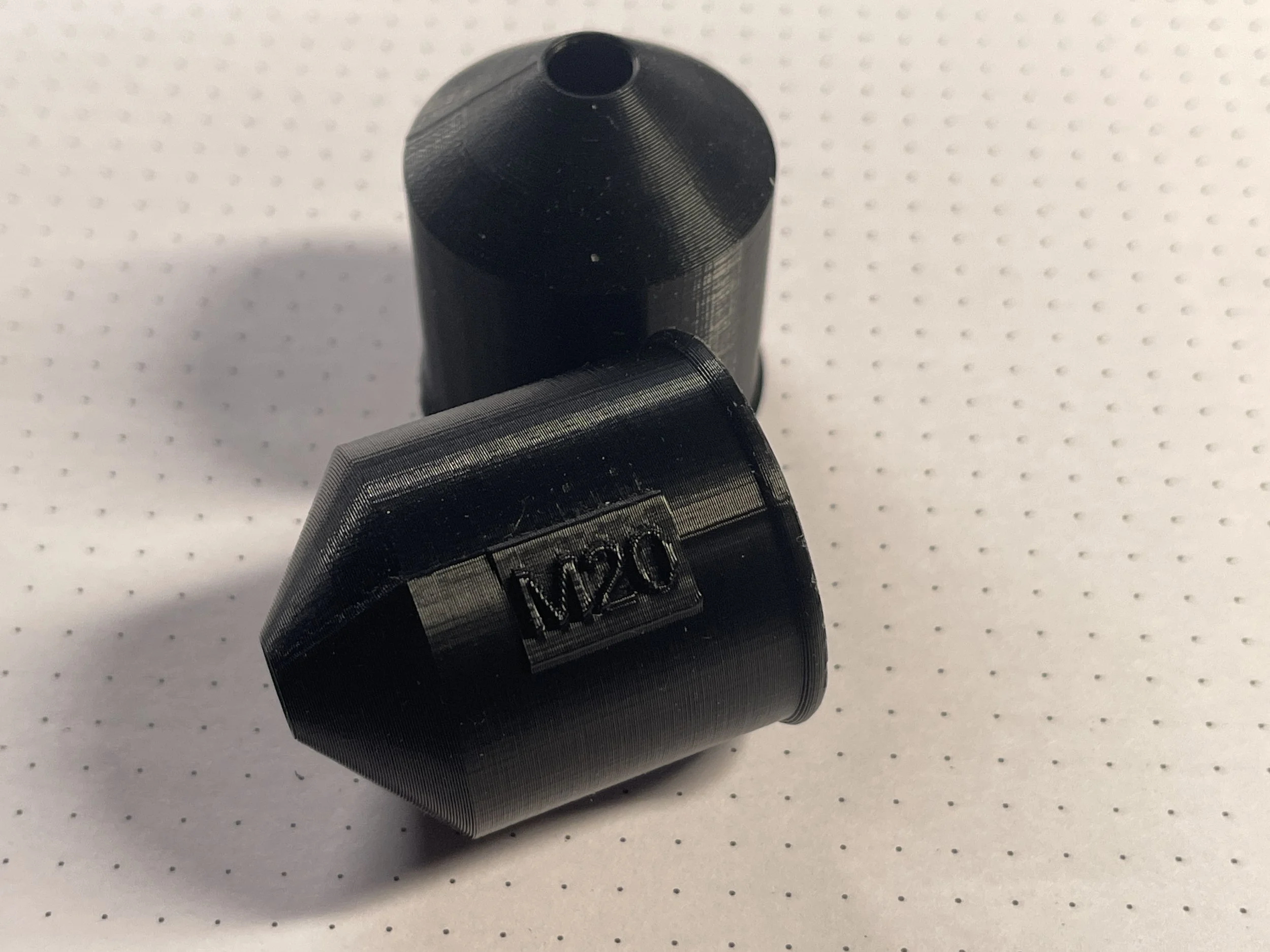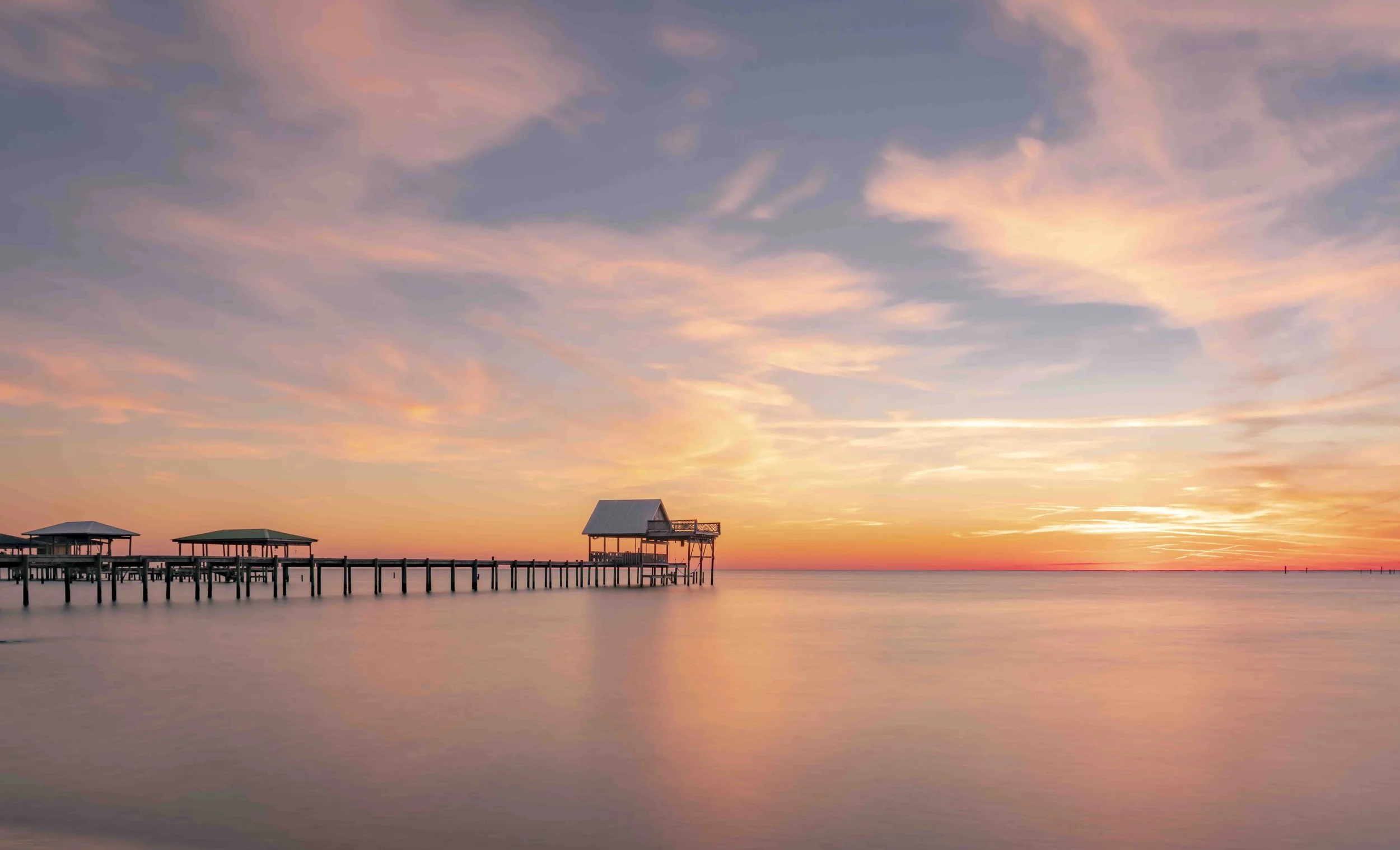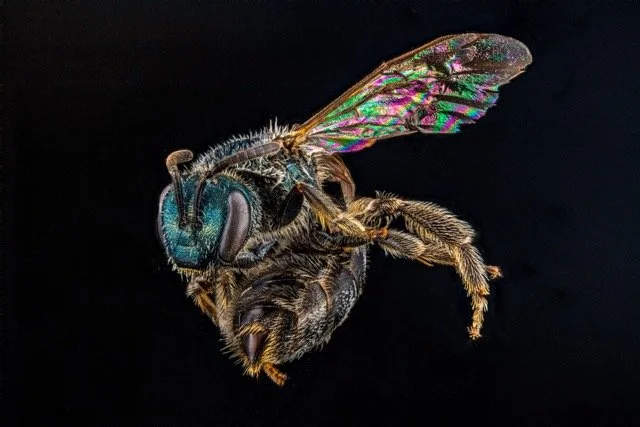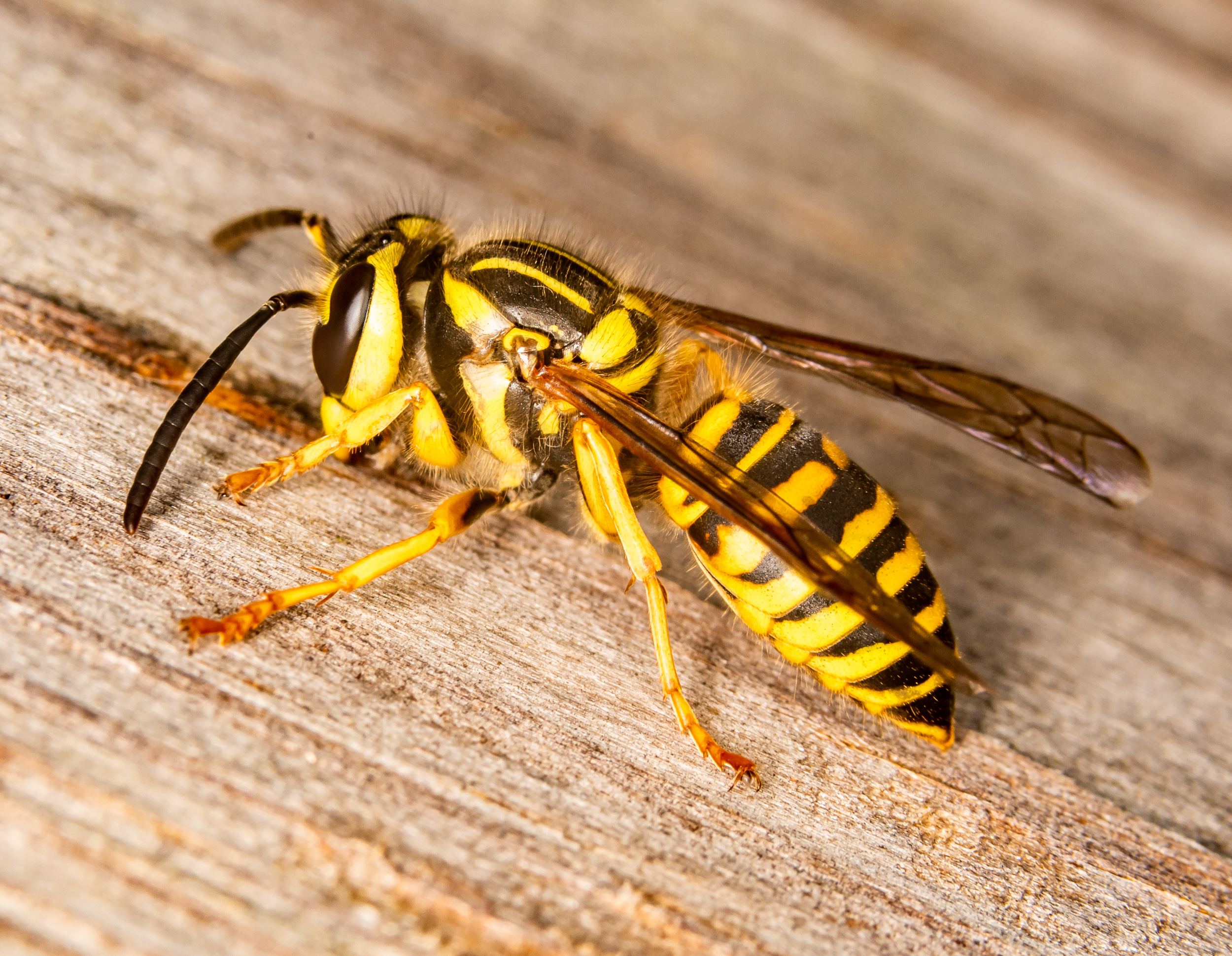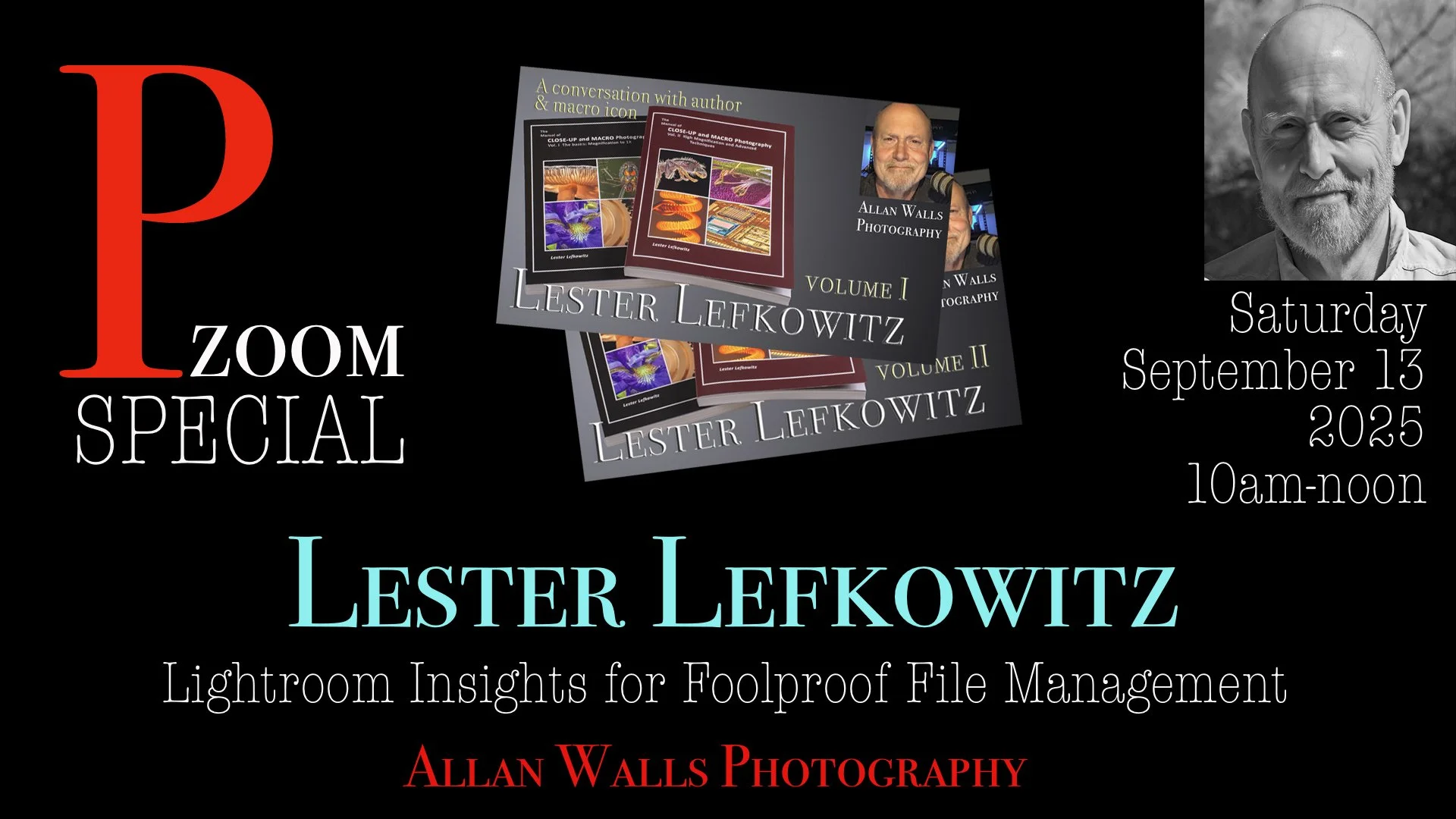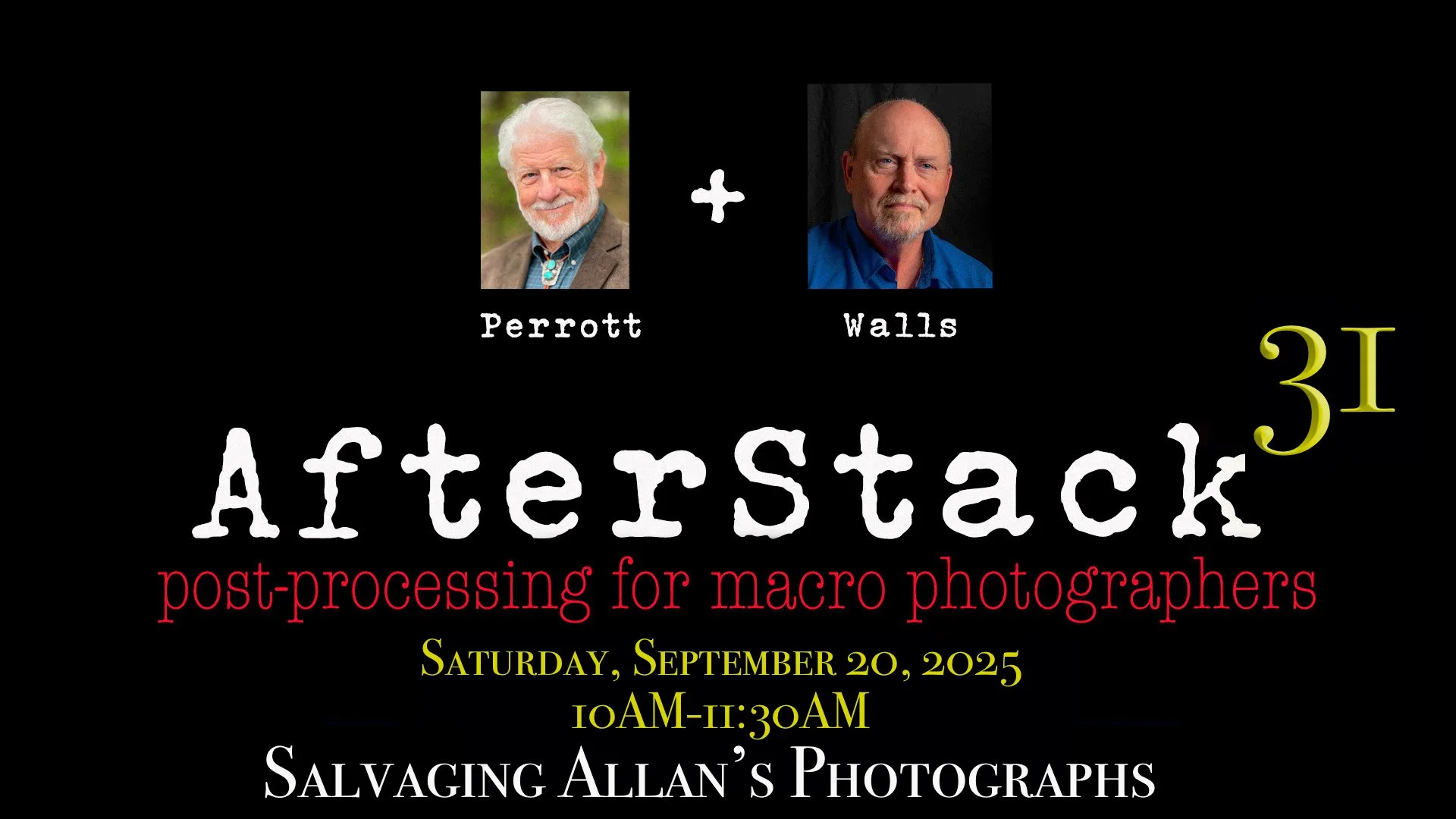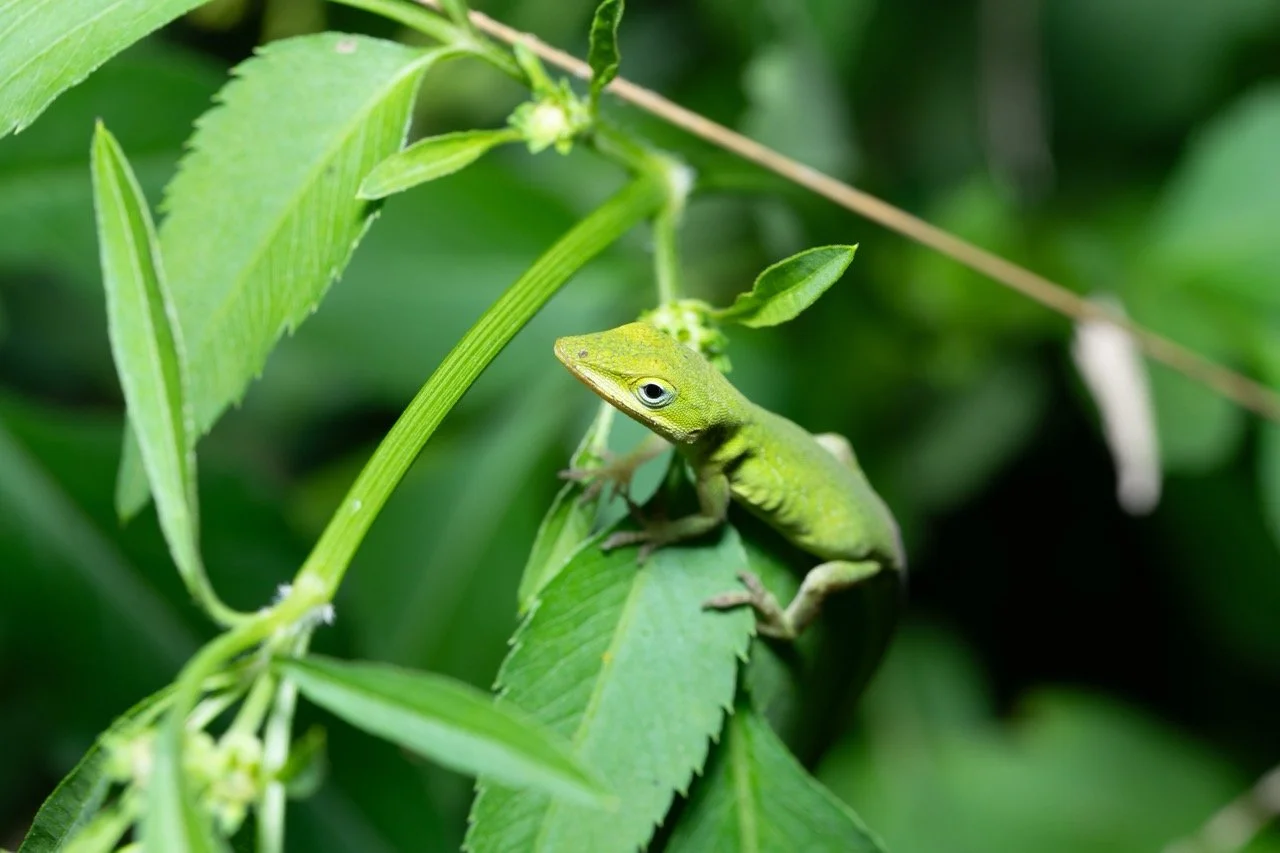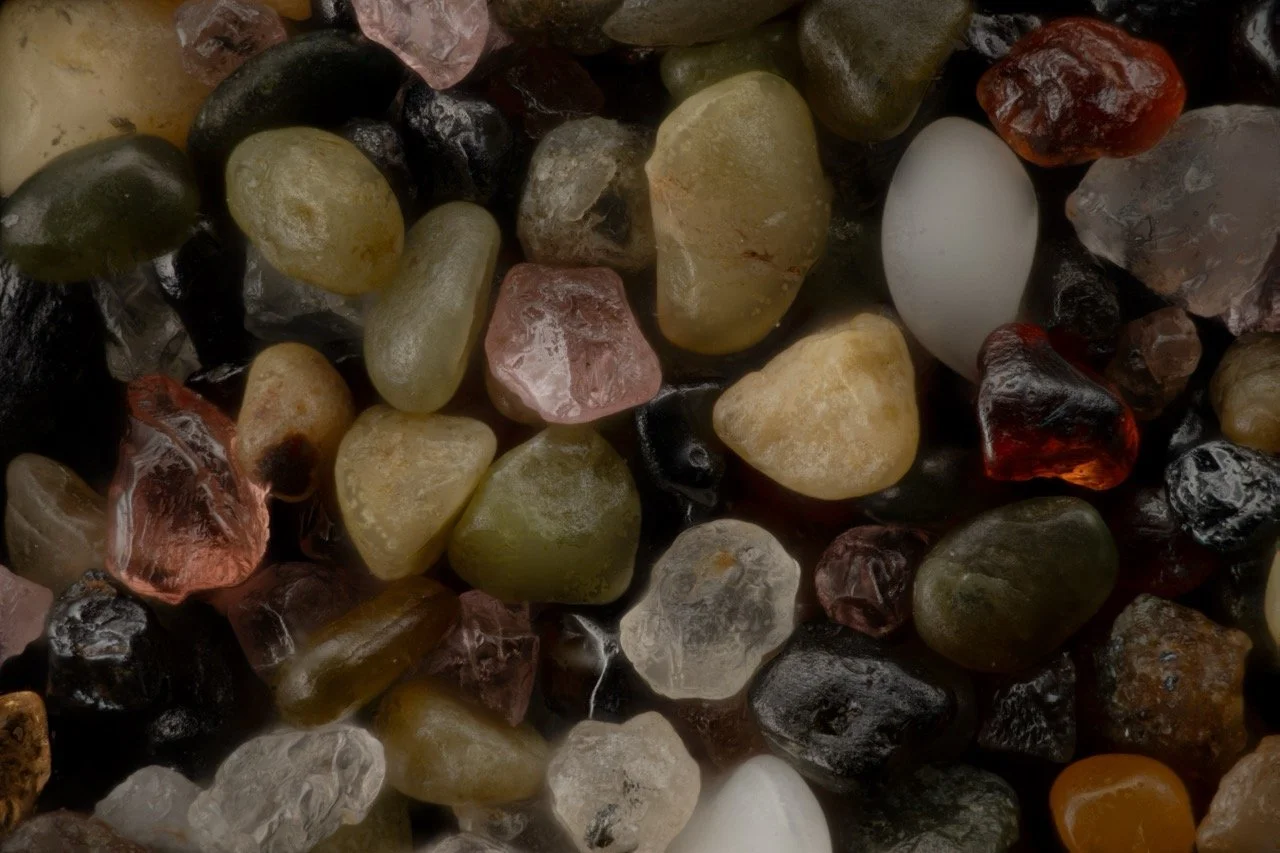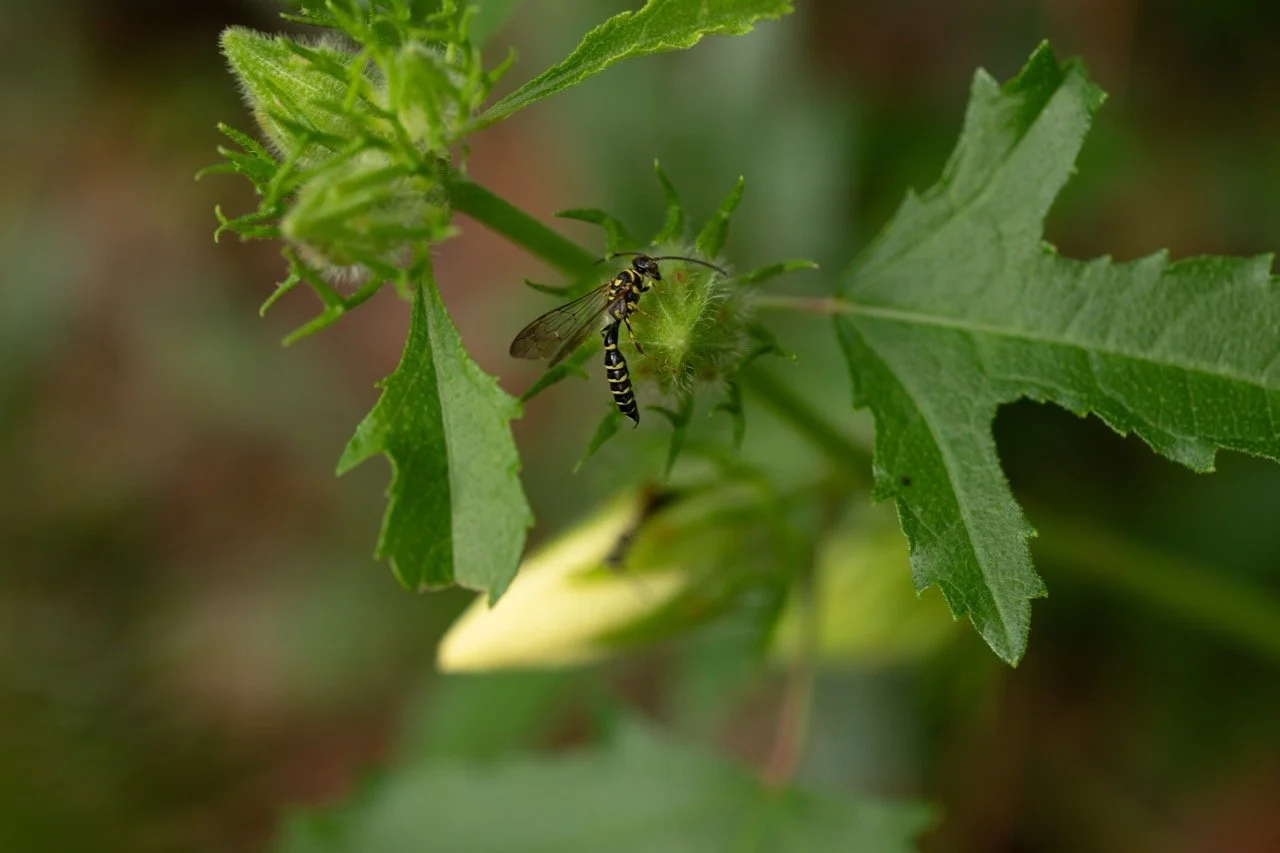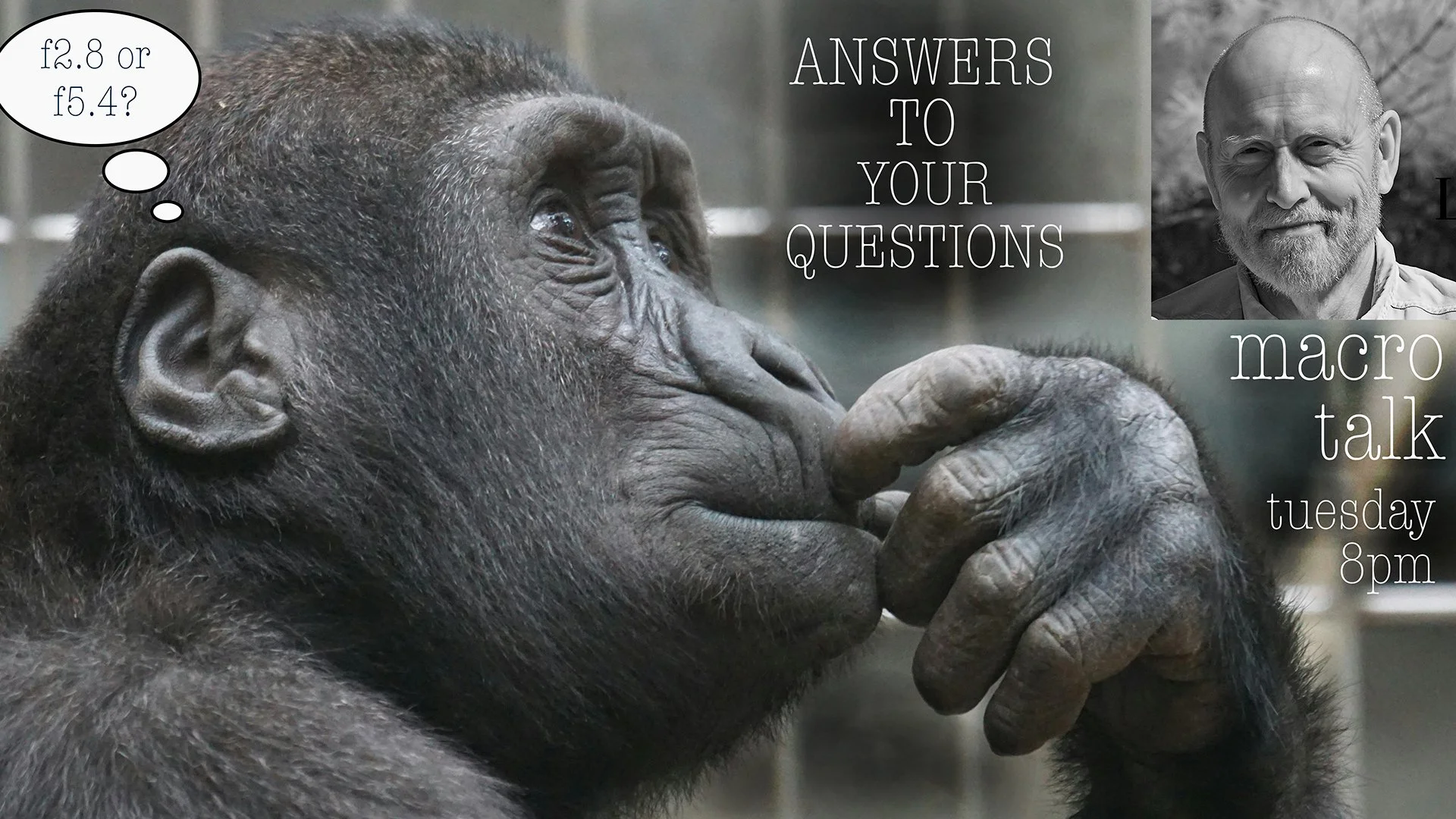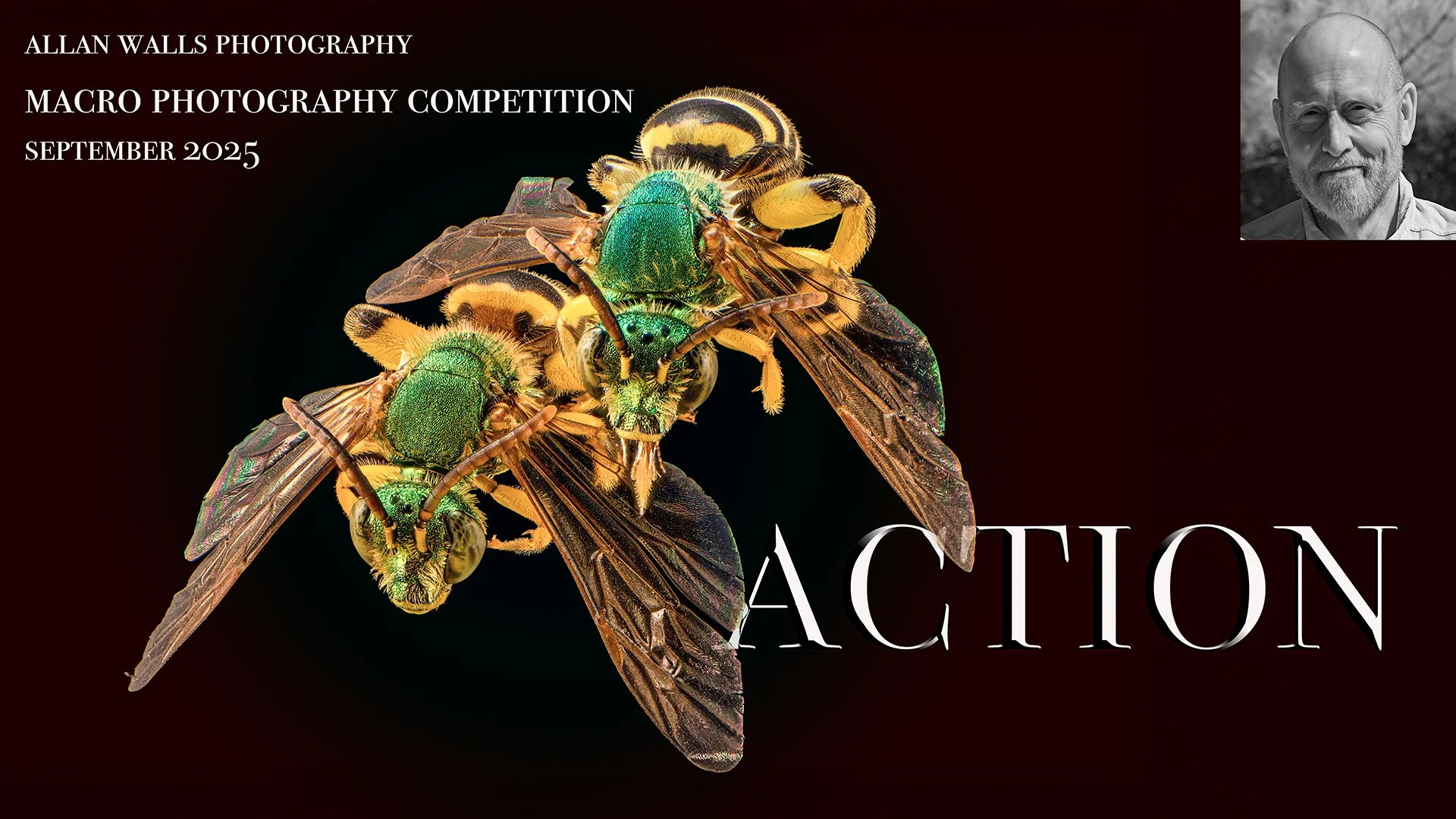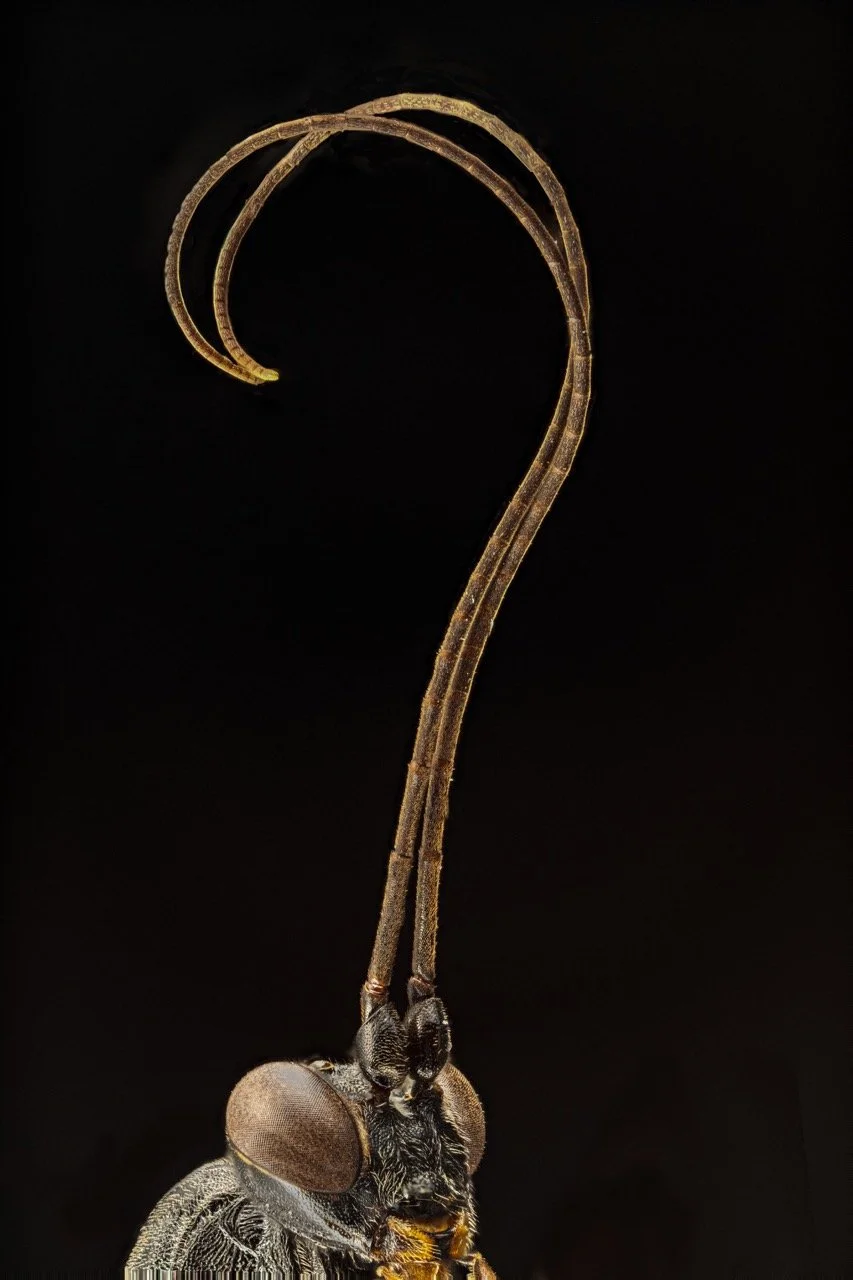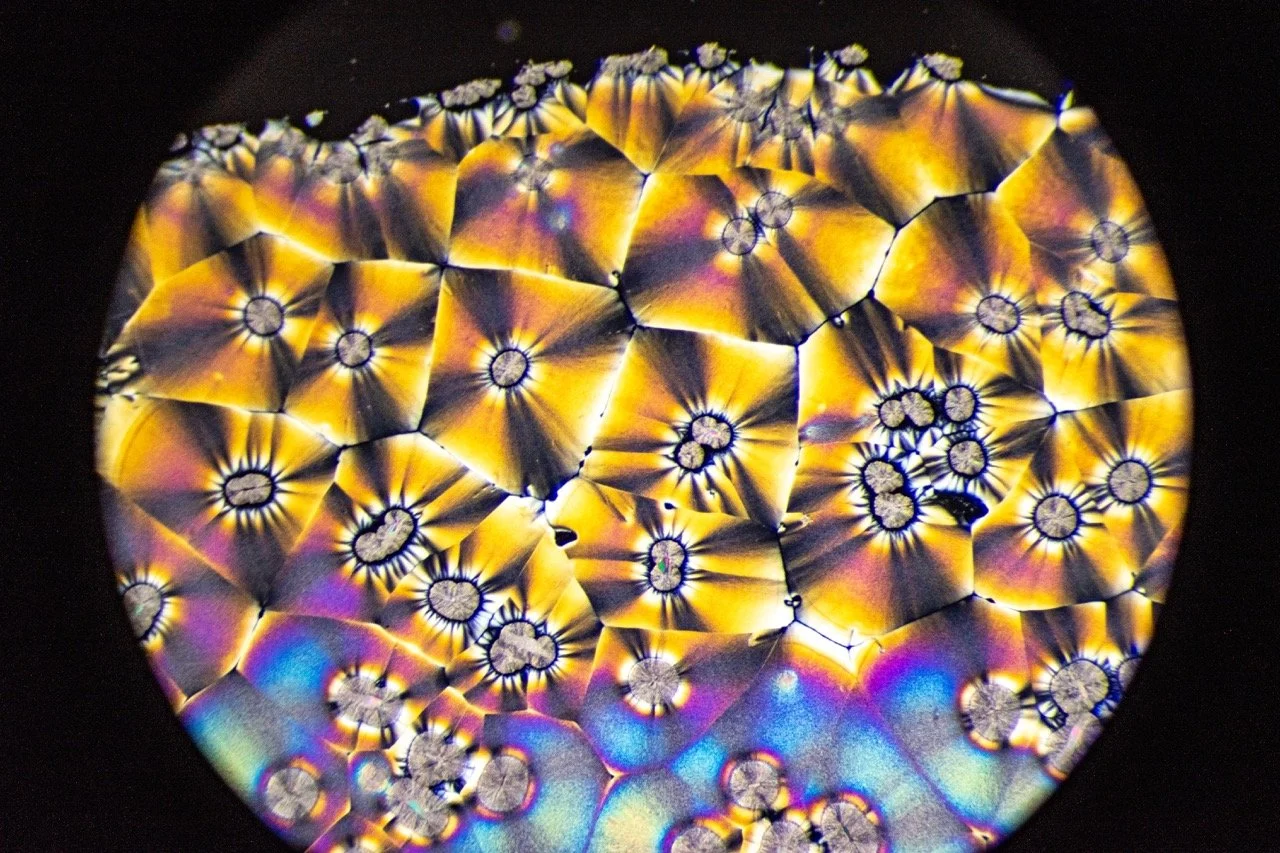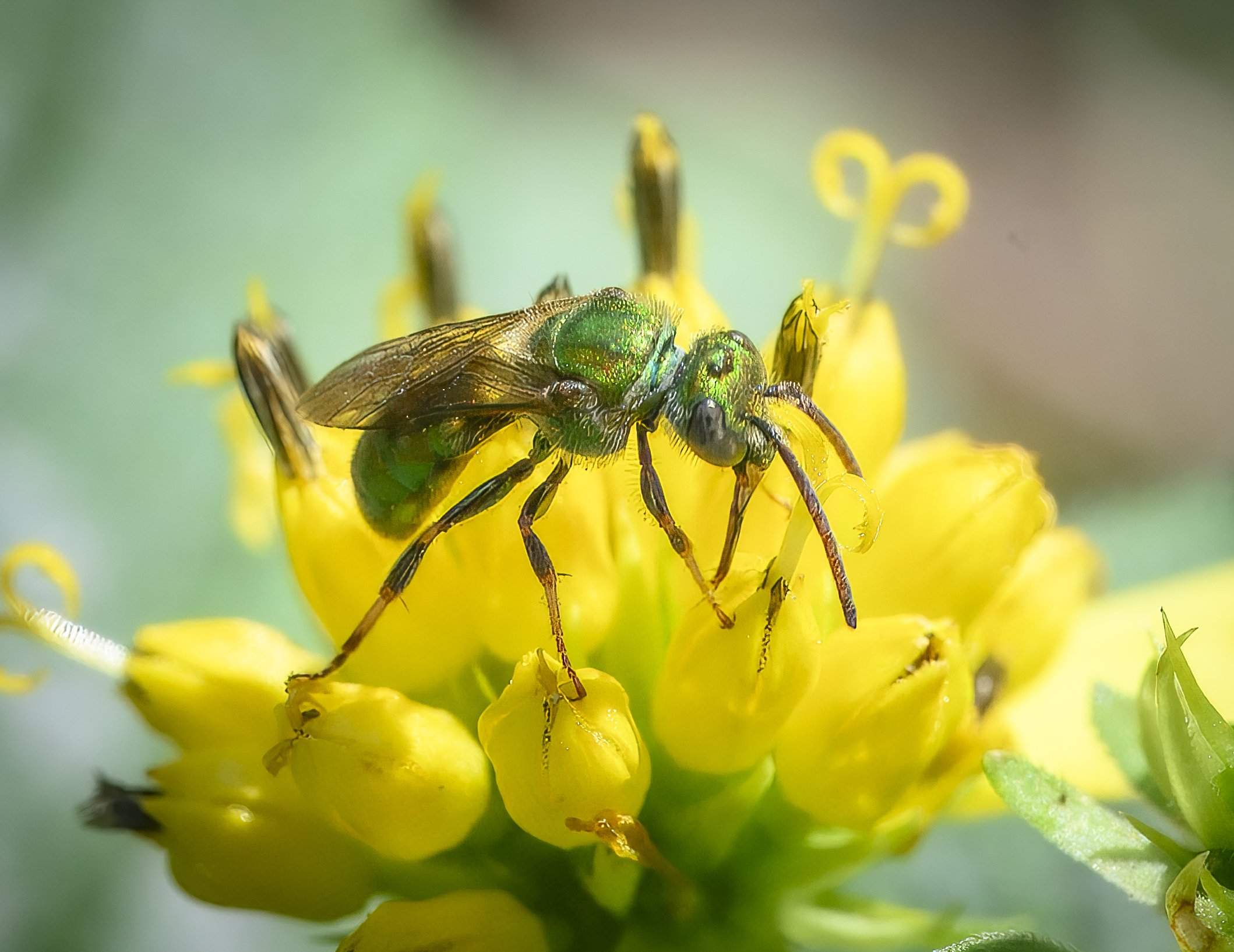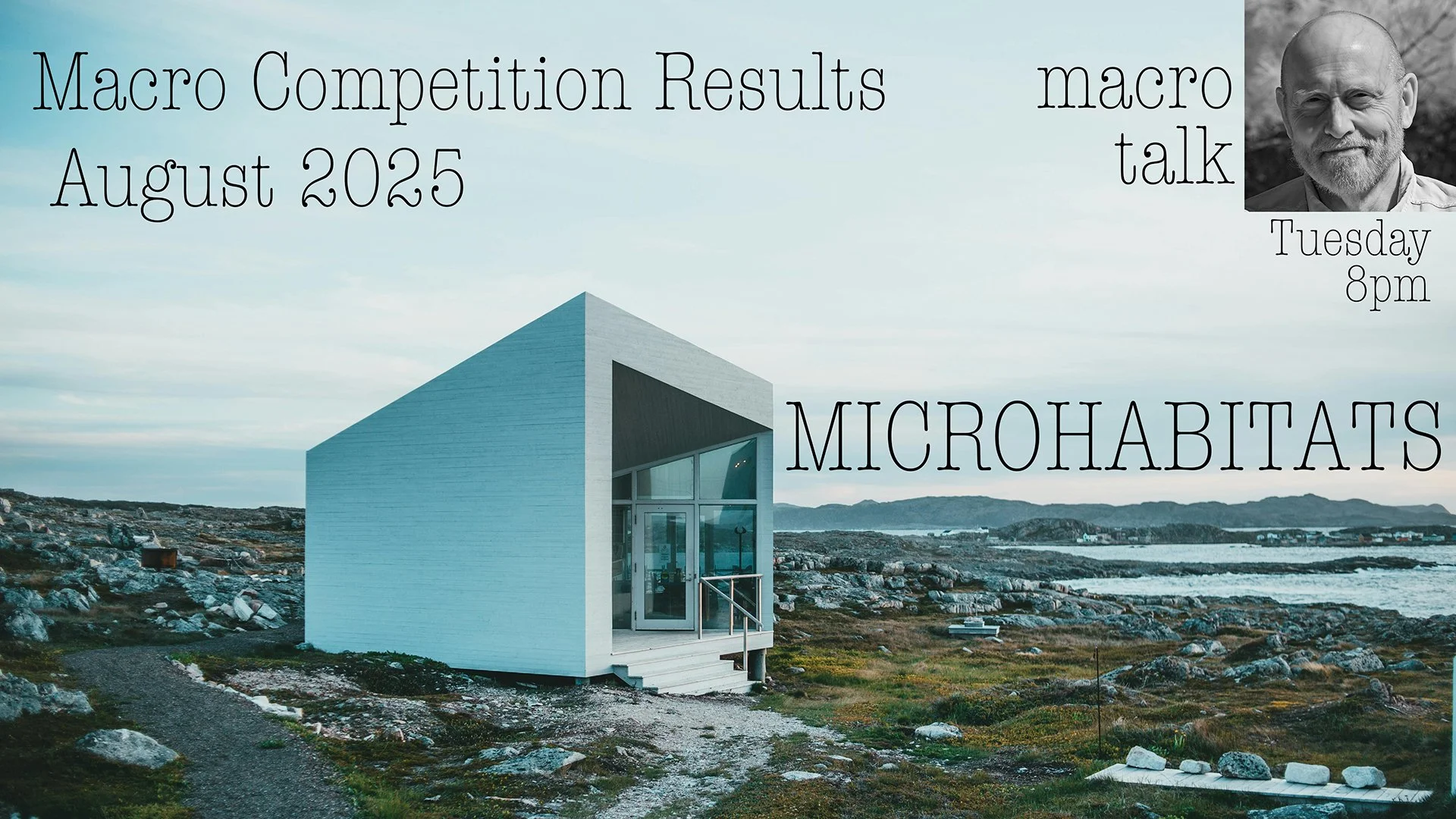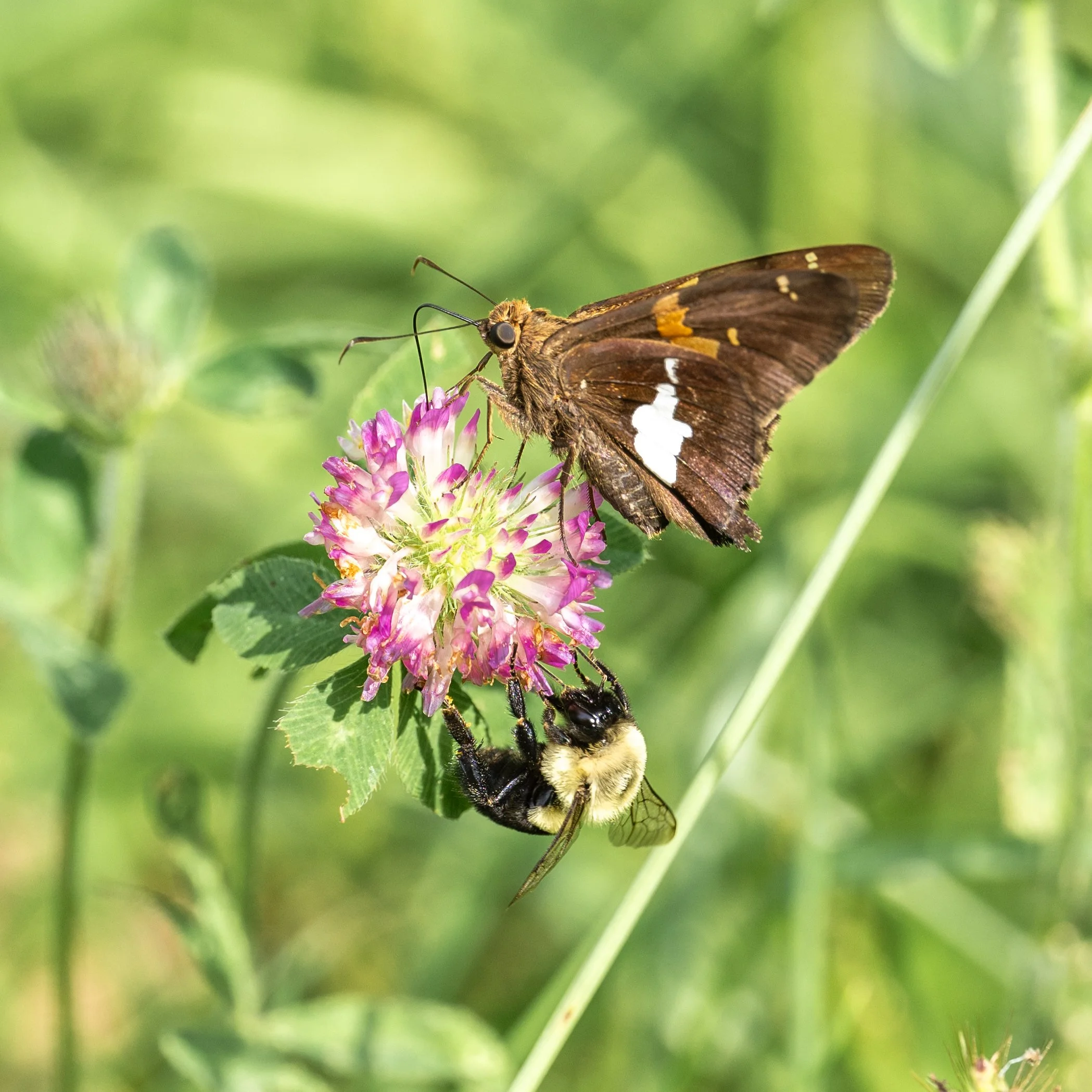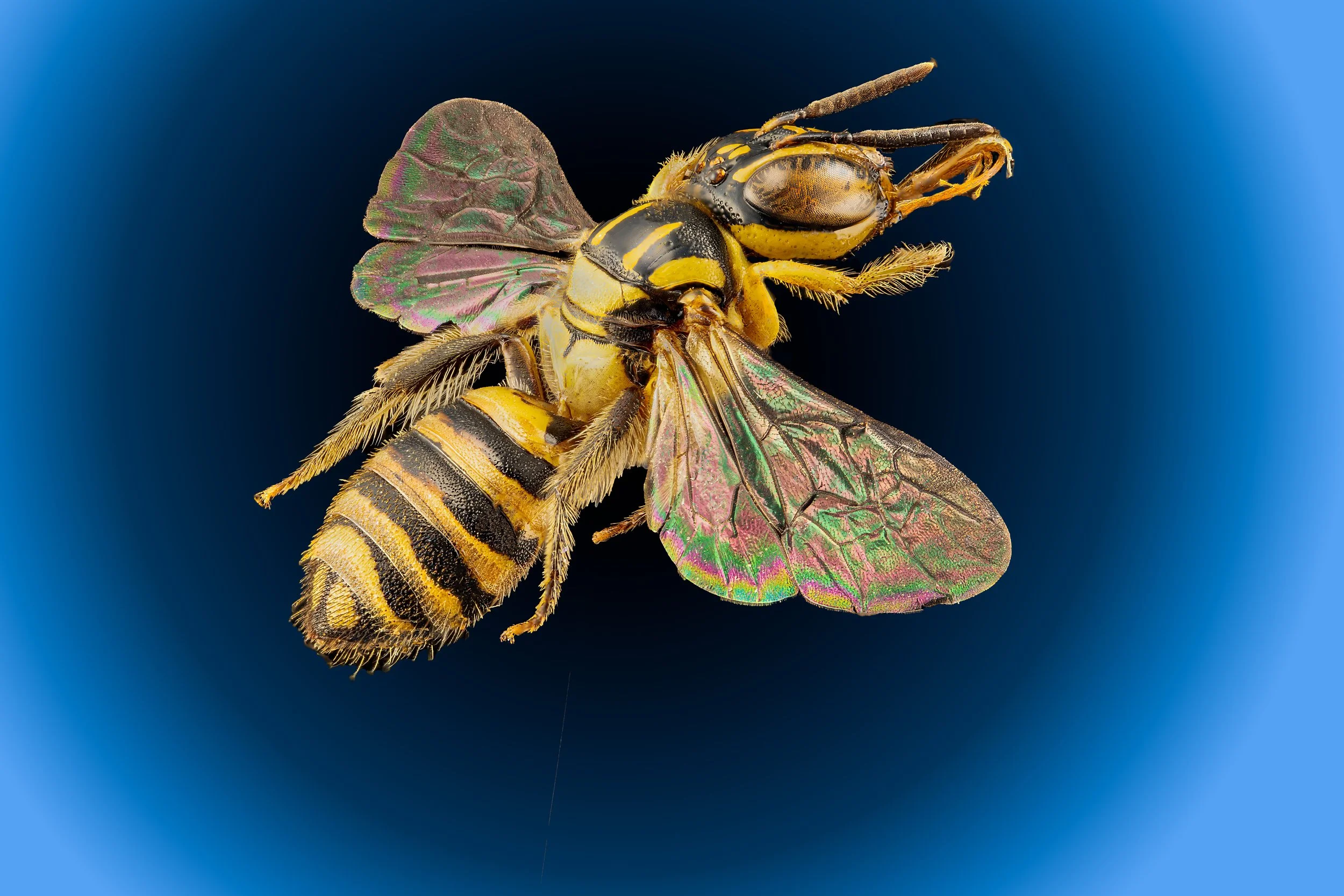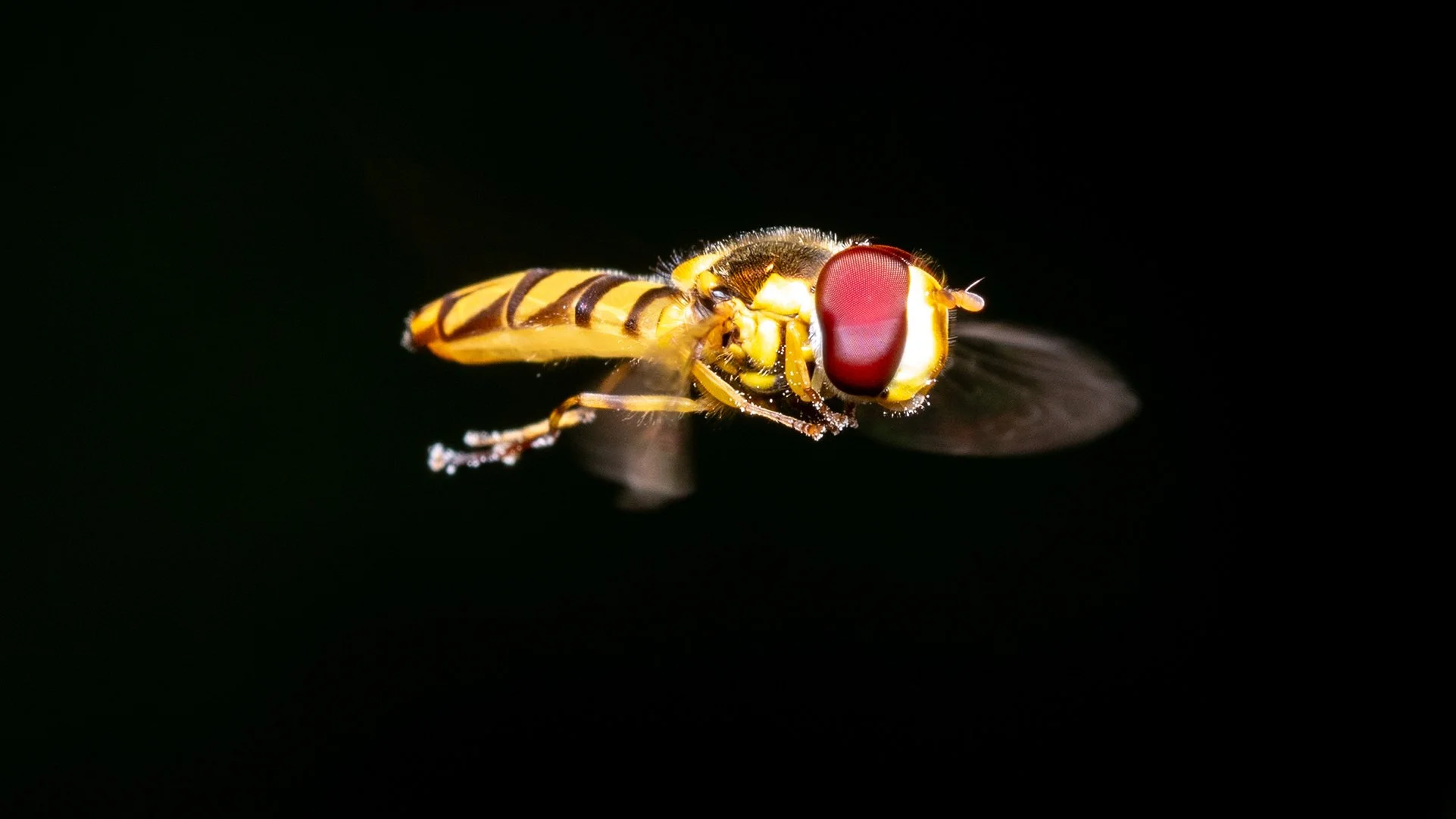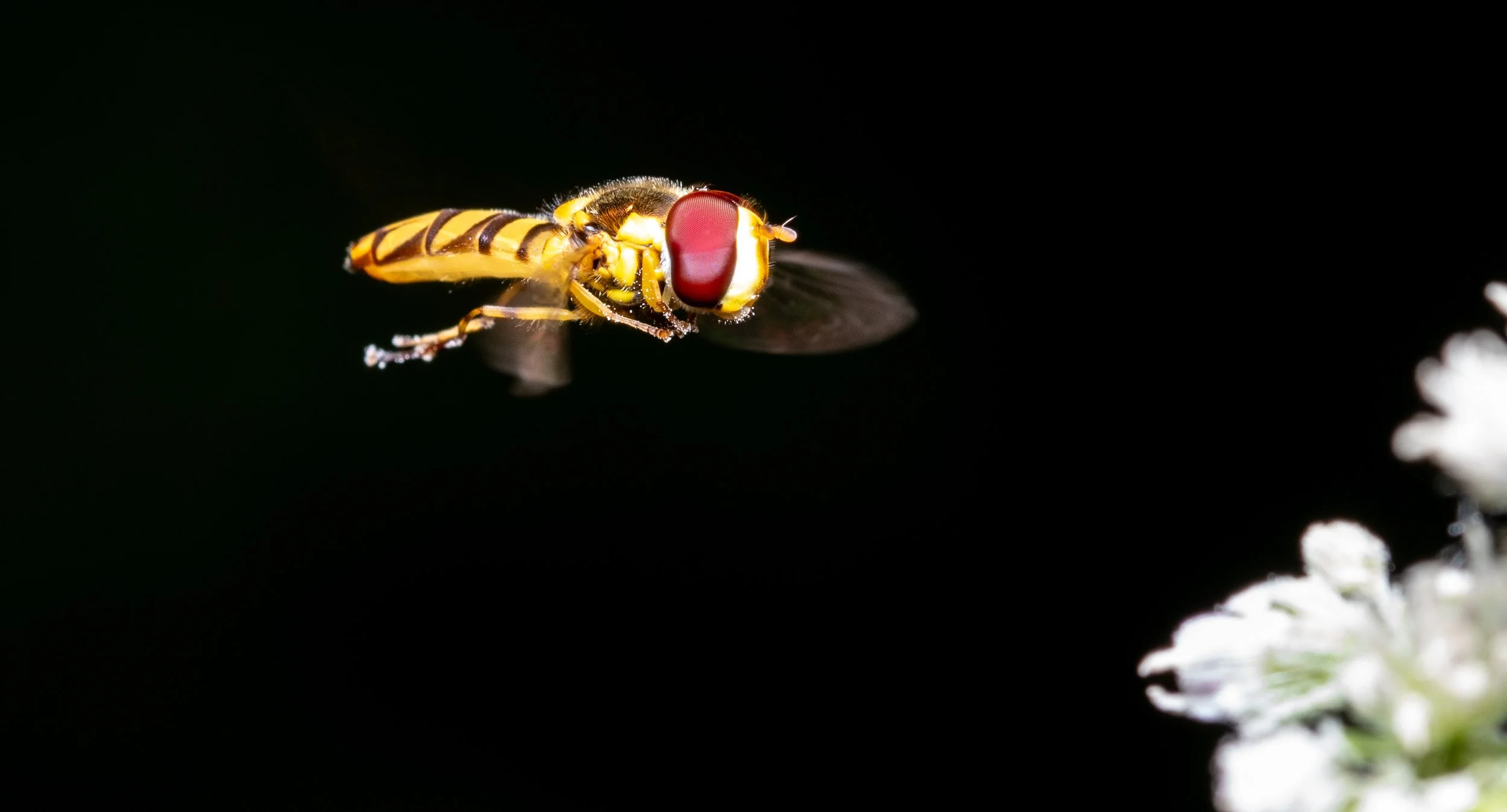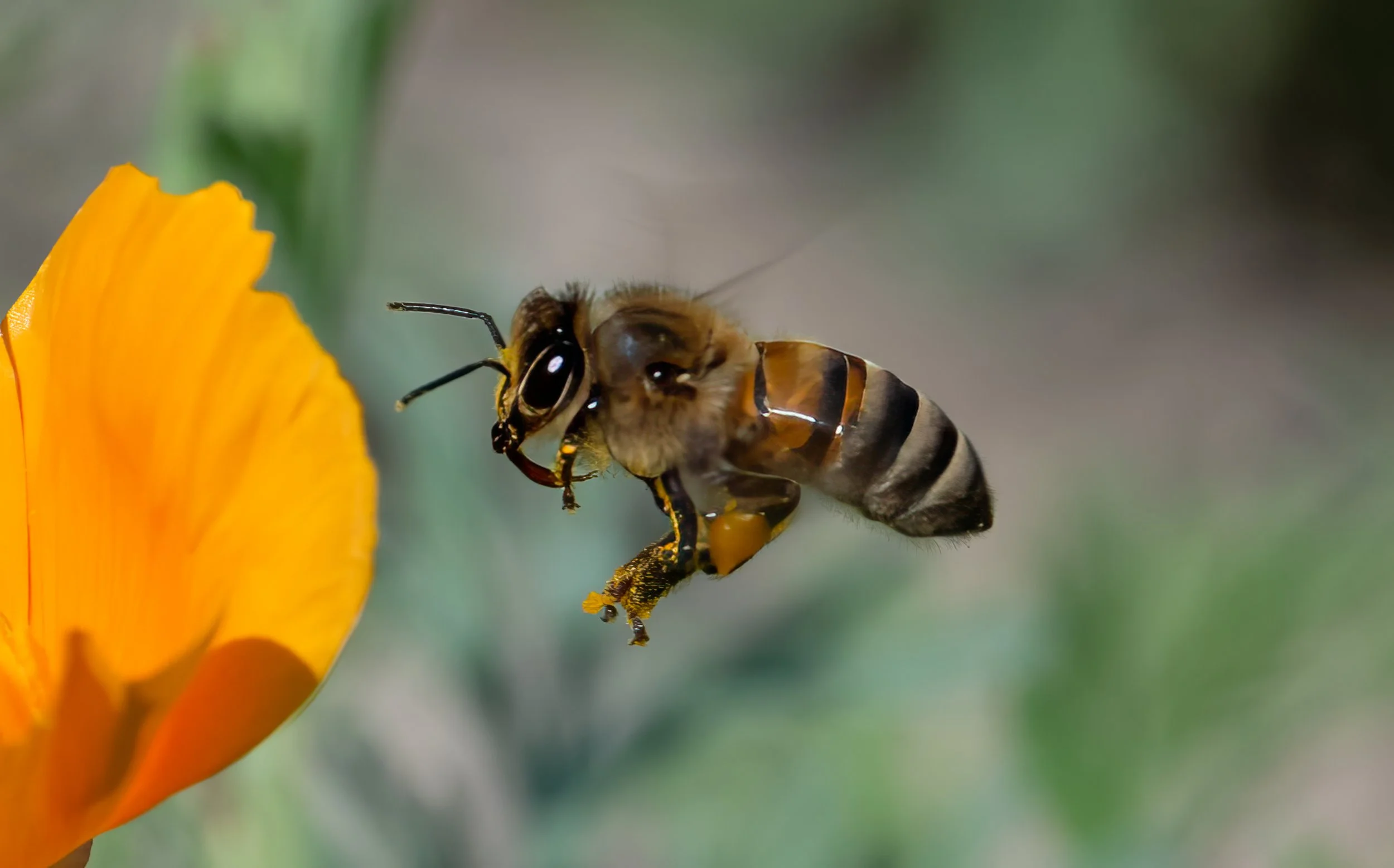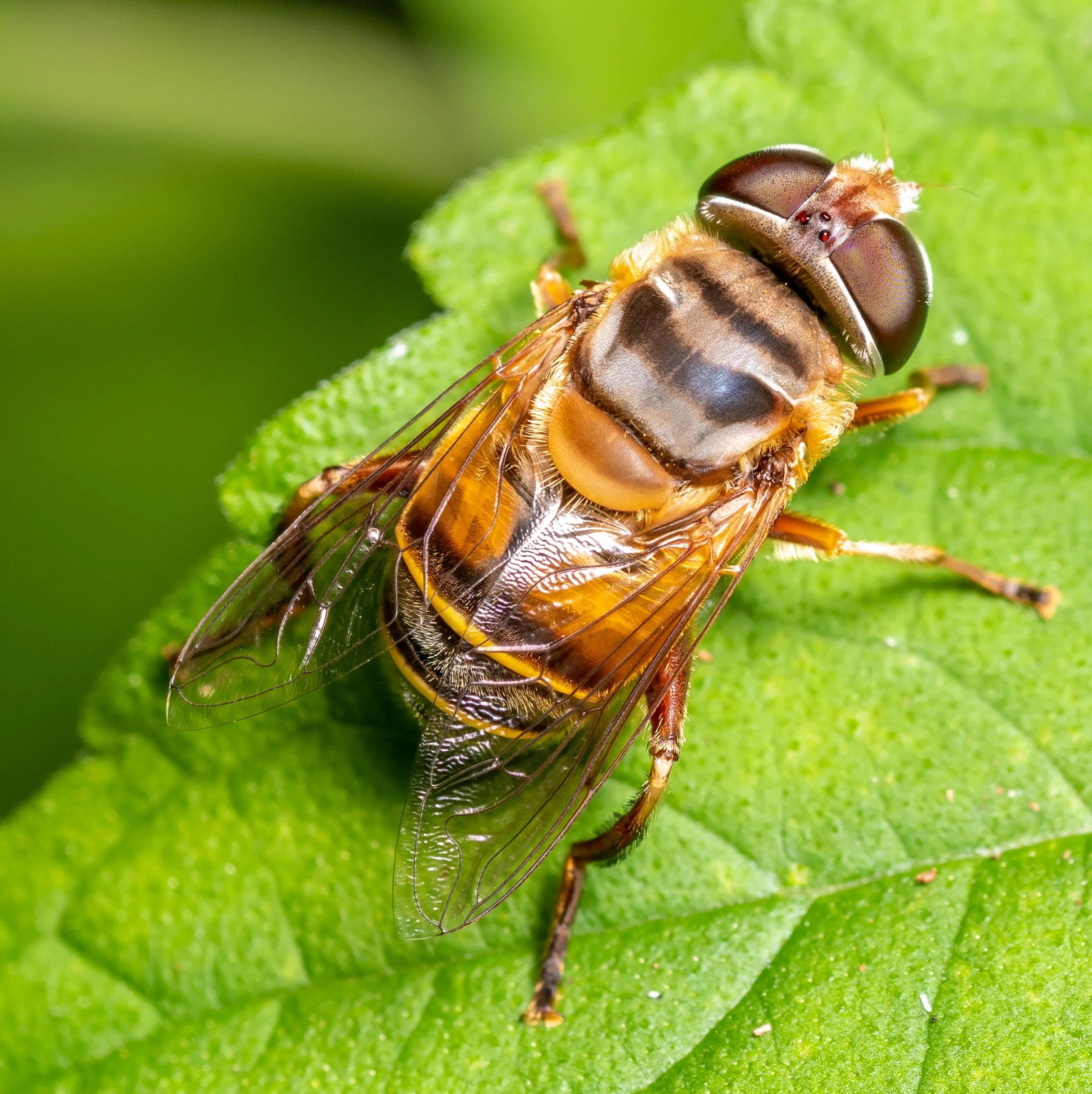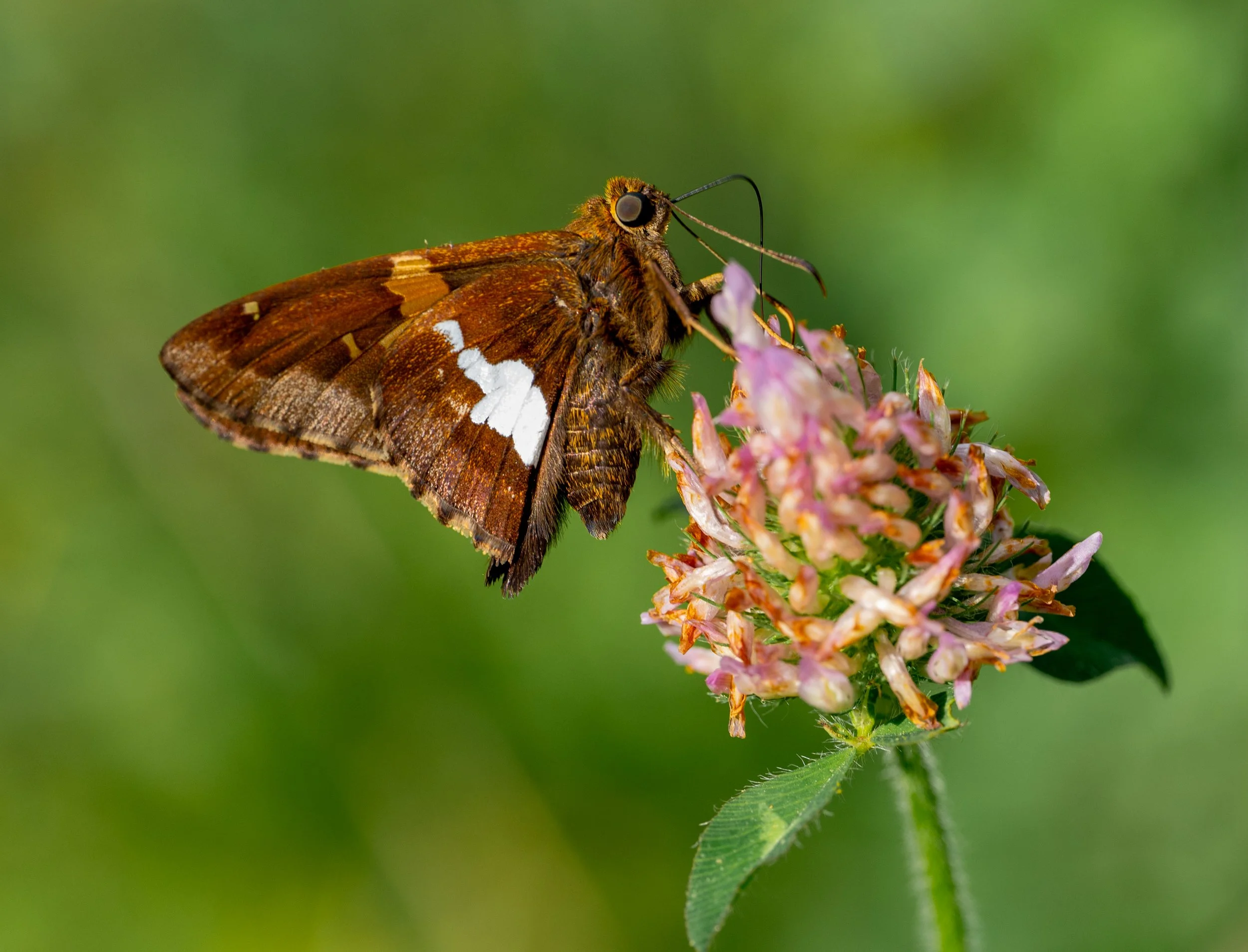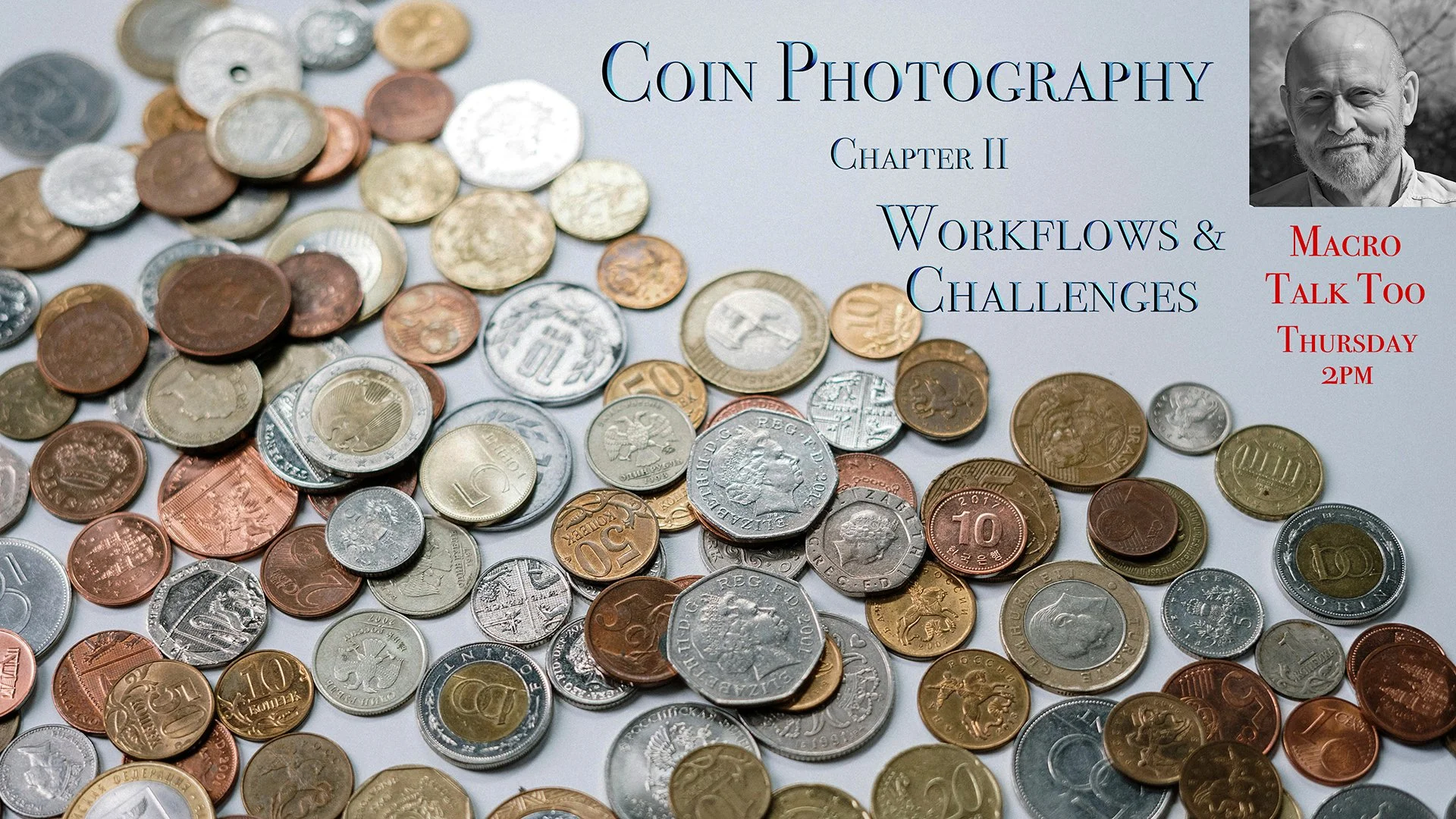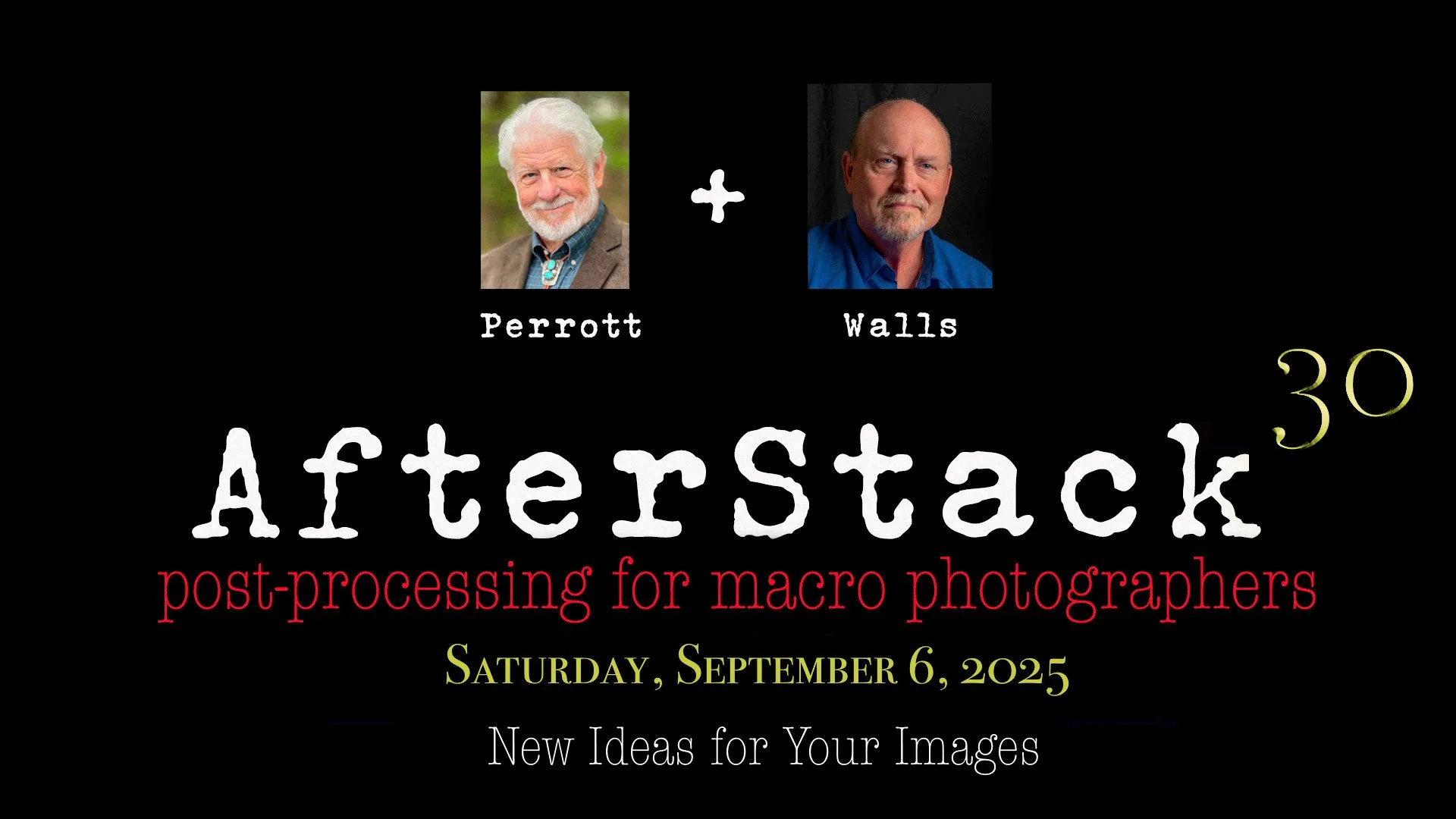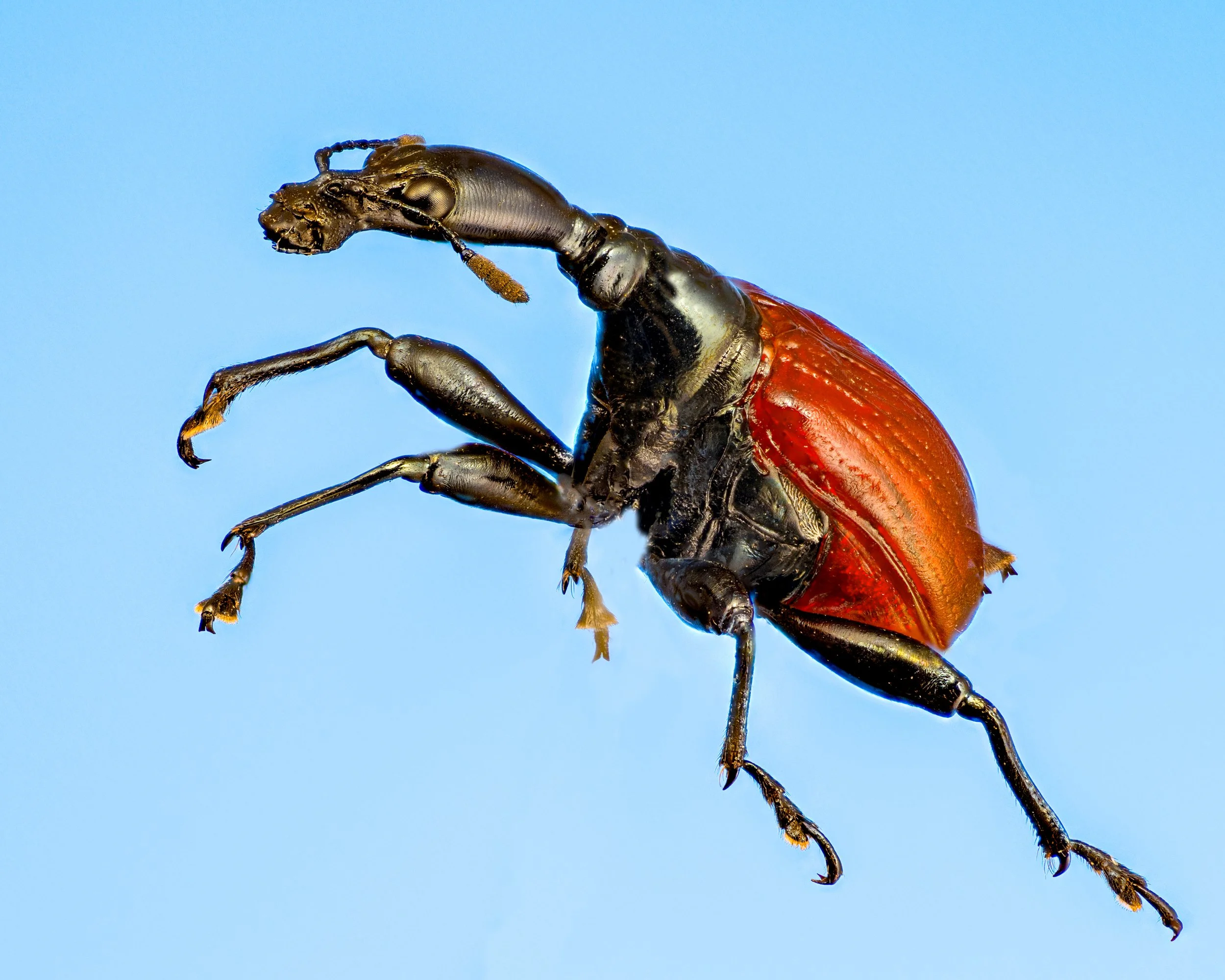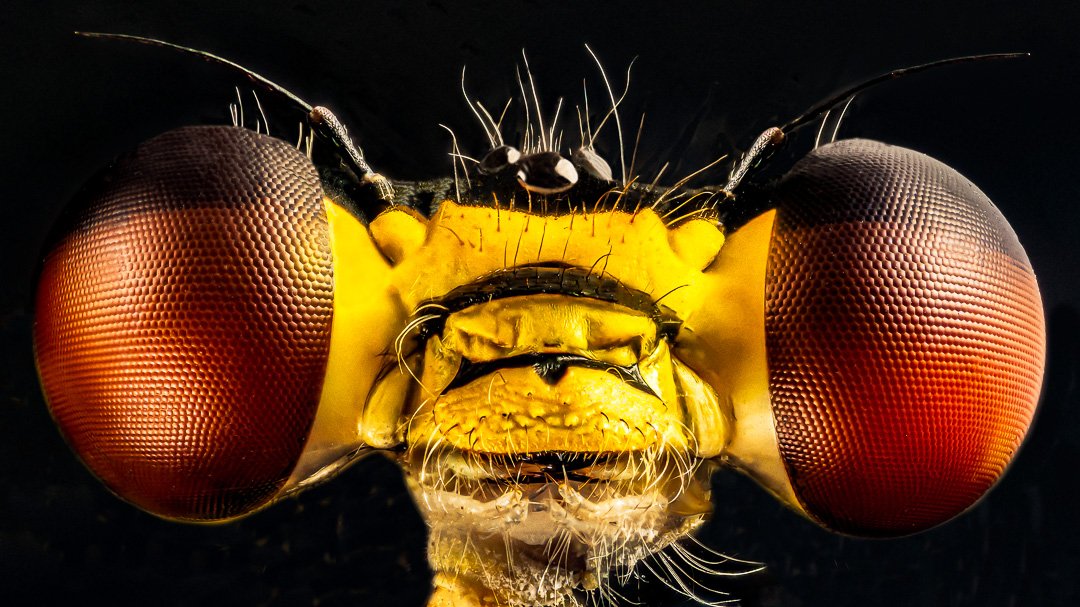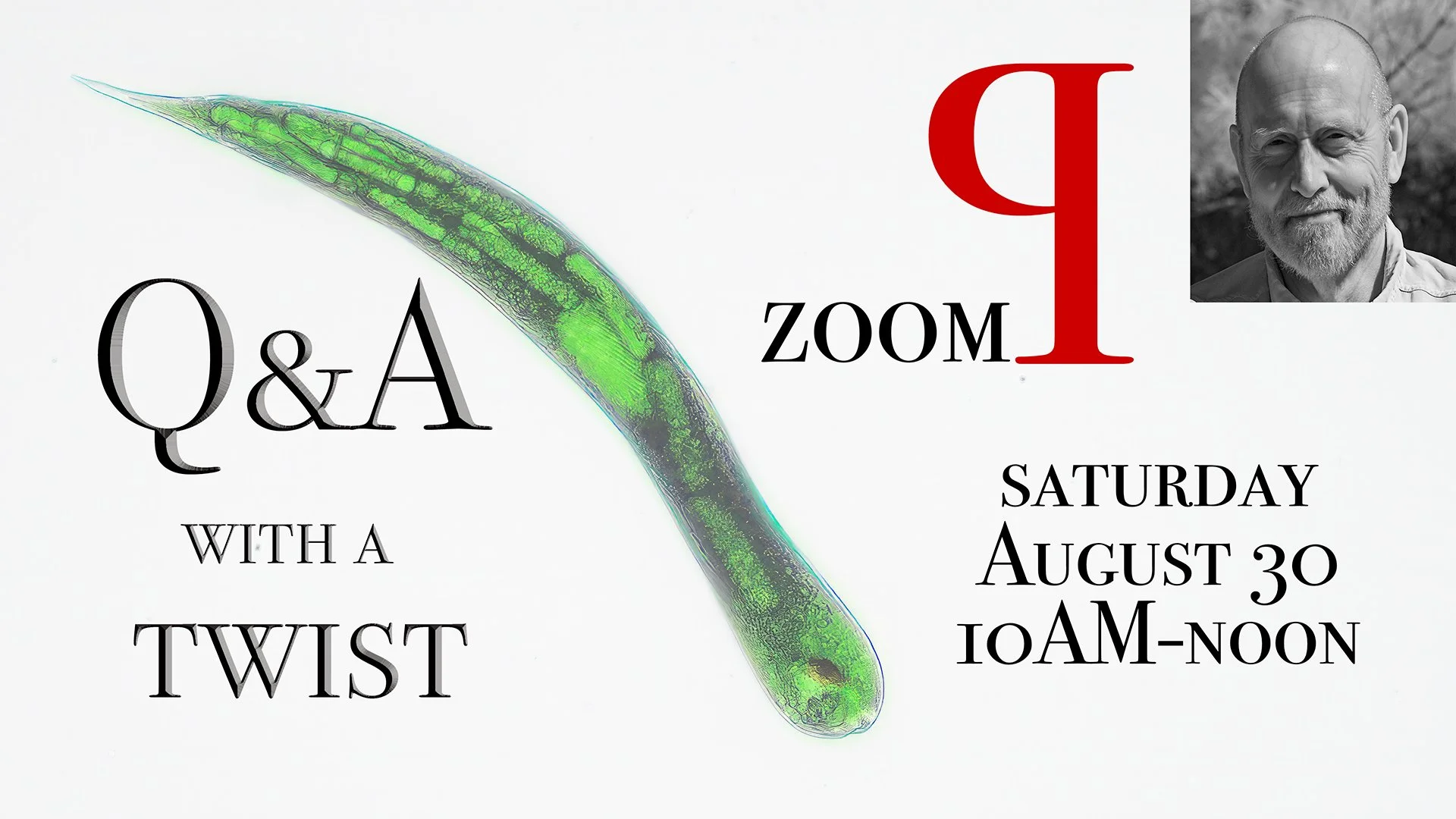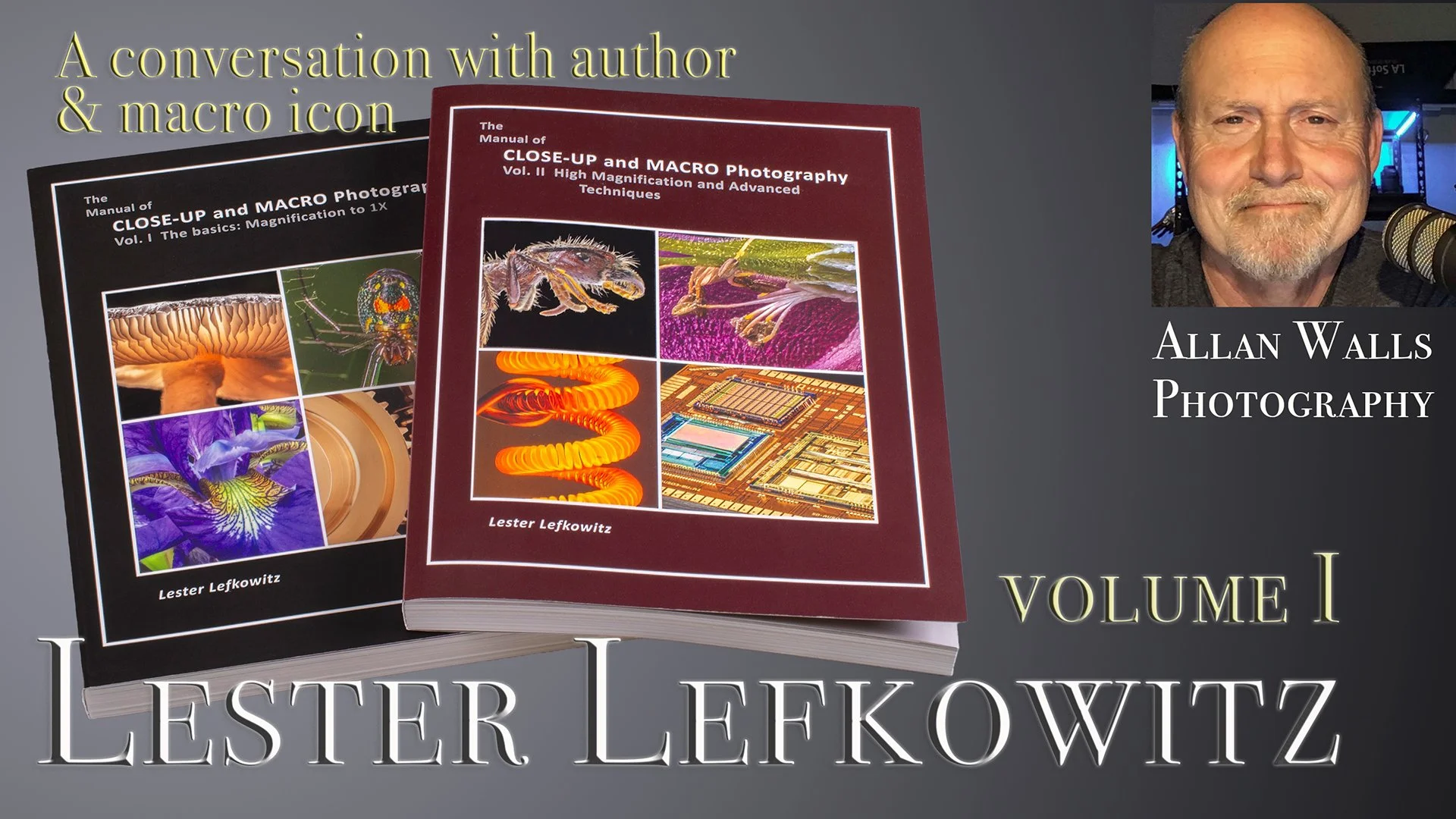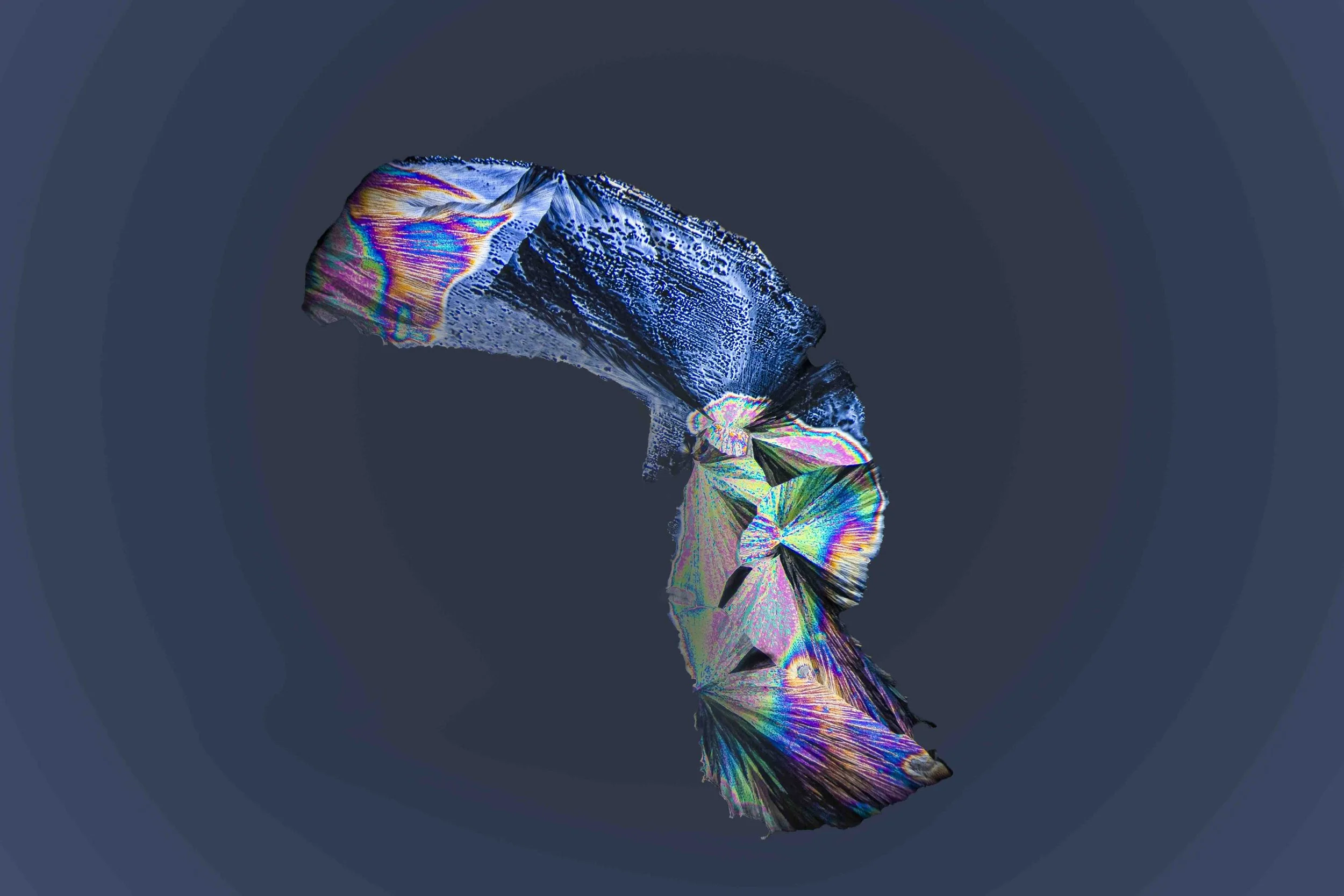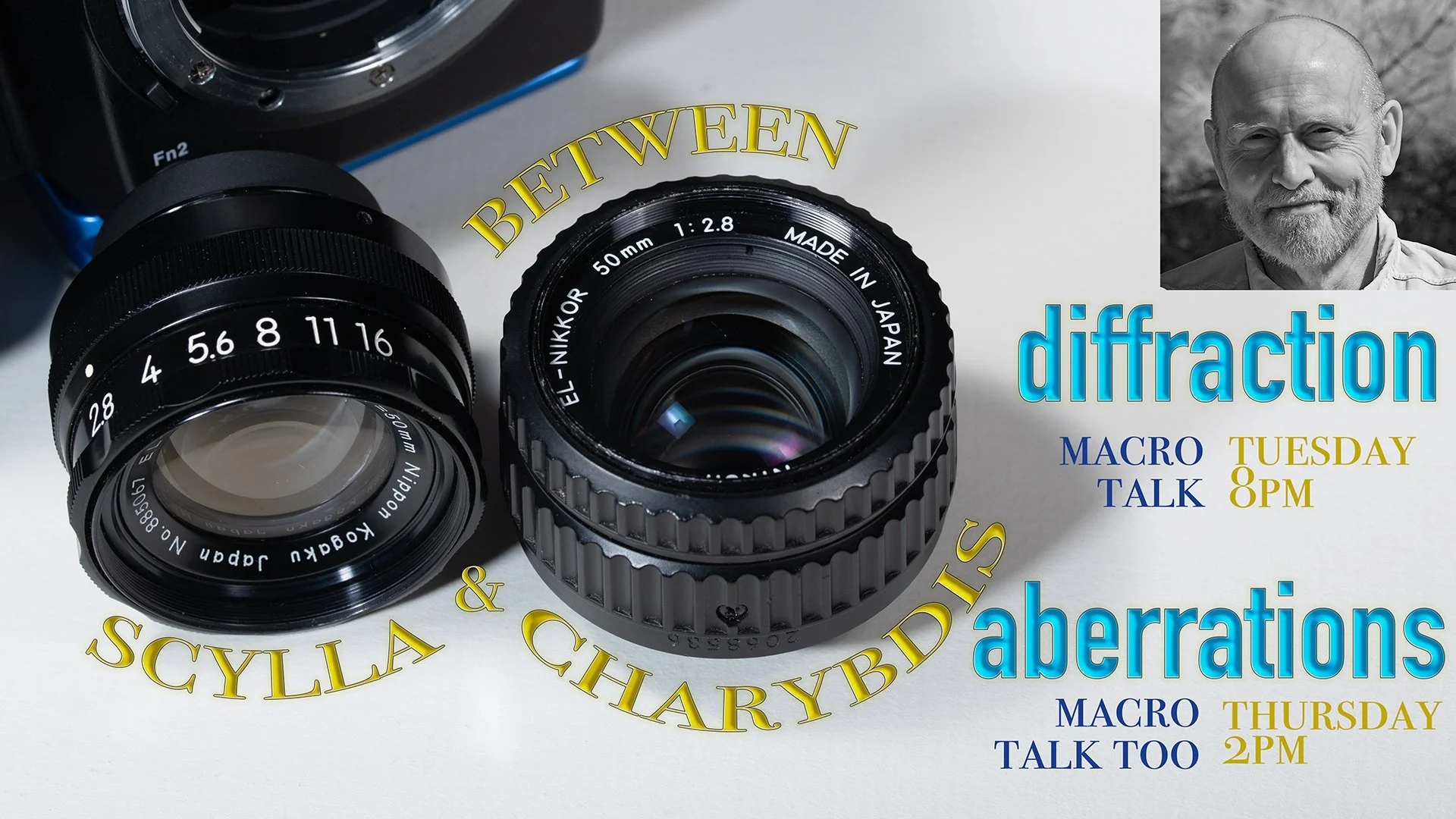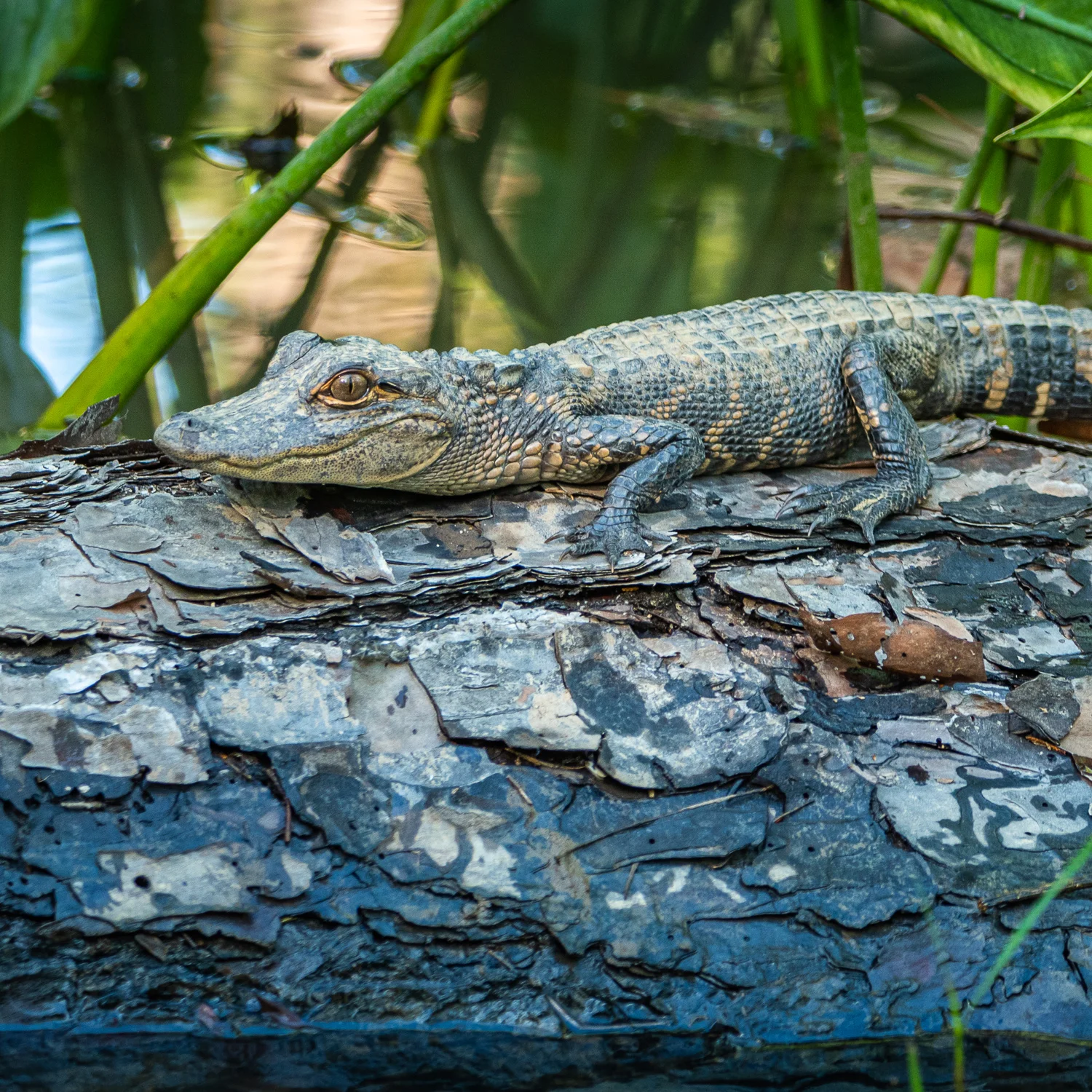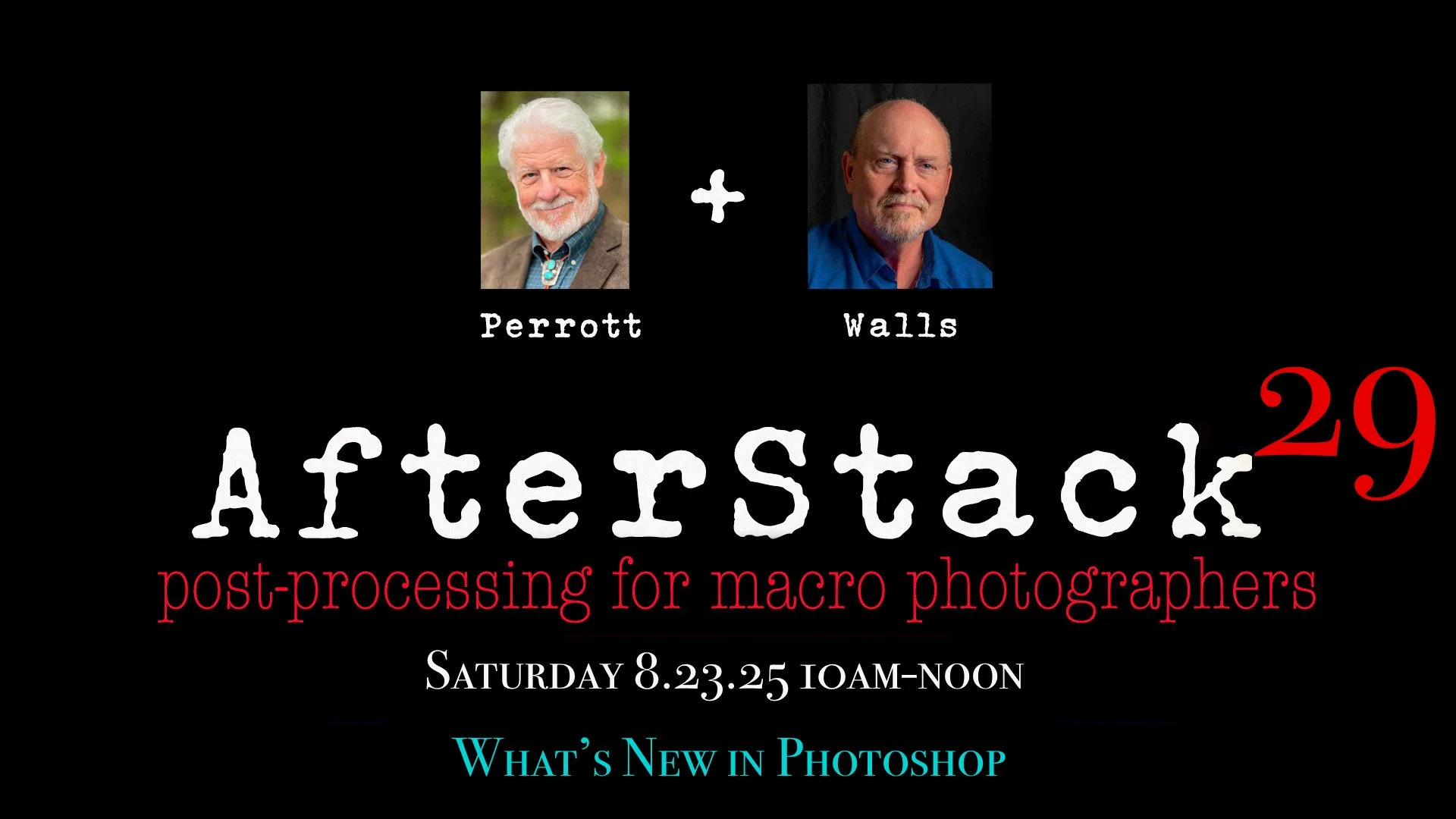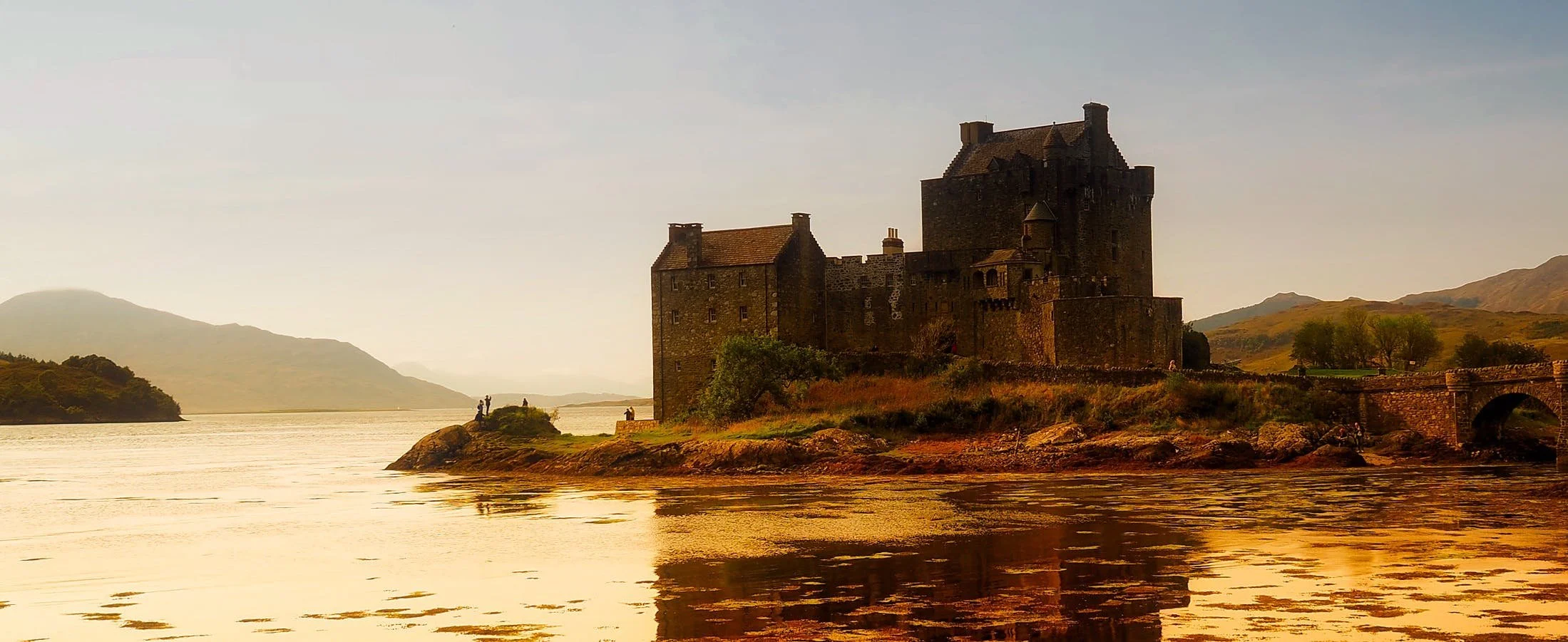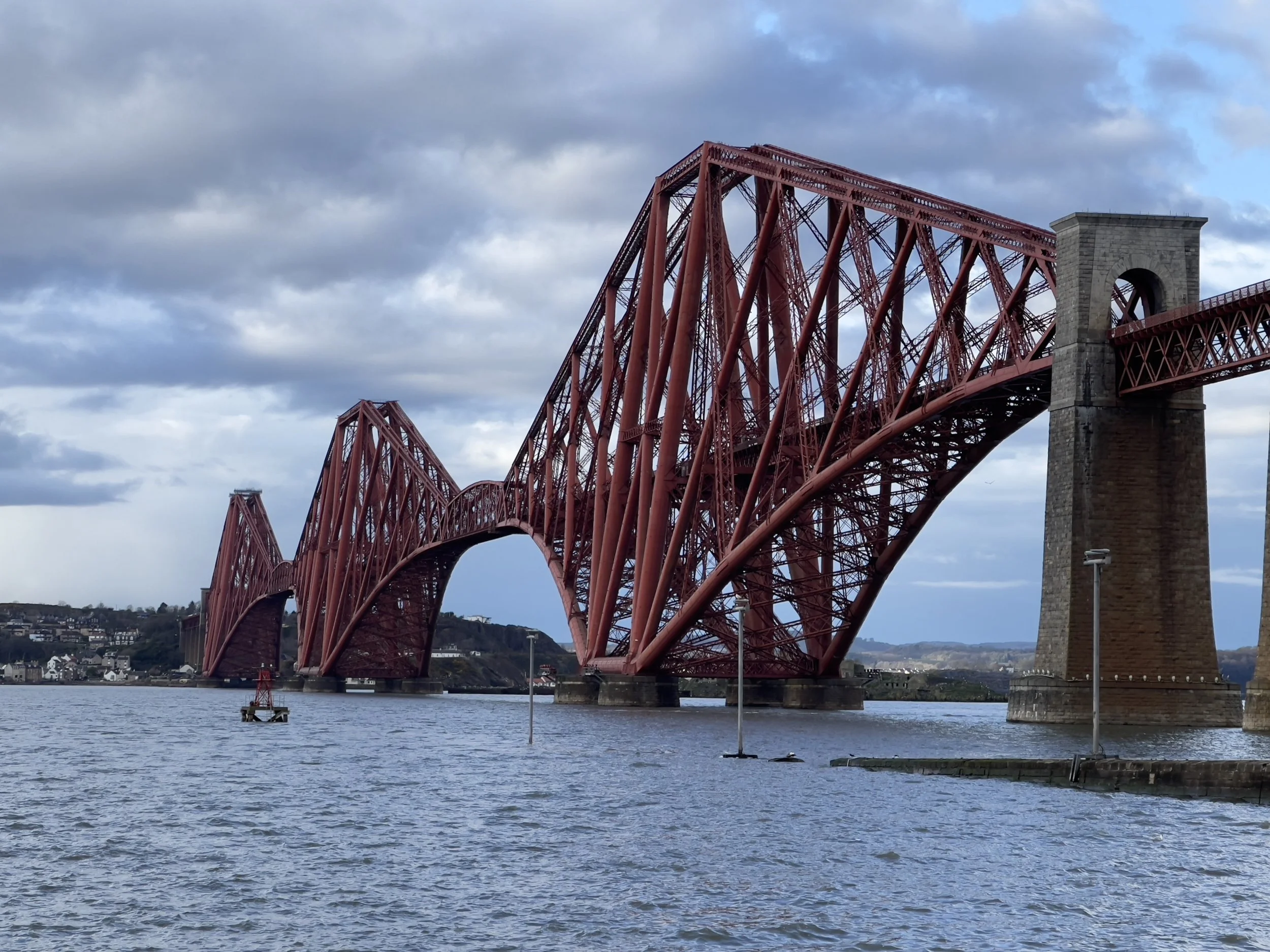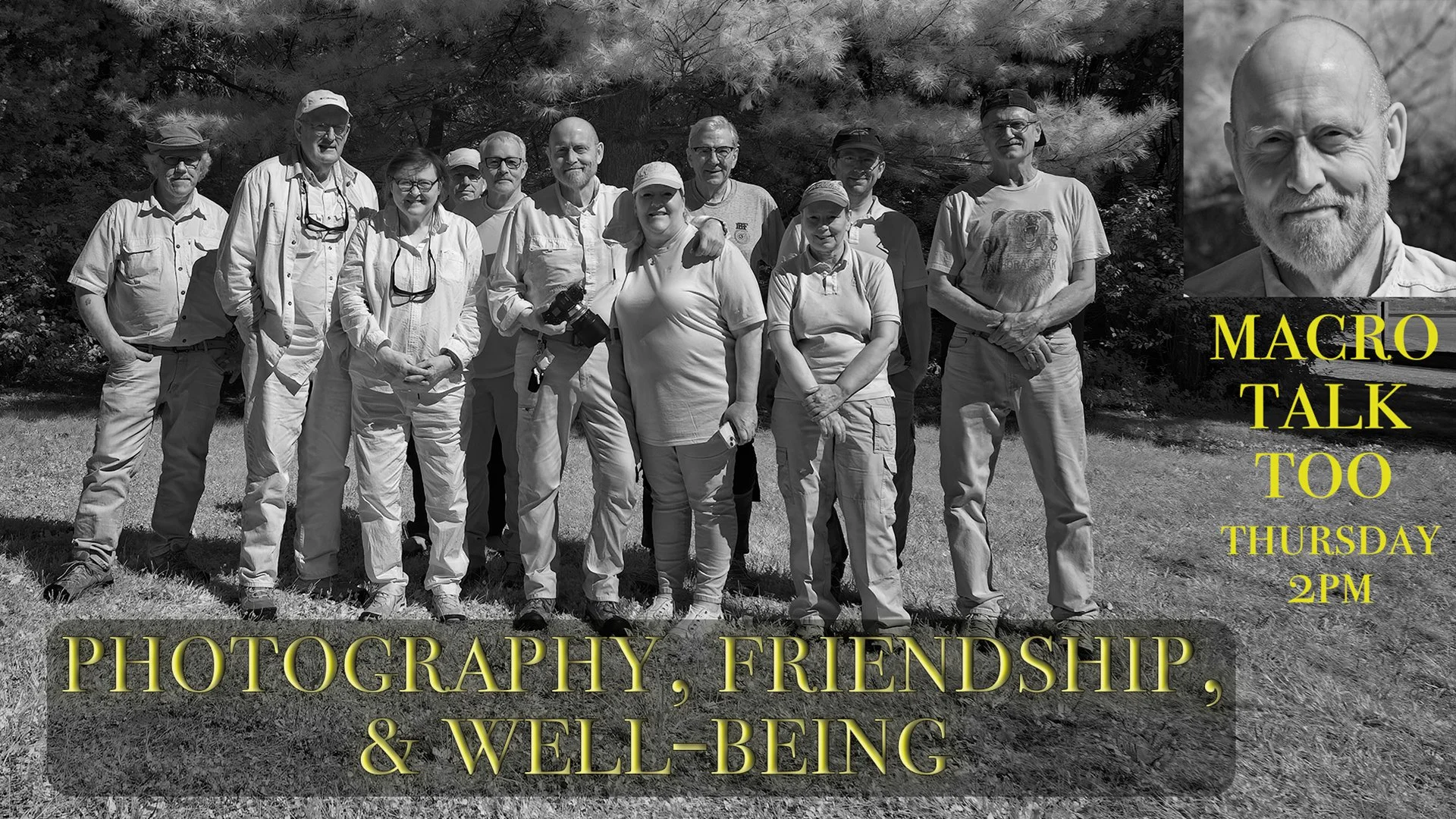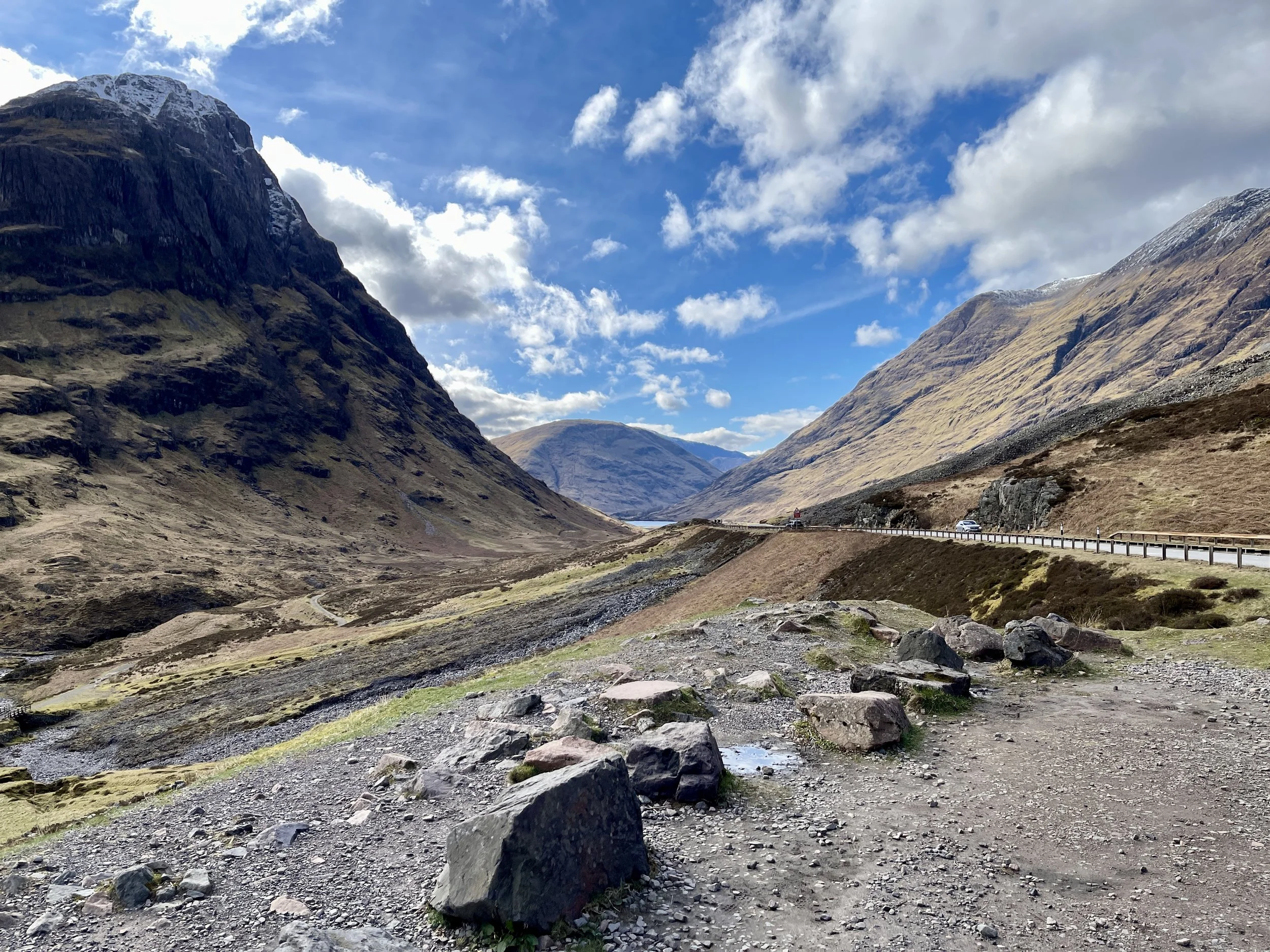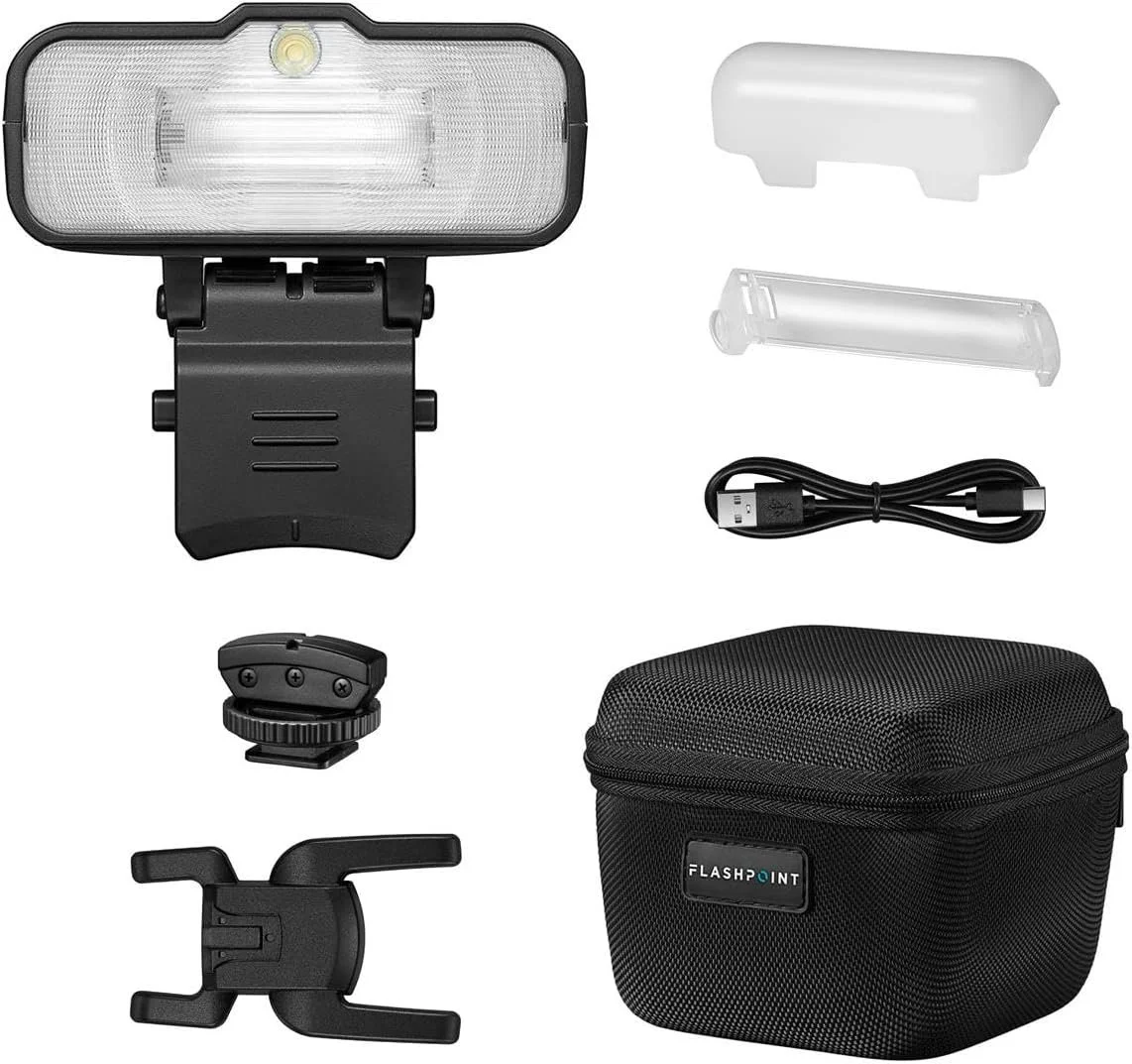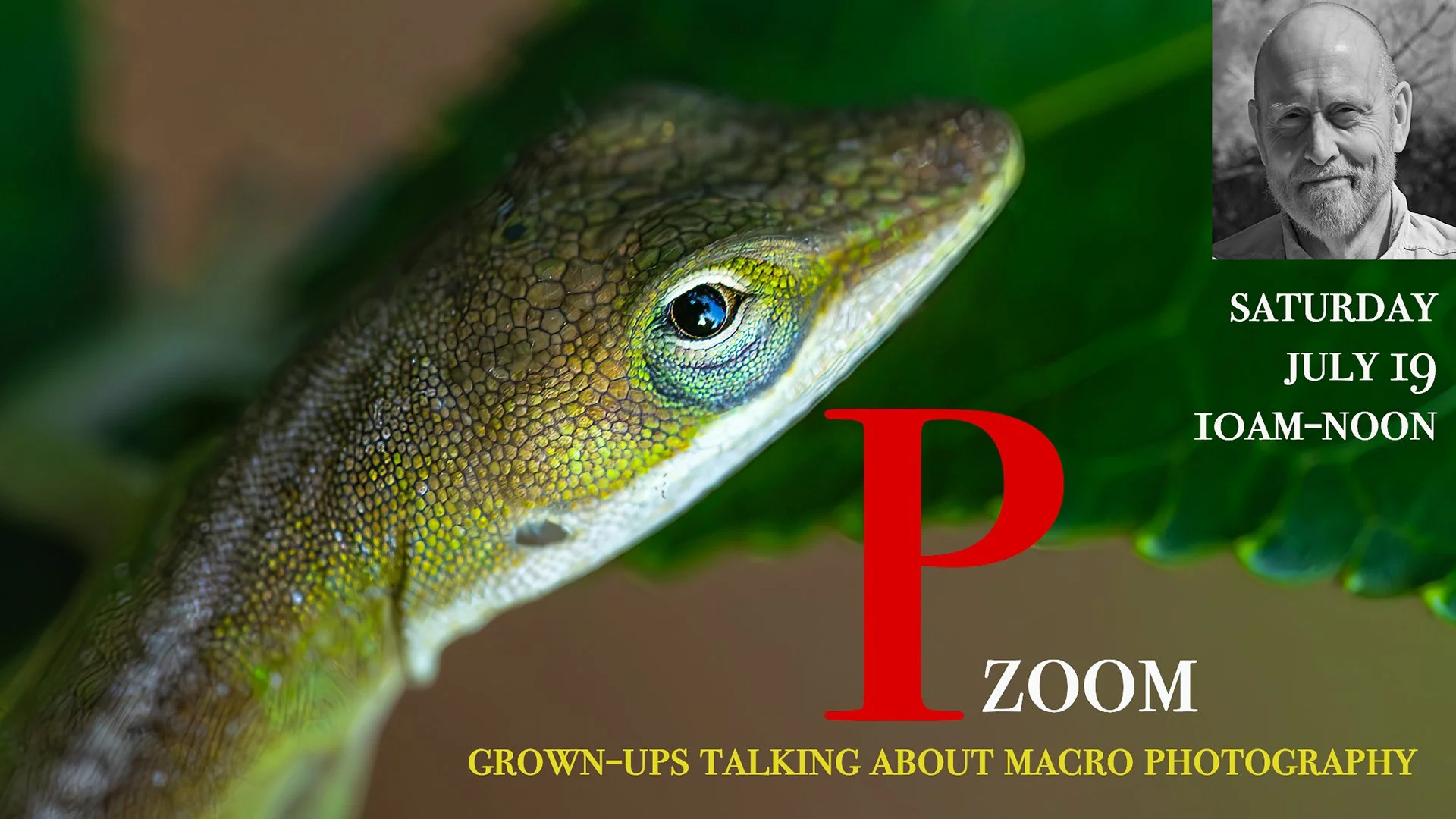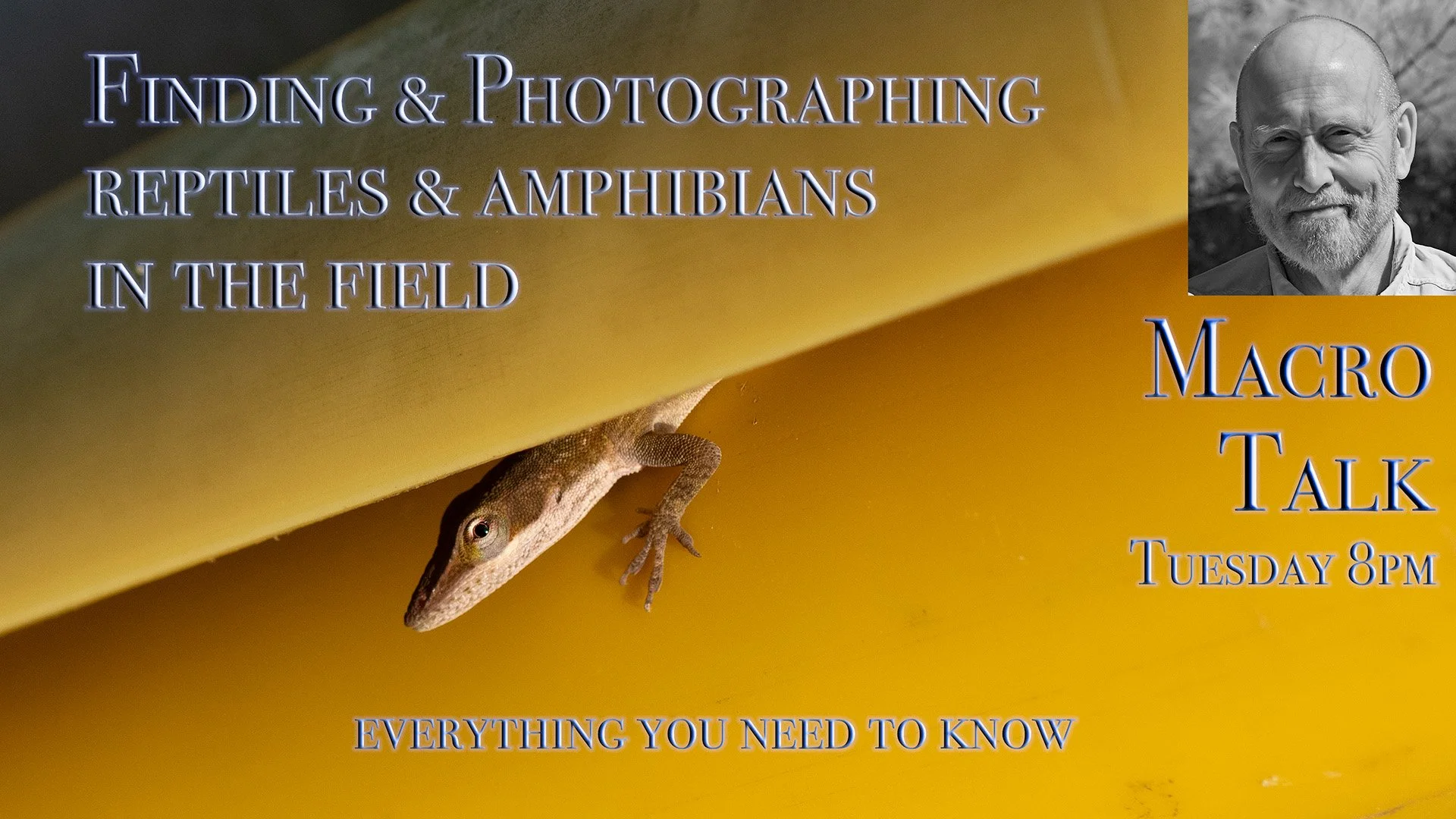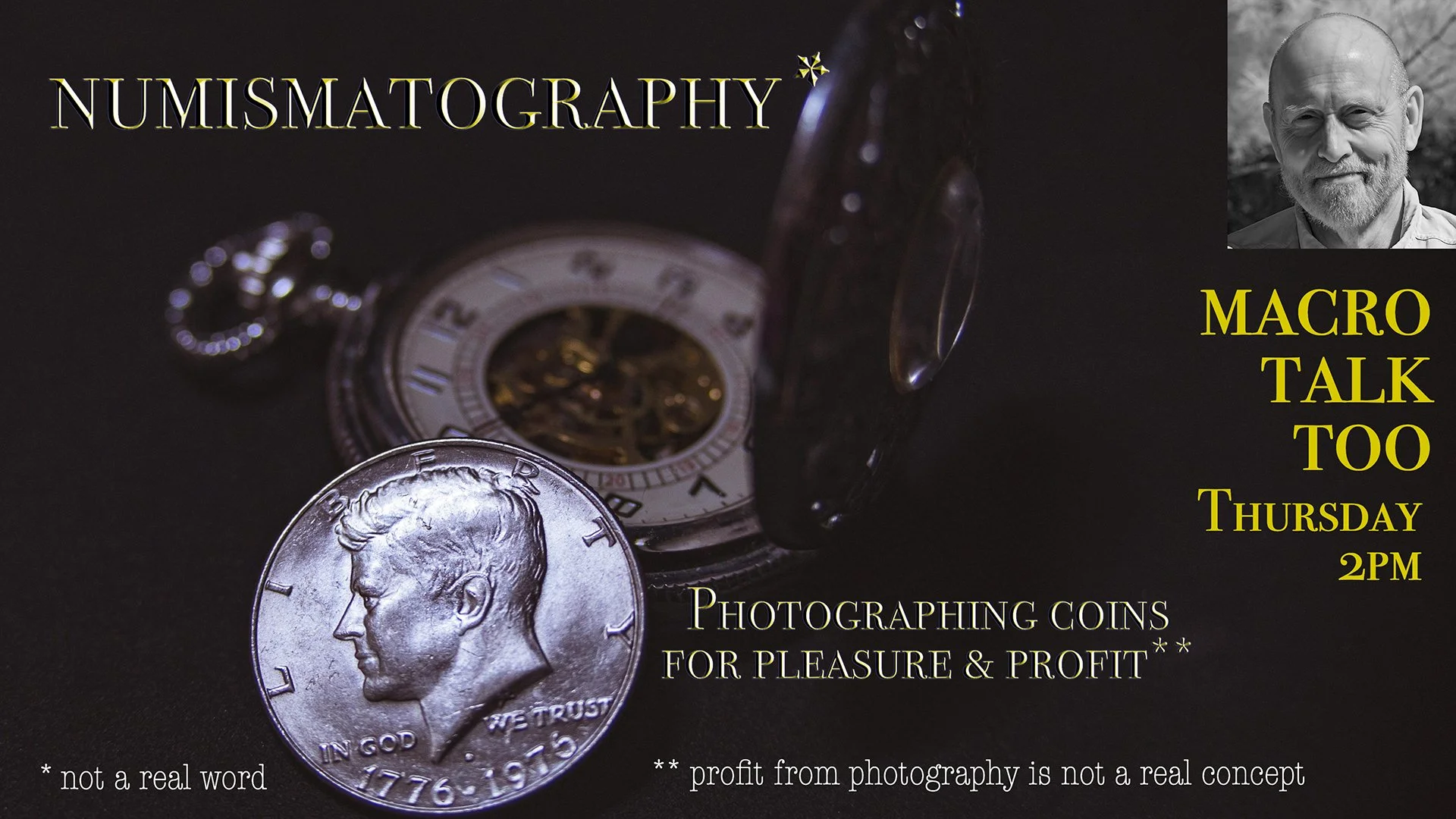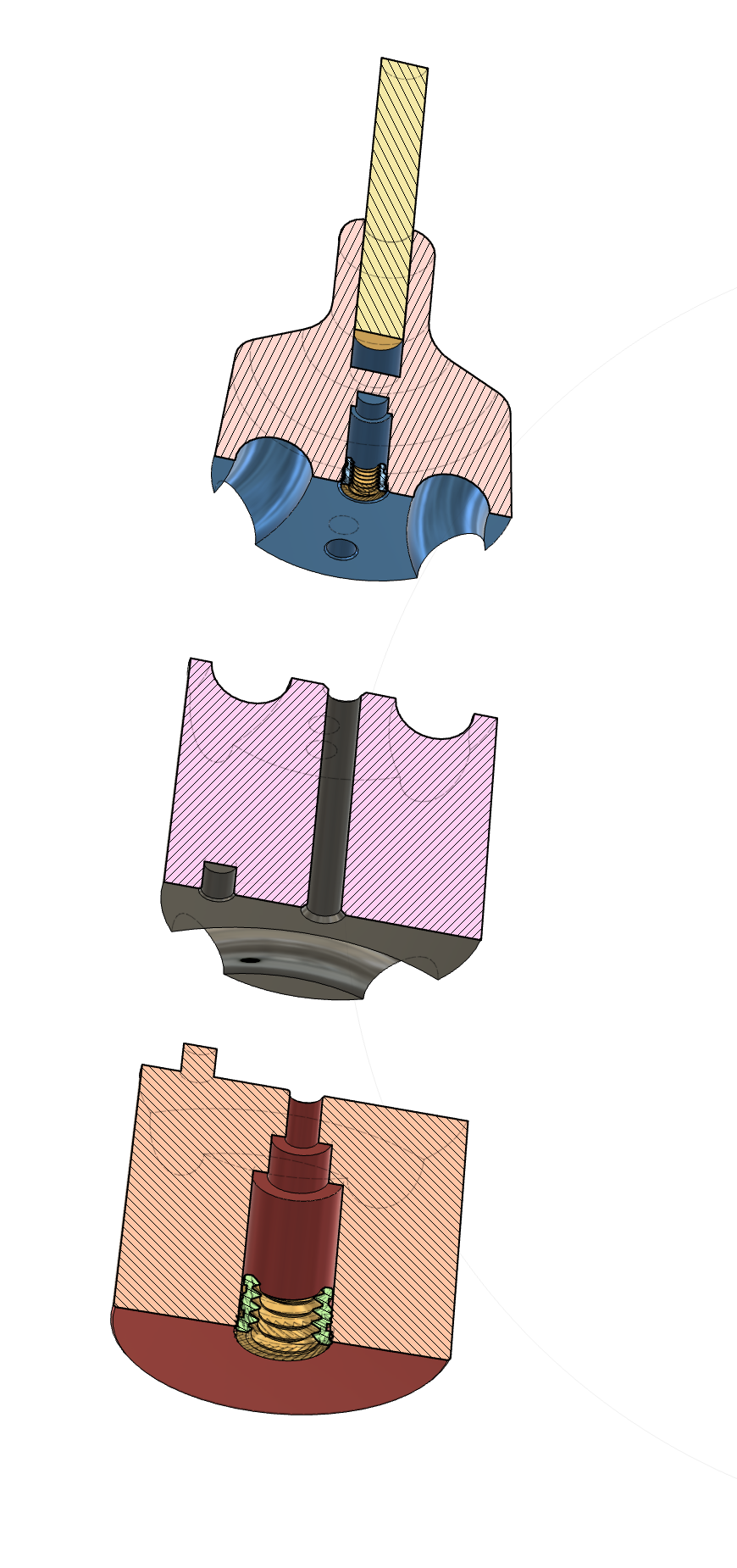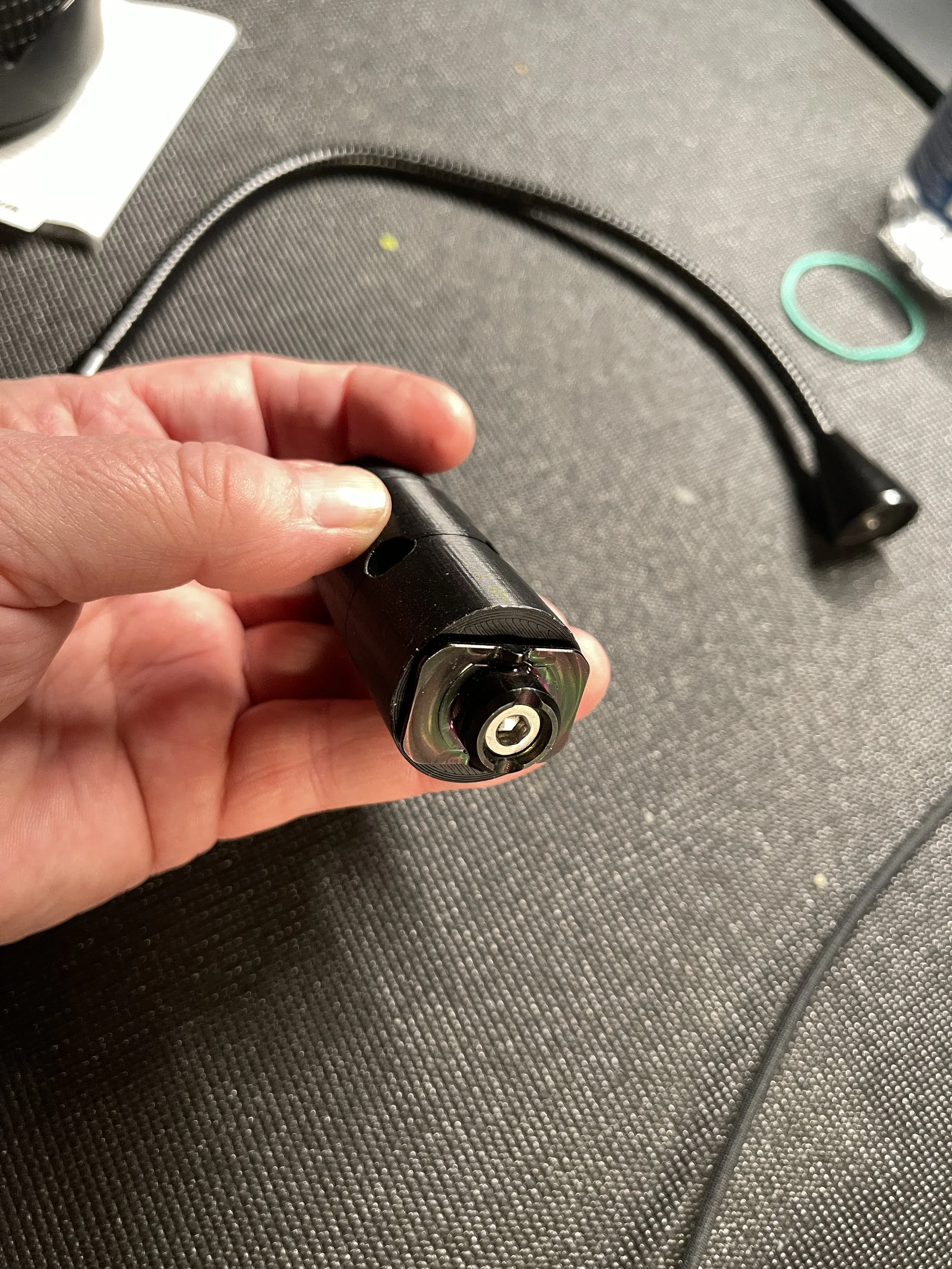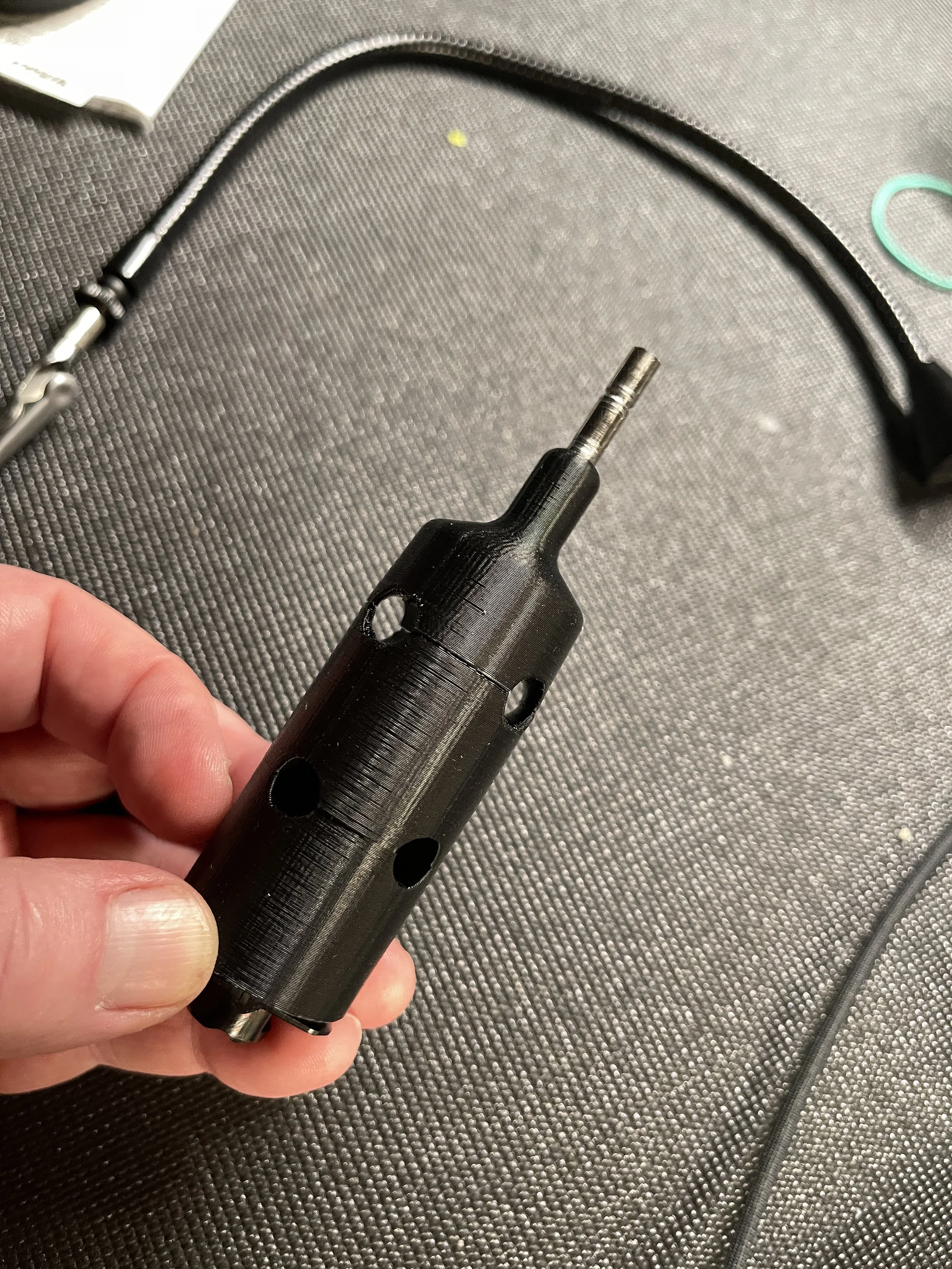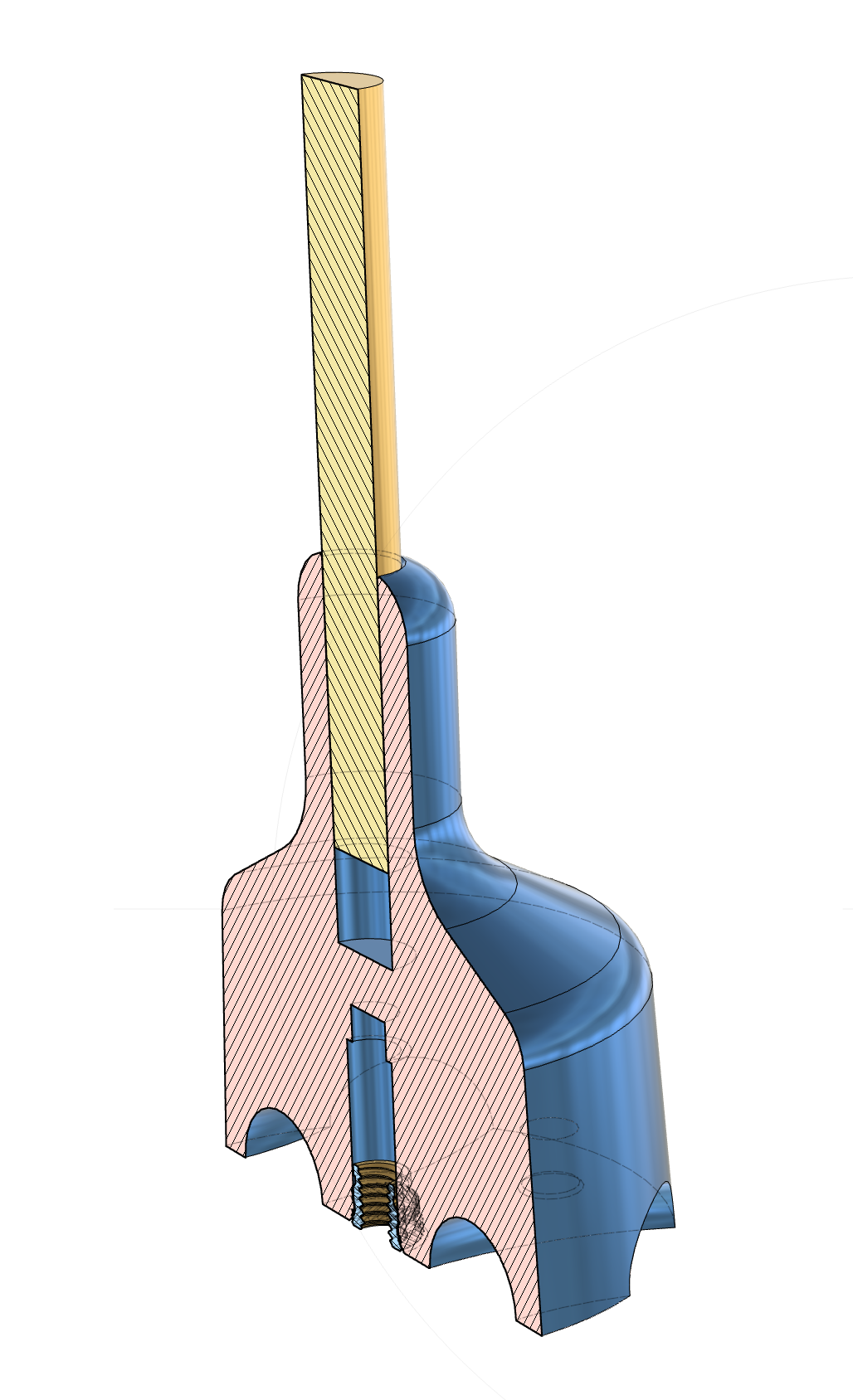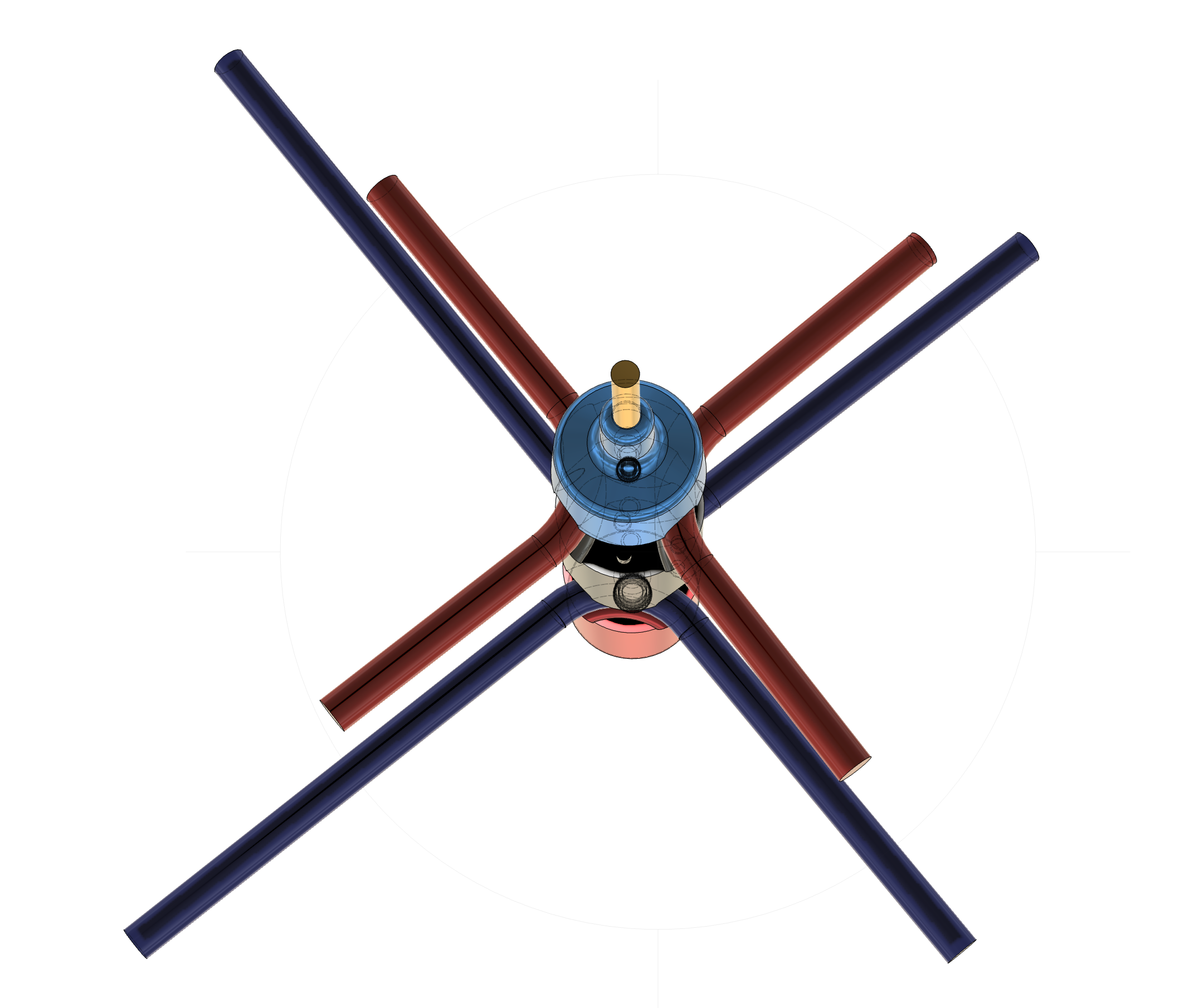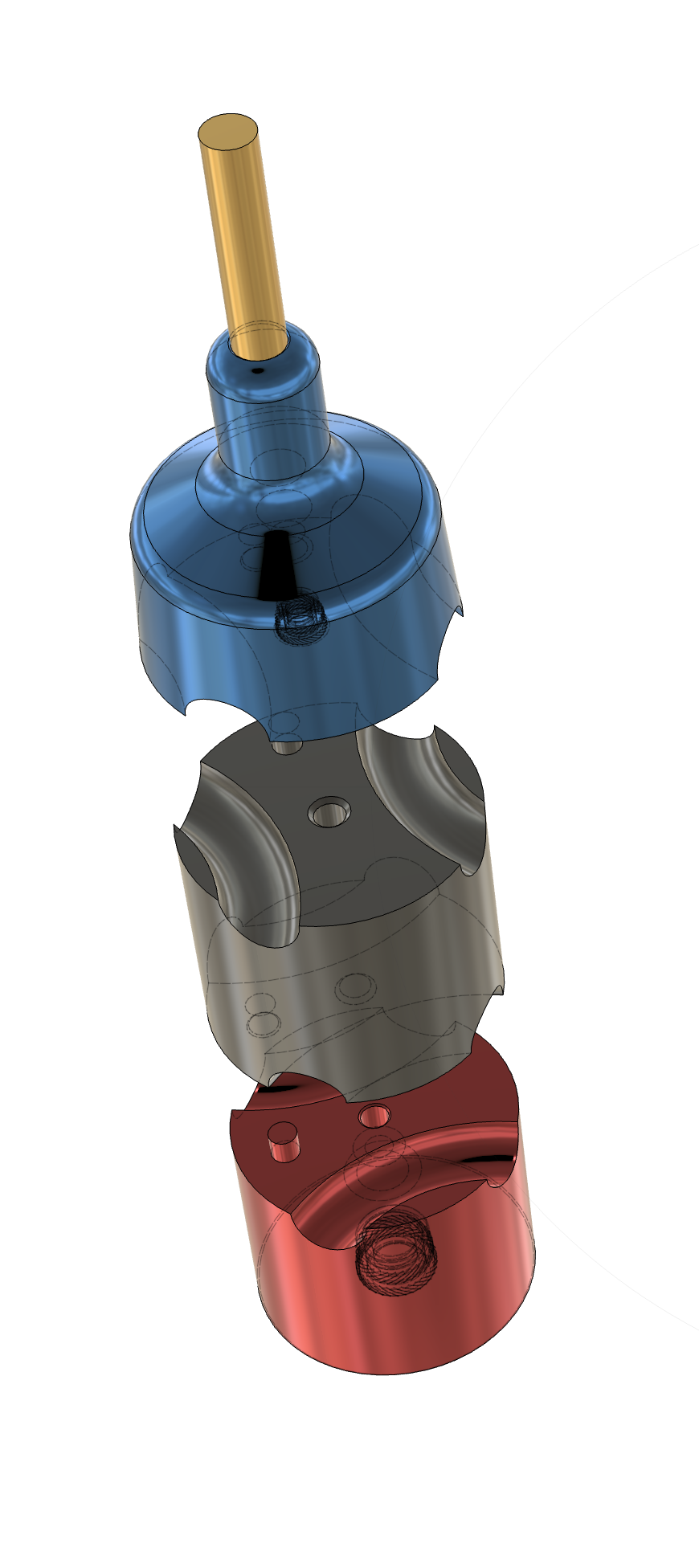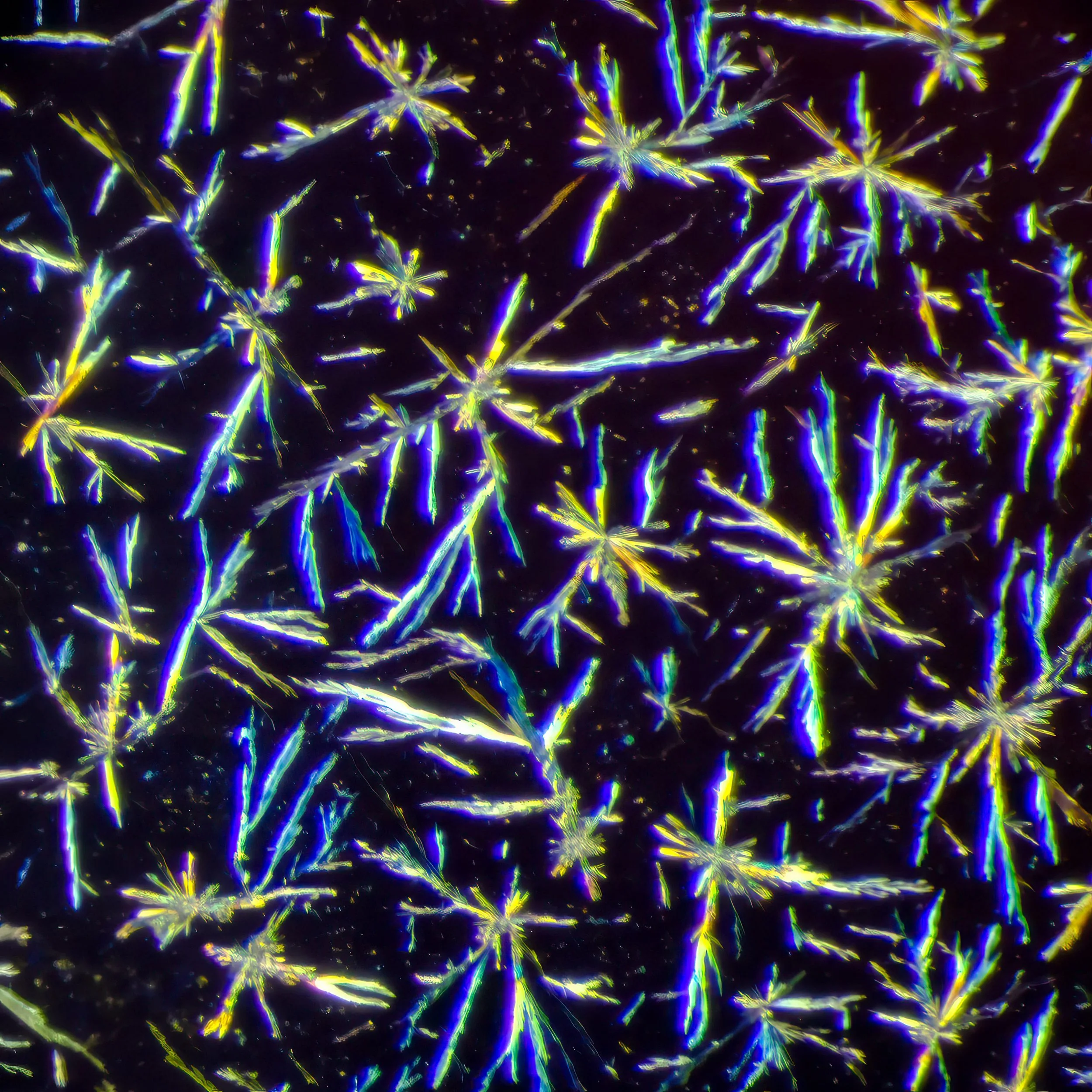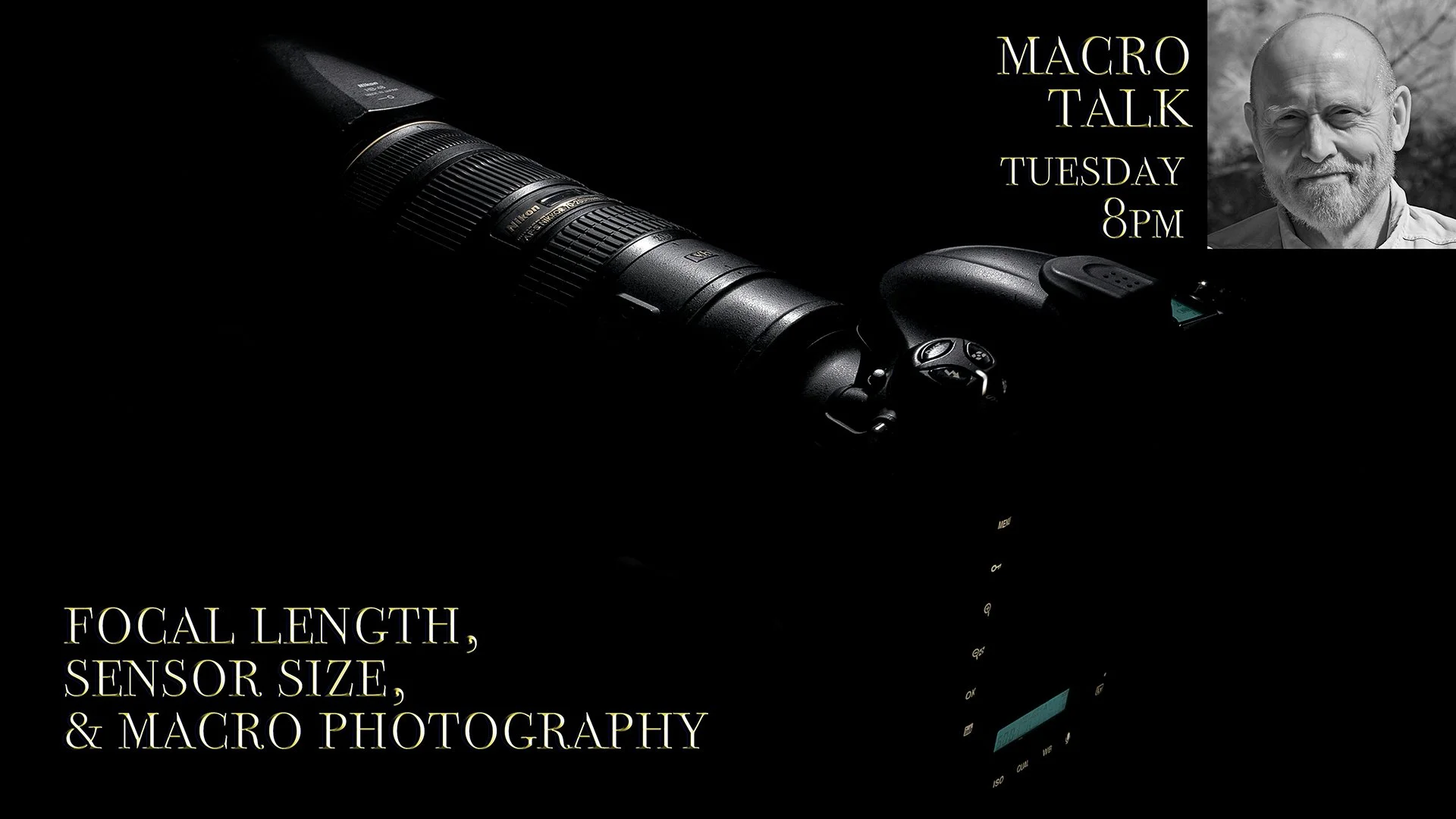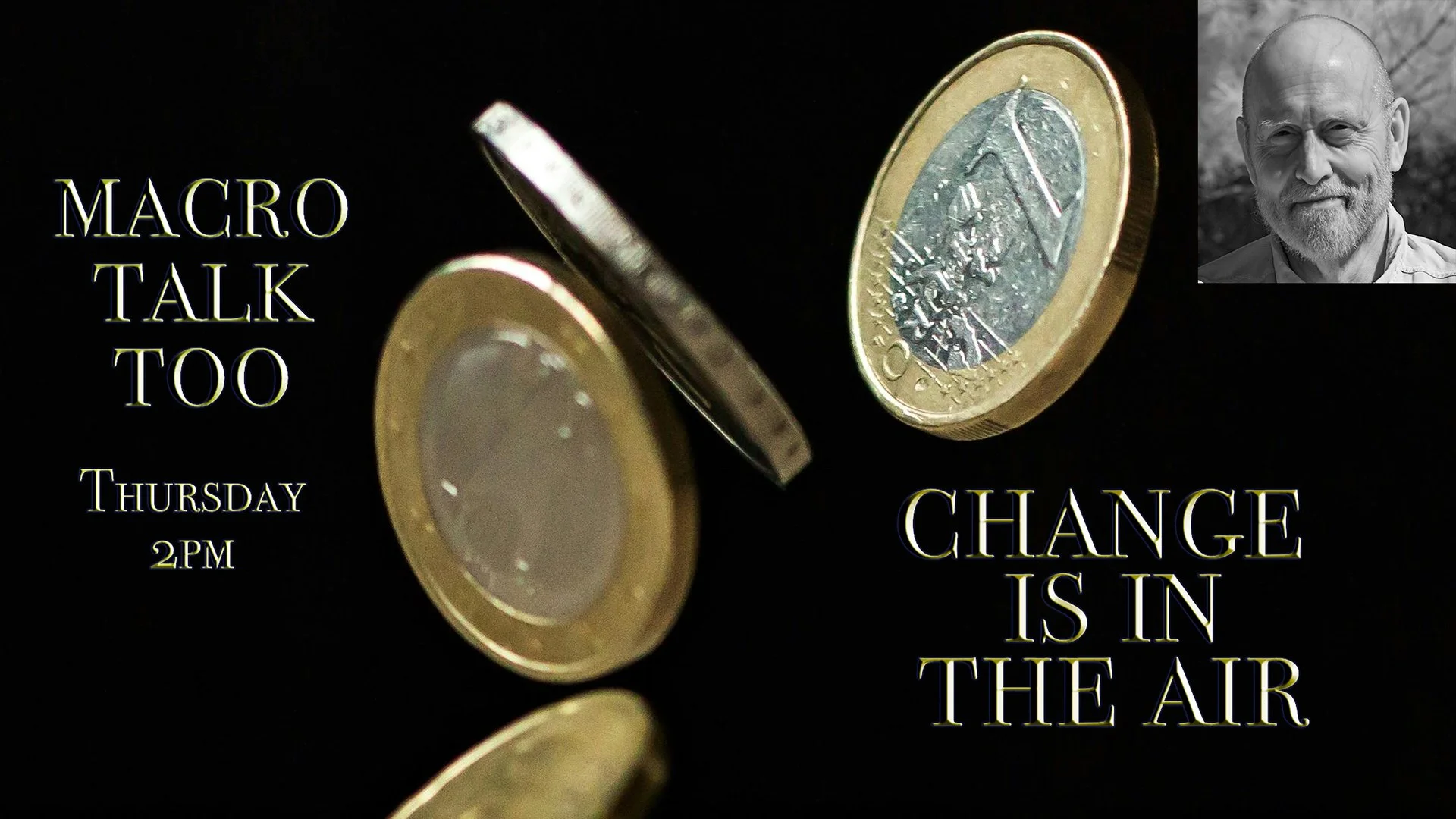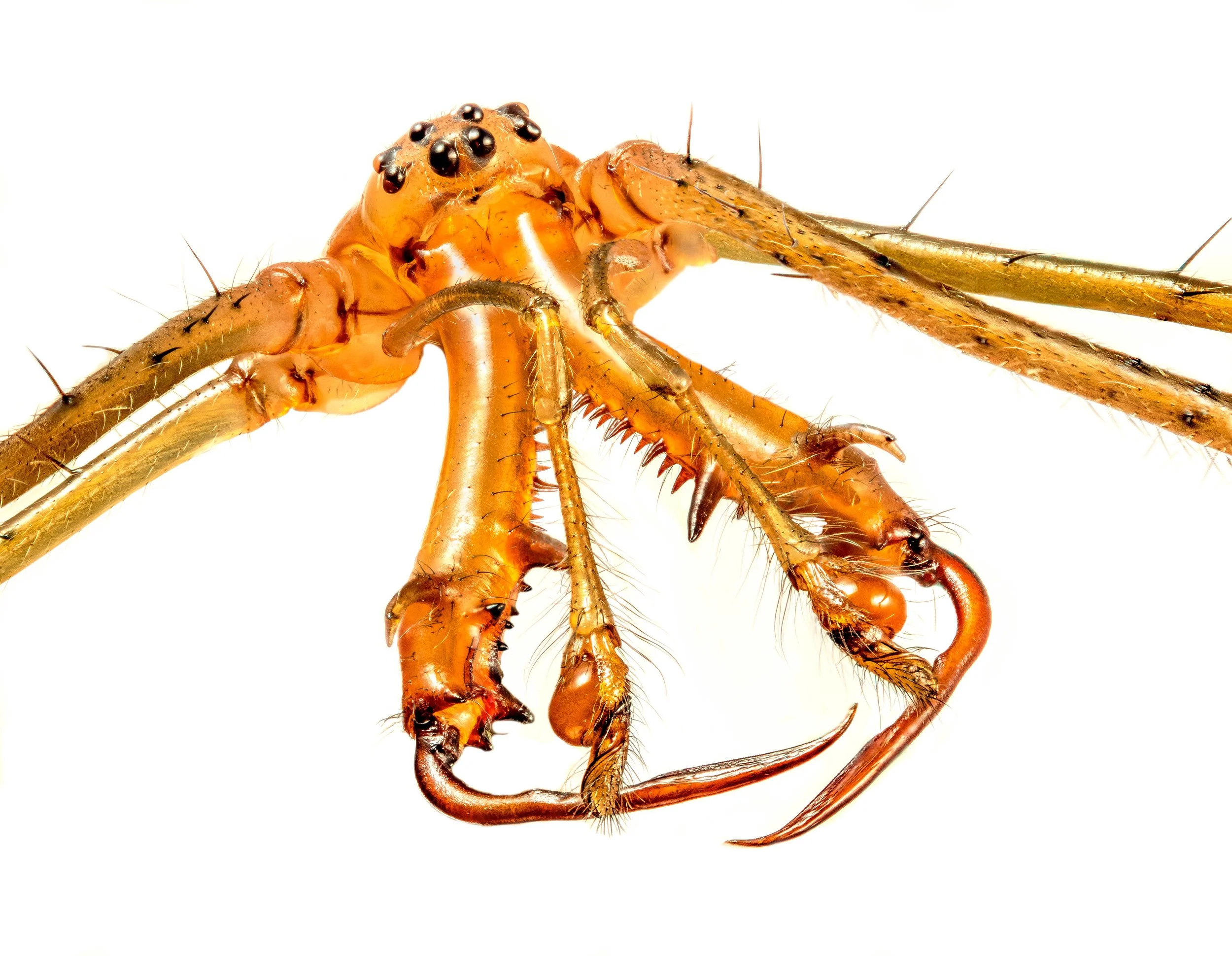Thanksgiving - already?
/Greetings all! Can you believe that it is Thanksgiving already - I certainly can’t. It seems like it has only a few weeks since I couldn’t leave the house without thermal underwear. I hear that this coming winter is going to be even more fun than the last one - wonderful. Anyway, I have been invited to a Thanksgiving feast on Thursday and, just to keep everyone off balance, I said I would be delighted to go. It was a few days later that I discovered that said feast gets underway at 2PM. You might recognize that as the same time my Macro Talk Too livestream kicks off every Thursday.
I did not feel good about this wrinkle because, in the past, there has always been a surprisingly good turnout at my Thursday livestream at Thanksgiving, just like the program I do at Christmas also sees quite a few visitors. Not everyone has family with whom to argue politics over a Thanksgiving dinner, so keeping the door open for those who would appreciate the company seems like the least I could do. What I have decided to do this year is hold a Thanksgiving get-together for anyone who cares to attend. This won’t be a livestream, but a private Zoom meeting, open to anyone who wants to come, with no particular topic for discussion, and no agenda. It will be just what it sounds like - an hour when we can chat about whatever you like.
The gathering starts at noon (Central Time) and will go until at least 1pm (longer if that is what you want). You can bring questions, comments, complaints, pictures, or anything else that occurs to you. Everyone is invited, it is completely free, and I feel confident we will have a nice time together. Please try to drop by, if you can! Here is the invitation…
Allan Walls is inviting you to a scheduled Zoom meeting.
Topic: Allan Walls’ Thanksgiving Zoom Gathering
Time: Nov 27, 2025 12:00 PM Central Time (US and Canada)
Join Zoom Meeting
https://us02web.zoom.us/j/6916802815?pwd=TS9tZi9ZL1NXeVUvOUF4eTg5YjdlZz09&omn=89151199981
Meeting ID: 691 680 2815
Passcode: 678122
Join instructions
https://us02web.zoom.us/meetings/89151199981/invitations?signature=FOU5tc4_pKS8lDkpAa0qbZ-BVsuVeSSLnzoI24RIHow
***
But I am getting a little ahead of myself! We can’t do Thursday until we first do Tuesday! Macro Talk is at 8pm on Tuesday evening and this should be a fun one. I will be answering a question that was put to me about a week ago. The question, paraphrased, was this … “Can an agent AI be used as a tool to enrich the macro photography learning experience?”. What a great question! The answer is a resounding “yes…but...”. I am going to show you exactly how an AI program, like Chat GPT, can be set up to amplify and enrich the learning process while also making it more flexible and convenient. I have a demonstration all lined up which should help you understand what a powerful tool this can be. Like any other technology, it needs to be used correctly and, I would add, carefully. I will show you exactly how you can do this, during the Tuesday stream.
Here is a link to Tuesday’s livestream - https://youtube.com/live/GZUus5Lshyc?feature=share
There will be no Macro Talk Too because of the aforementioned feast I will be attending - sorry for any inconvenience.
The next event on the regular schedule is AfterStack, Episode 36 which starts at 10AM on Saturday and runs until 11:30. We do not have a topic picked out yet, but I will have something before Saturday. As always, your pictures are what makes this show work - so if you have any images that you would like some help working on, don’t hesitate to bring them. This is the best way for us all to learn some stuff when we get together. Here is the AfterStack invitation for Saturday -
Allan Walls is inviting you to a scheduled Zoom meeting.
Topic: Allan Walls’ AfterStack with Bud Perrot - #36
Time: Nov 29, 2025 10:00 AM Central Time (US and Canada)
Join Zoom Meeting
https://us02web.zoom.us/j/6916802815?pwd=TS9tZi9ZL1NXeVUvOUF4eTg5YjdlZz09&omn=82850436241
Meeting ID: 691 680 2815
Passcode: 678122
Join instructions
https://us02web.zoom.us/meetings/82850436241/invitations?signature=xEqDzznSrf3noz04Qh4iLH8HYZ9qifOixzh0hZpDIkg
***
Don’t forget that the day after AfterStack is the last day of November and your absolute deadline for your One Leaf November competition entry. Stewart Wood will be my guest judge for that competition.
December’s competition is a WILD CARD showdown and everyone, former winners included, are welcome to submit two entries. You may submit entries anytime after midnight Sunday, until midnight on New Years Eve - but don’t put it off!
***
That is all I have for you today, but if I don’t see you before, have a happy Thanksgiving!
